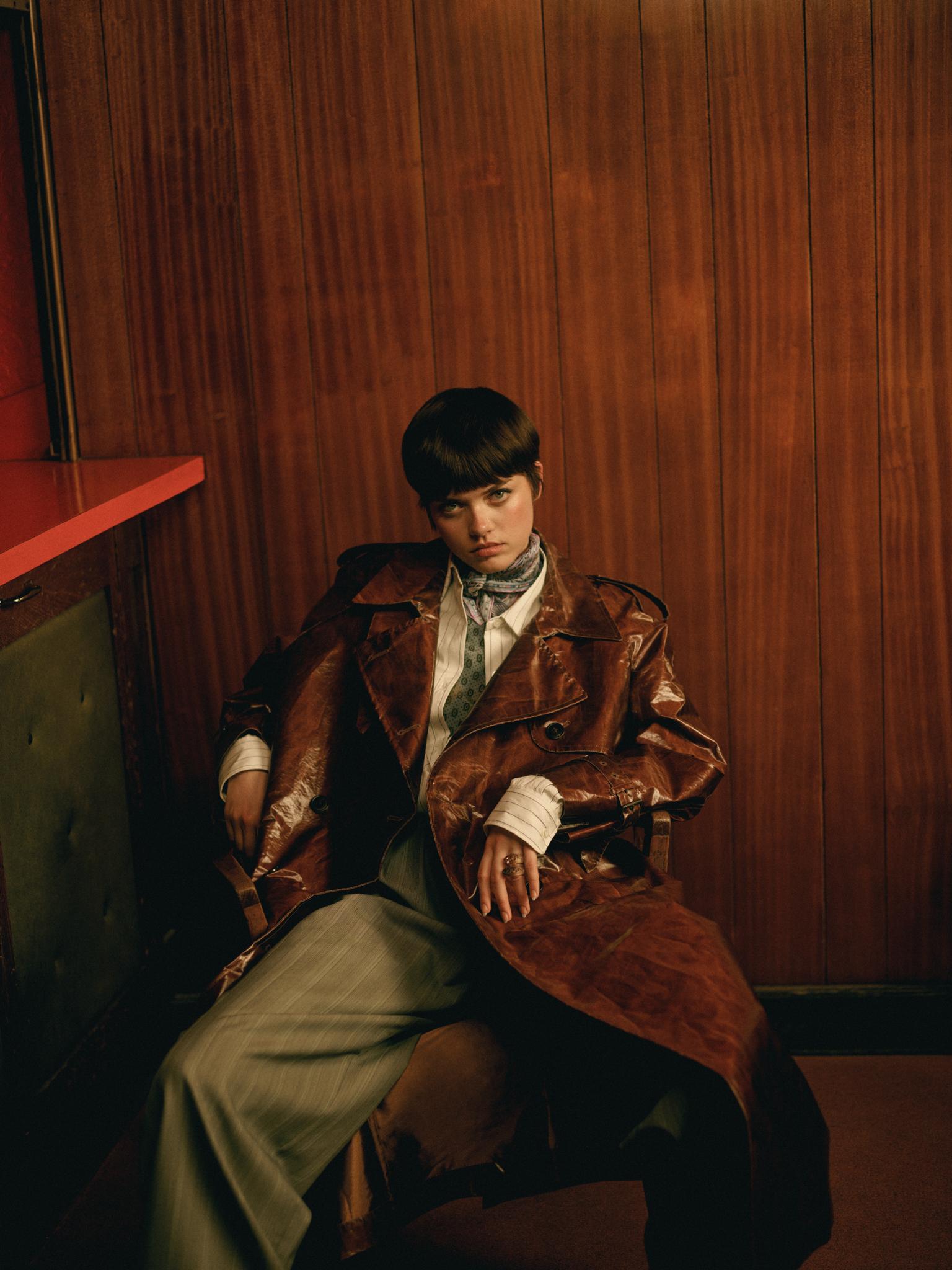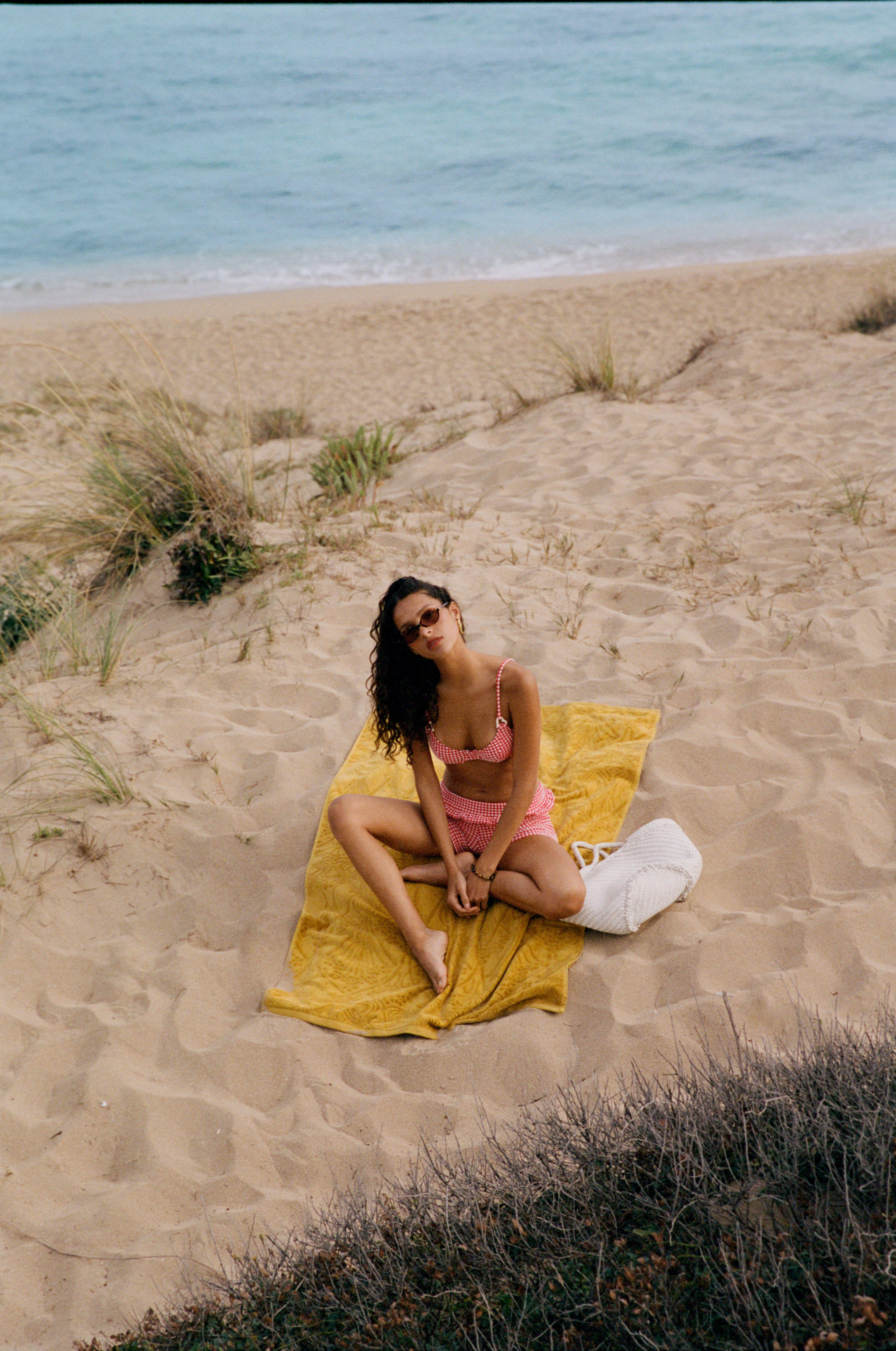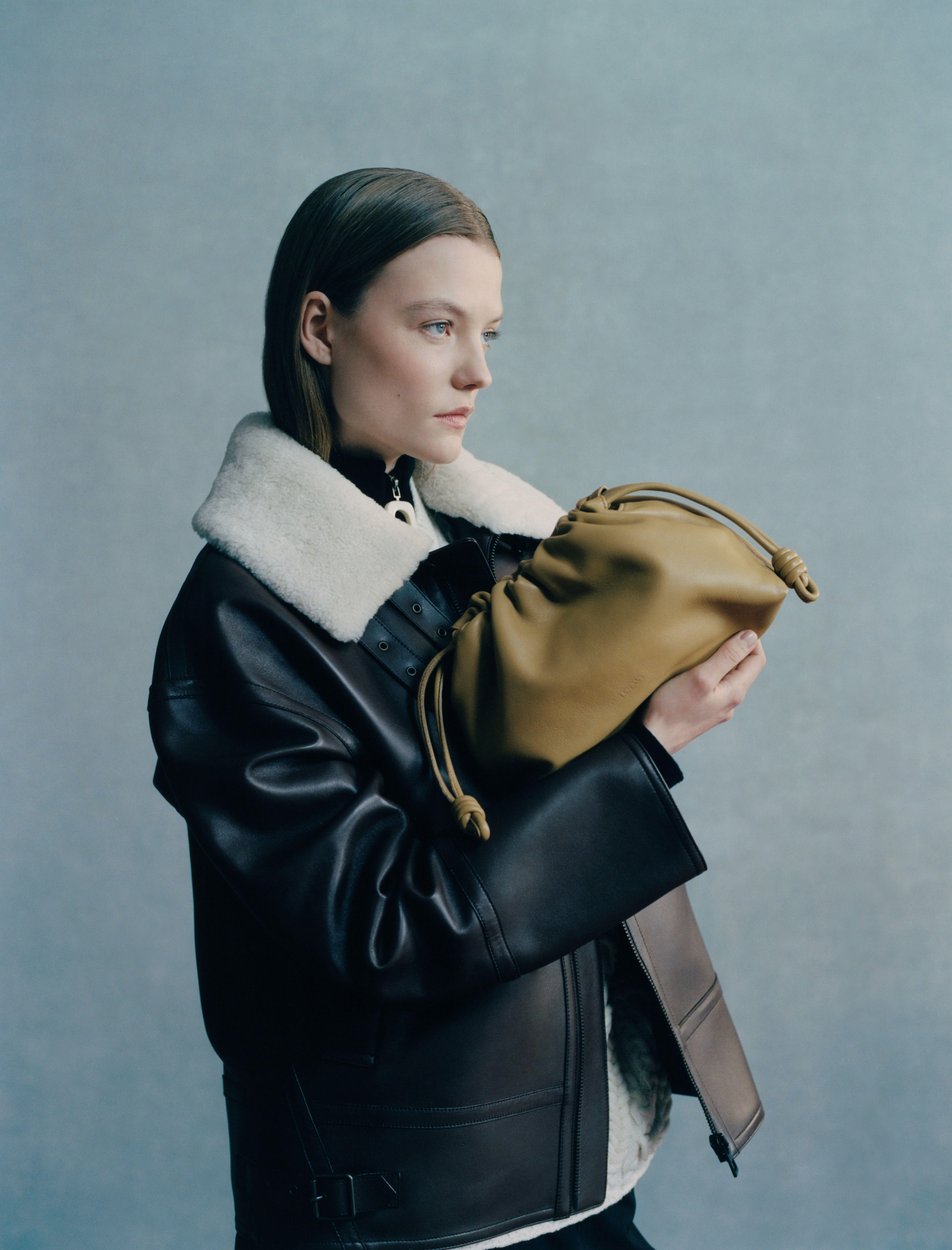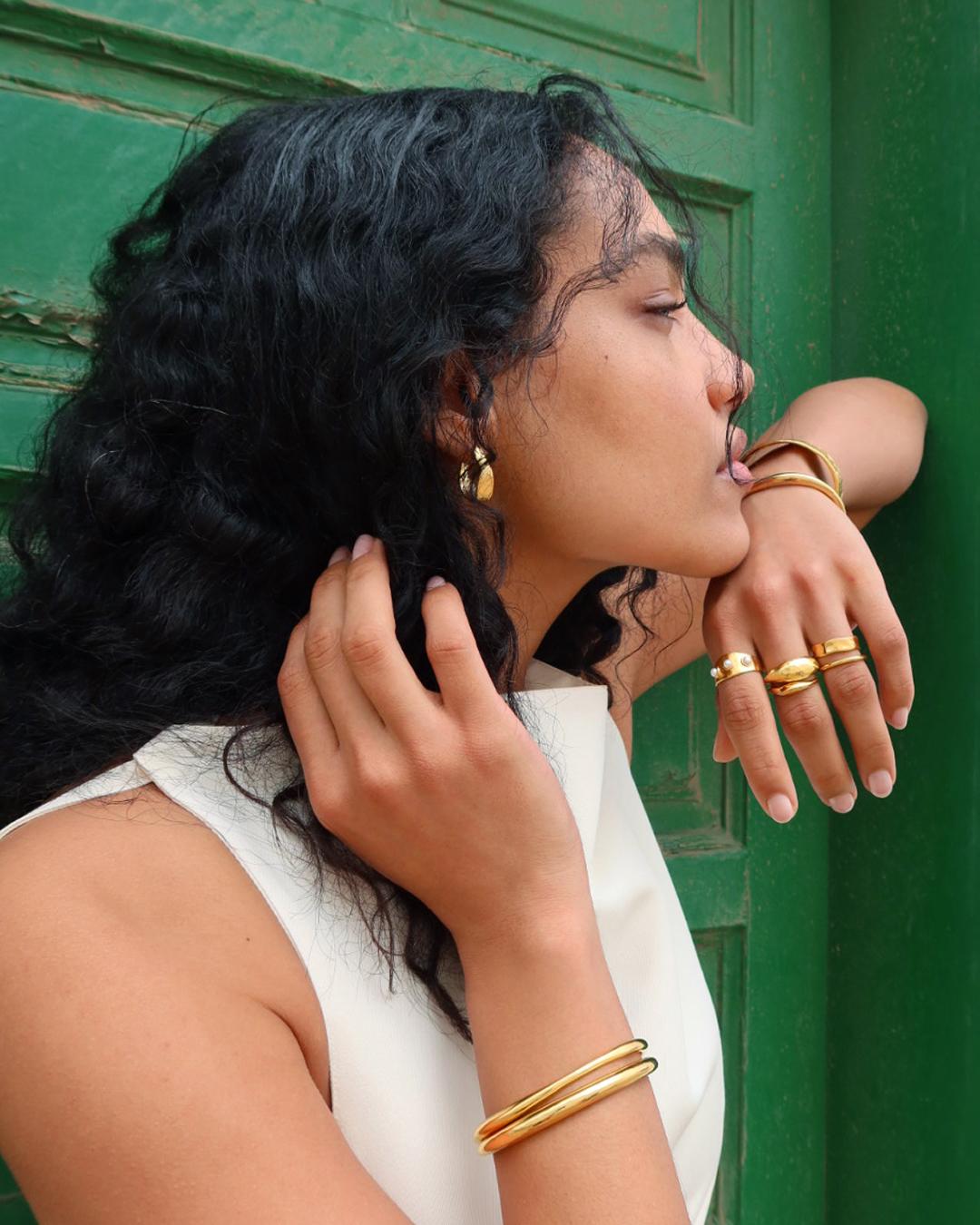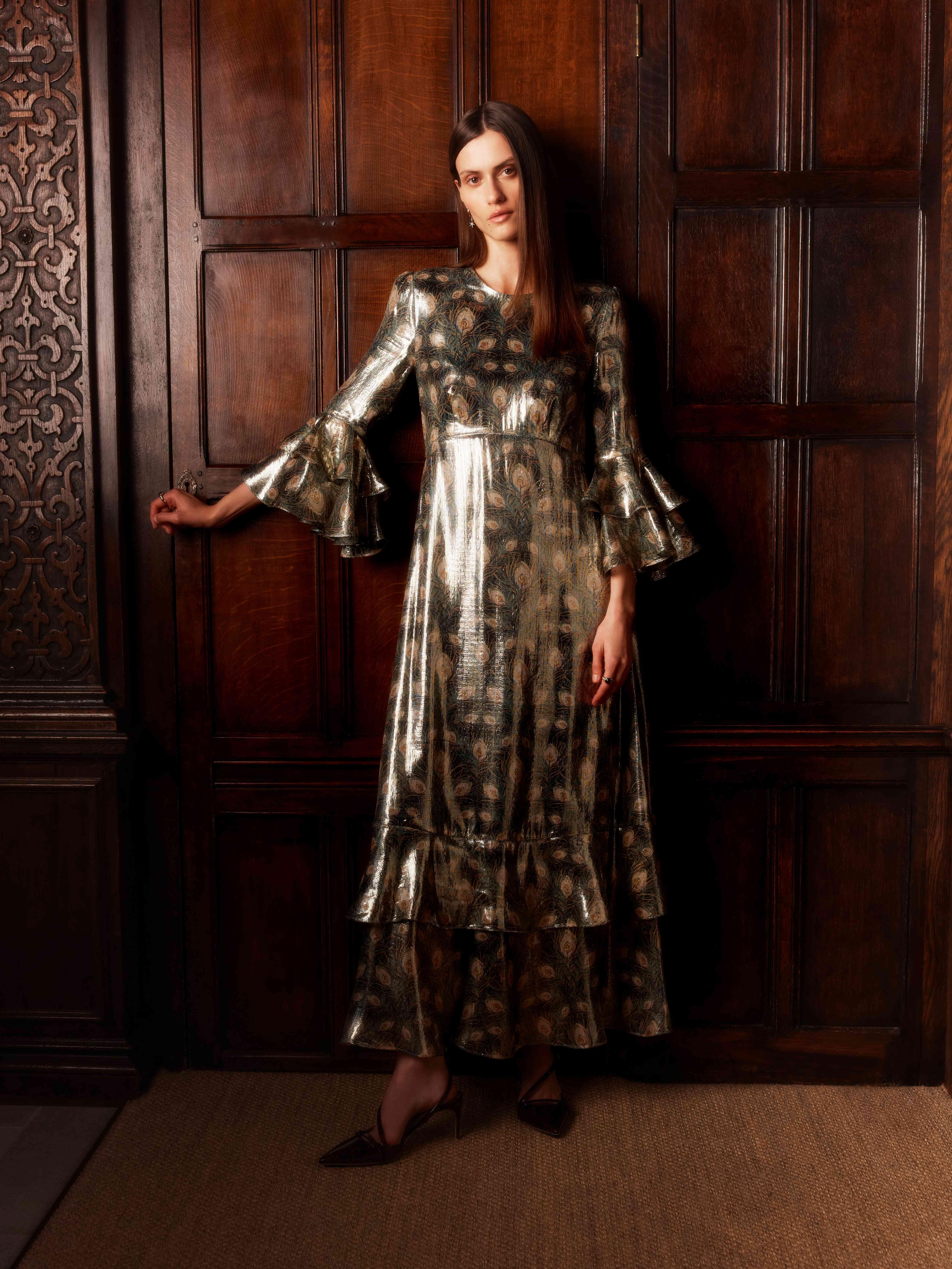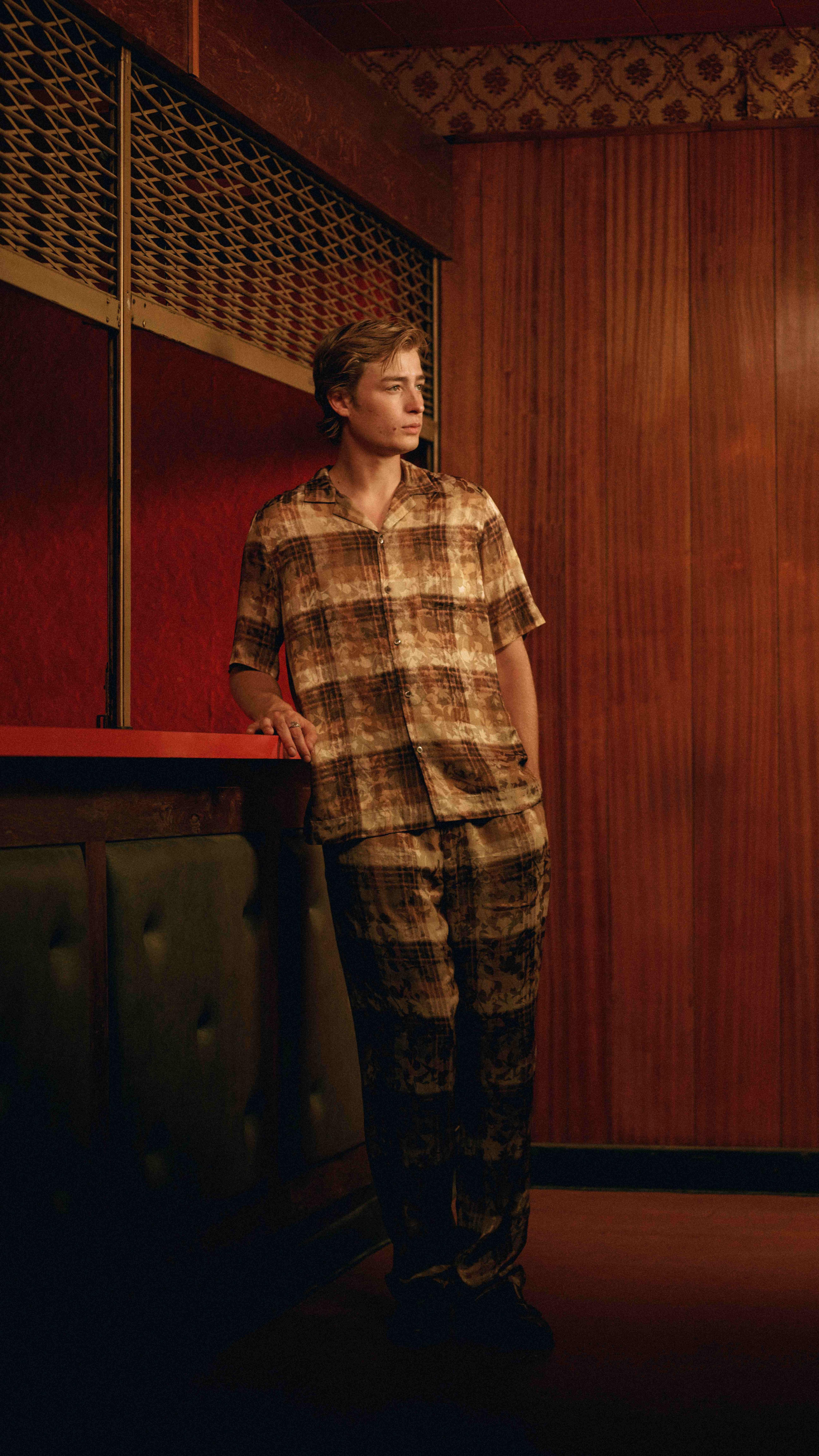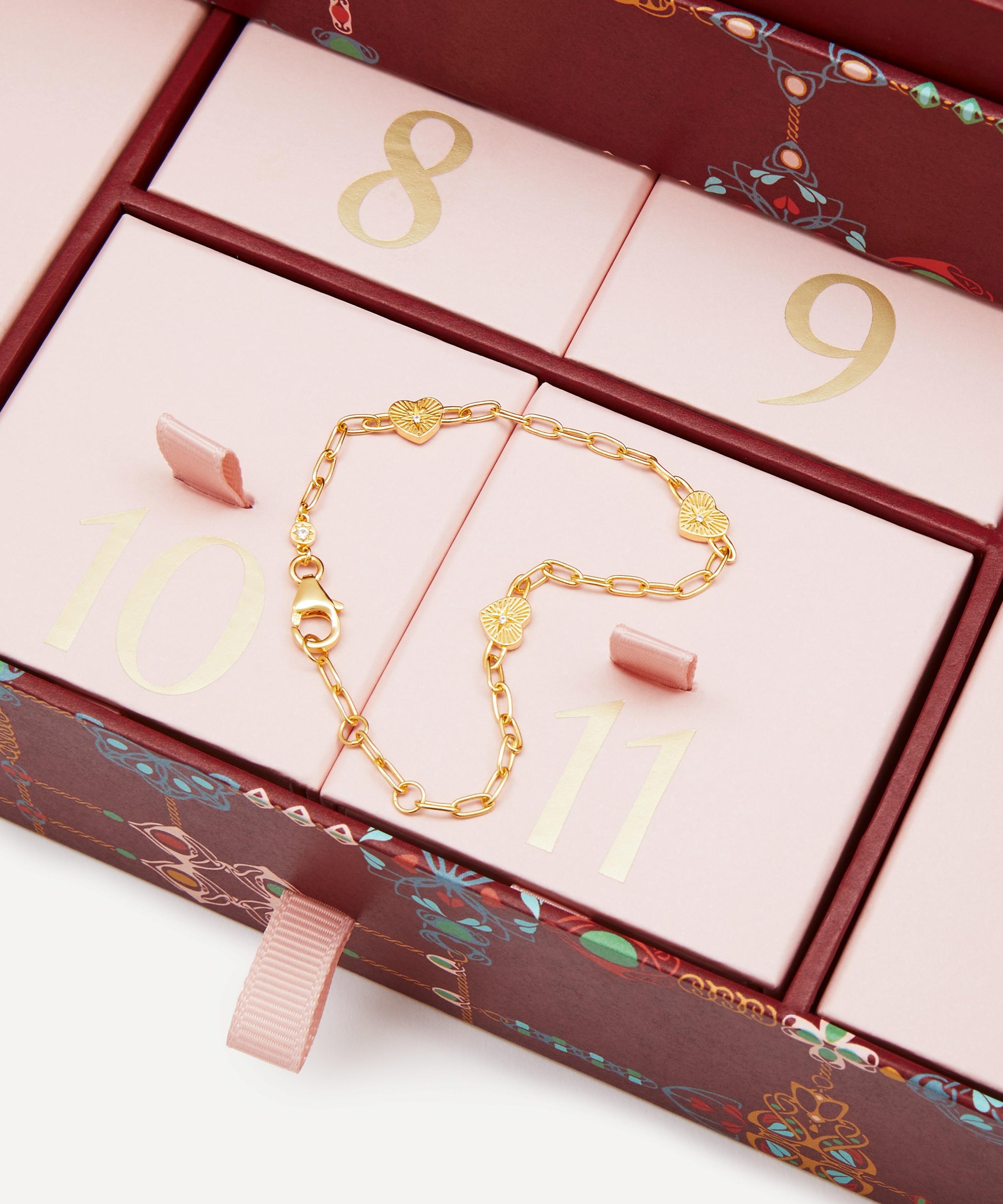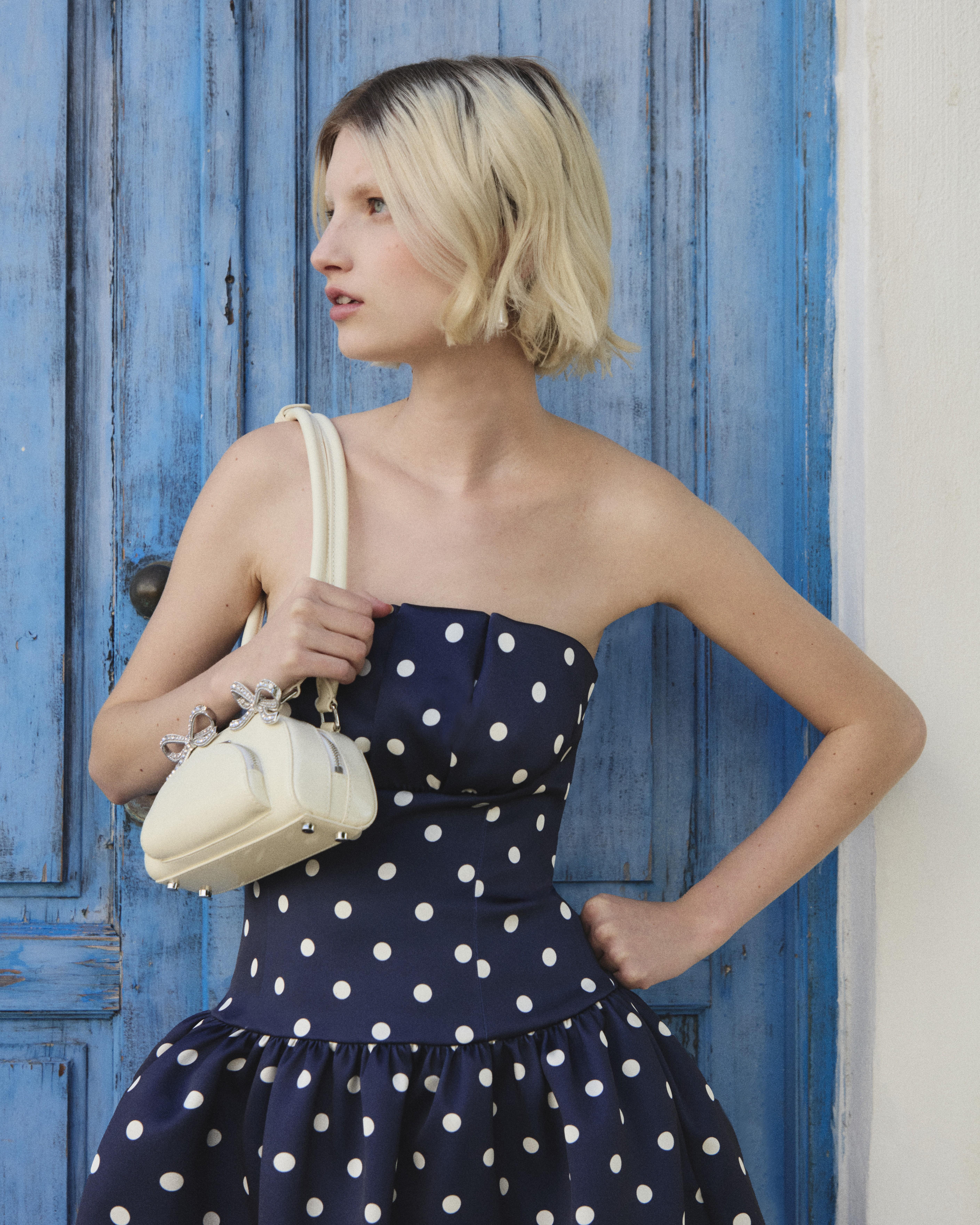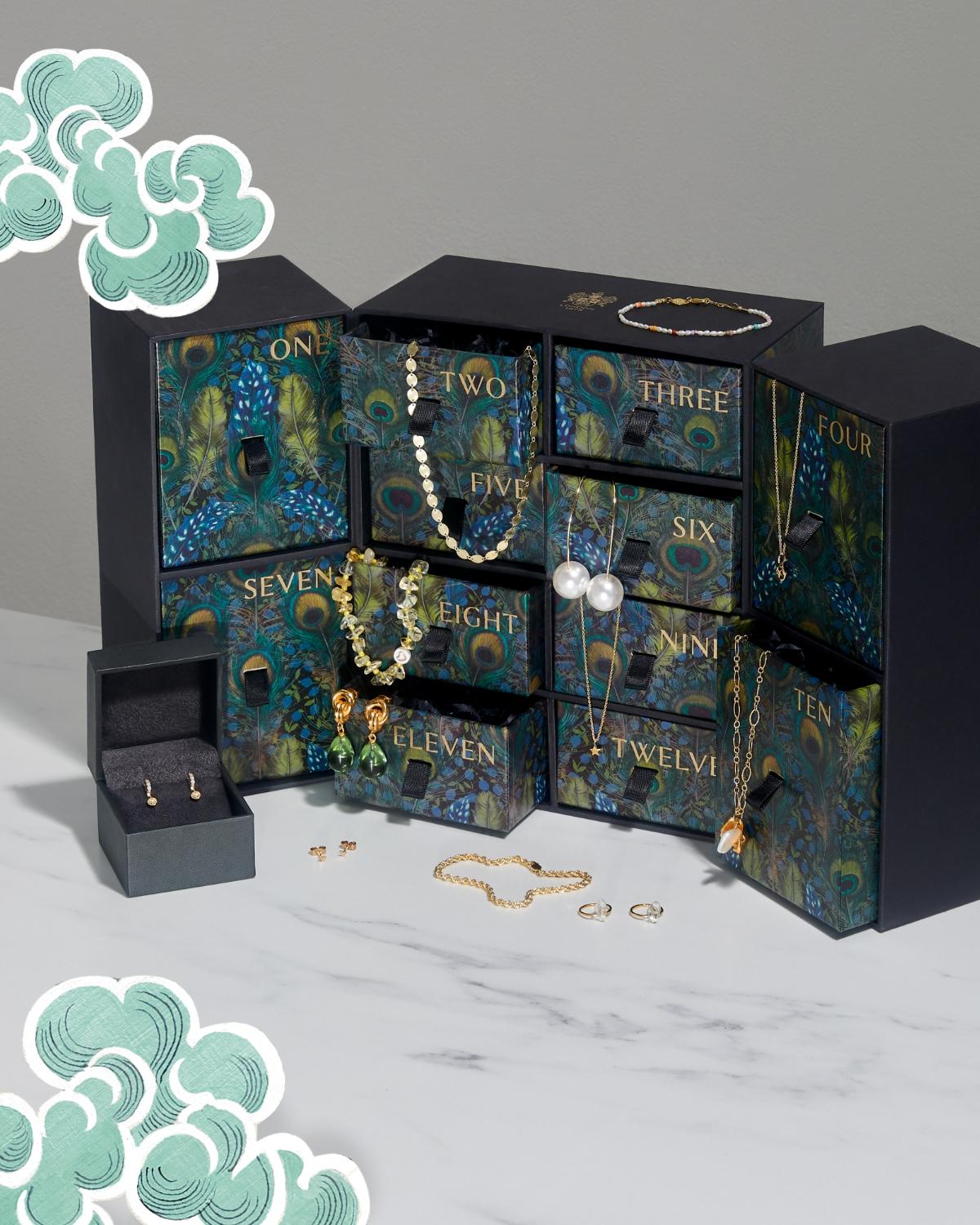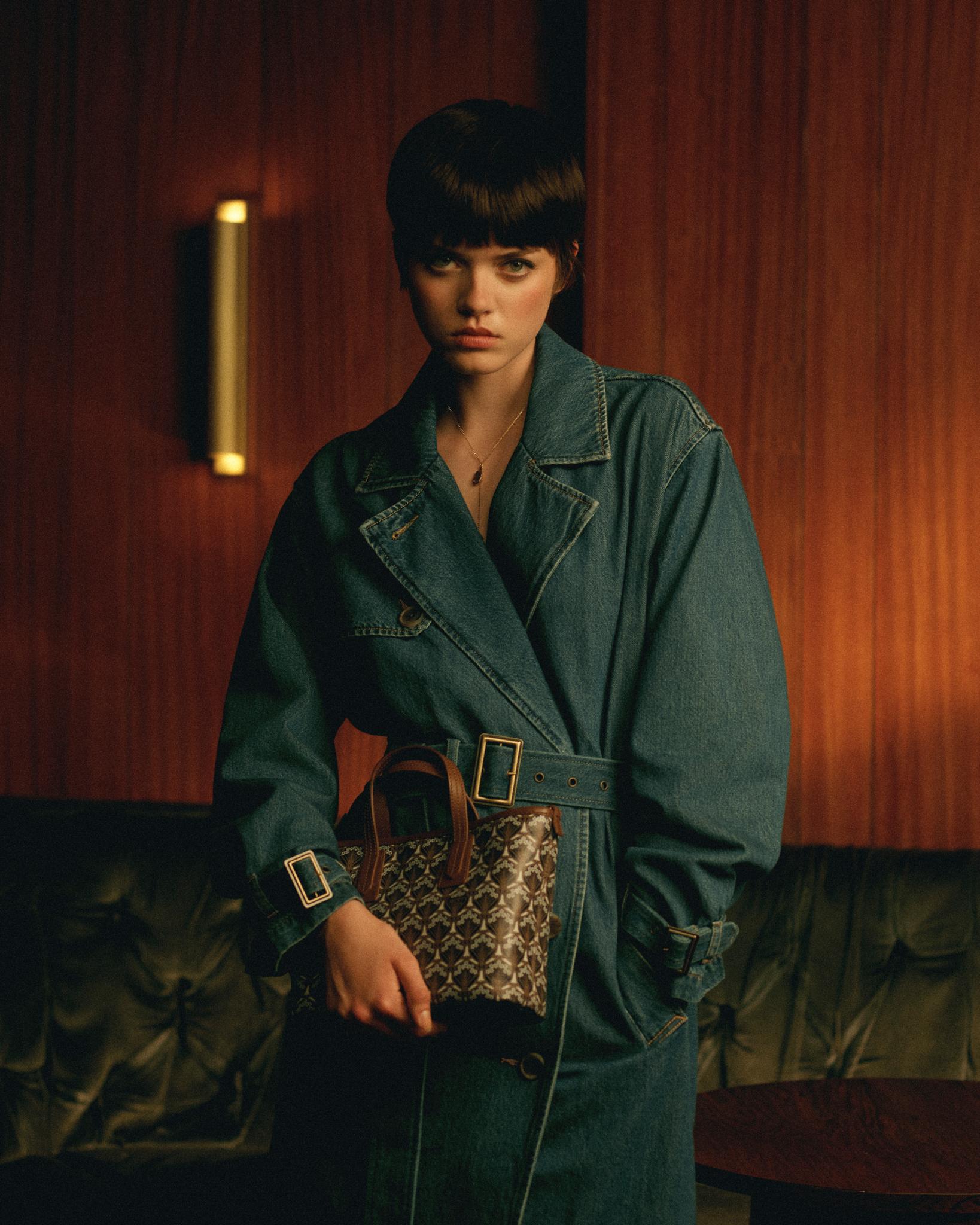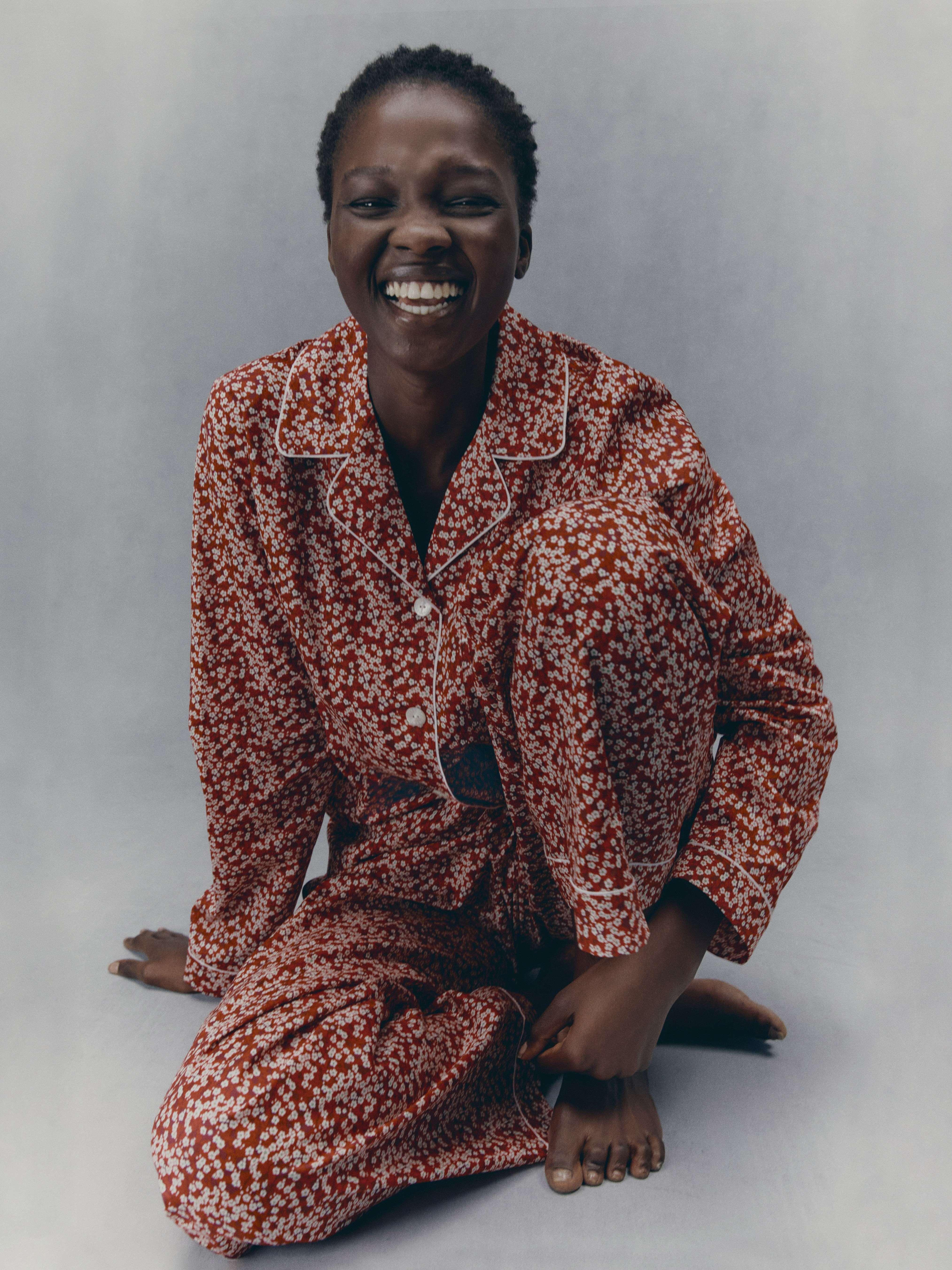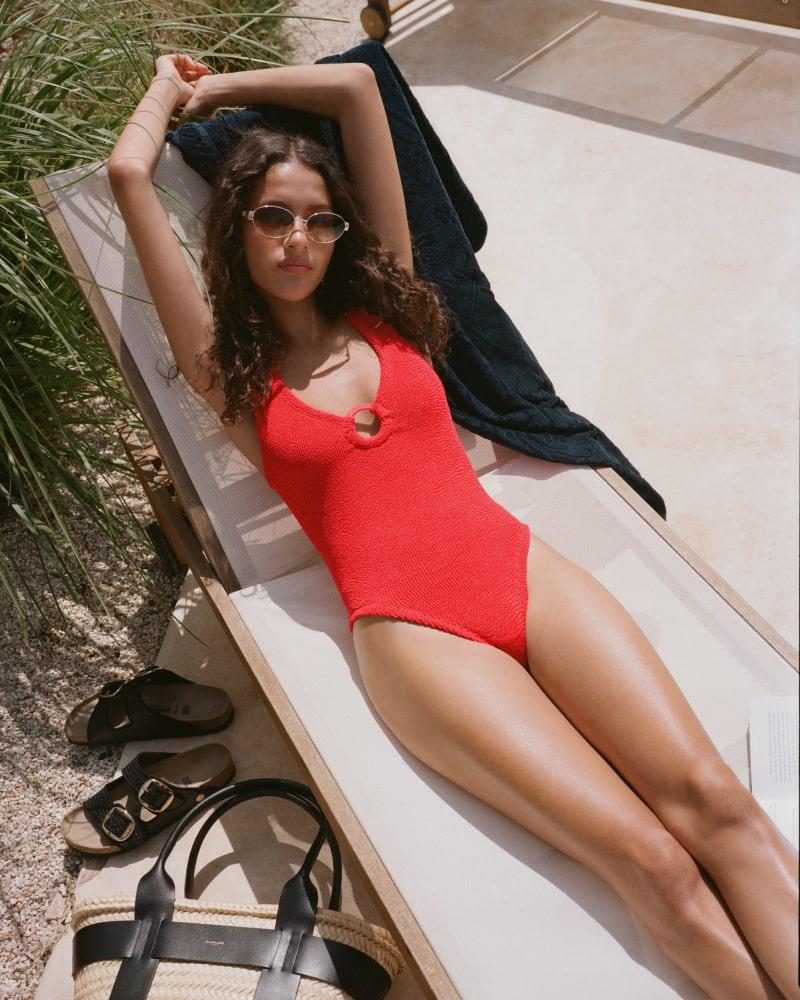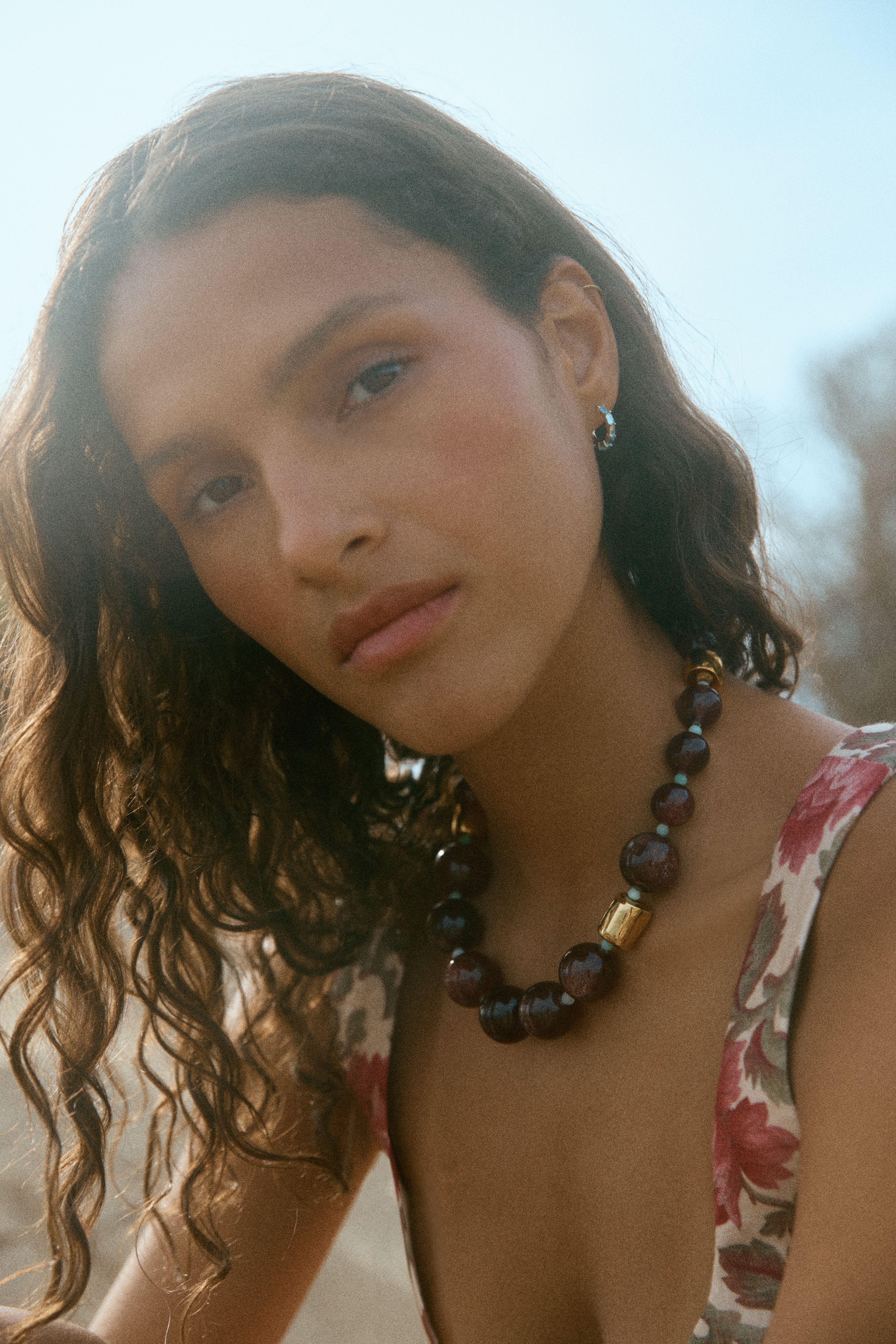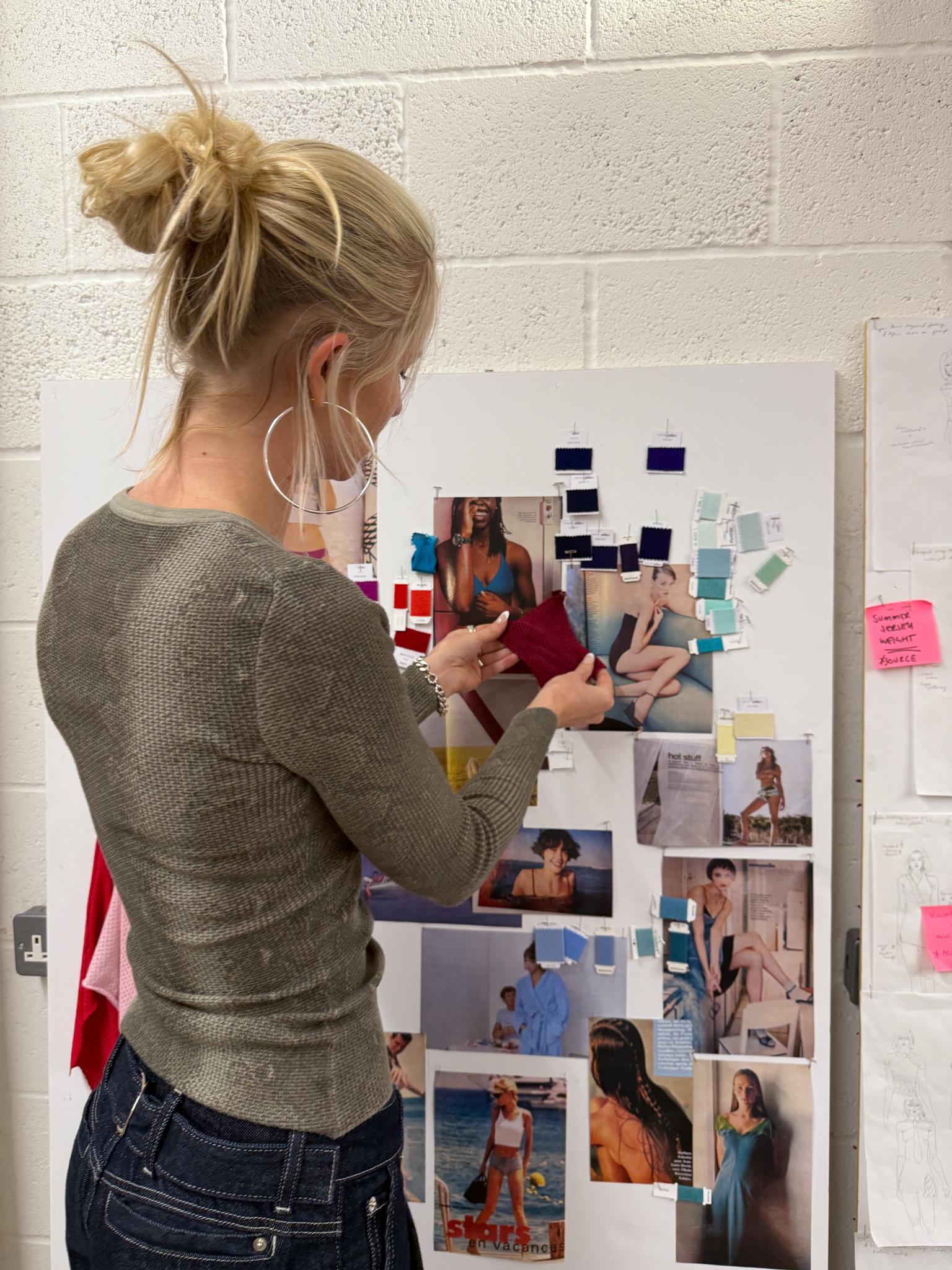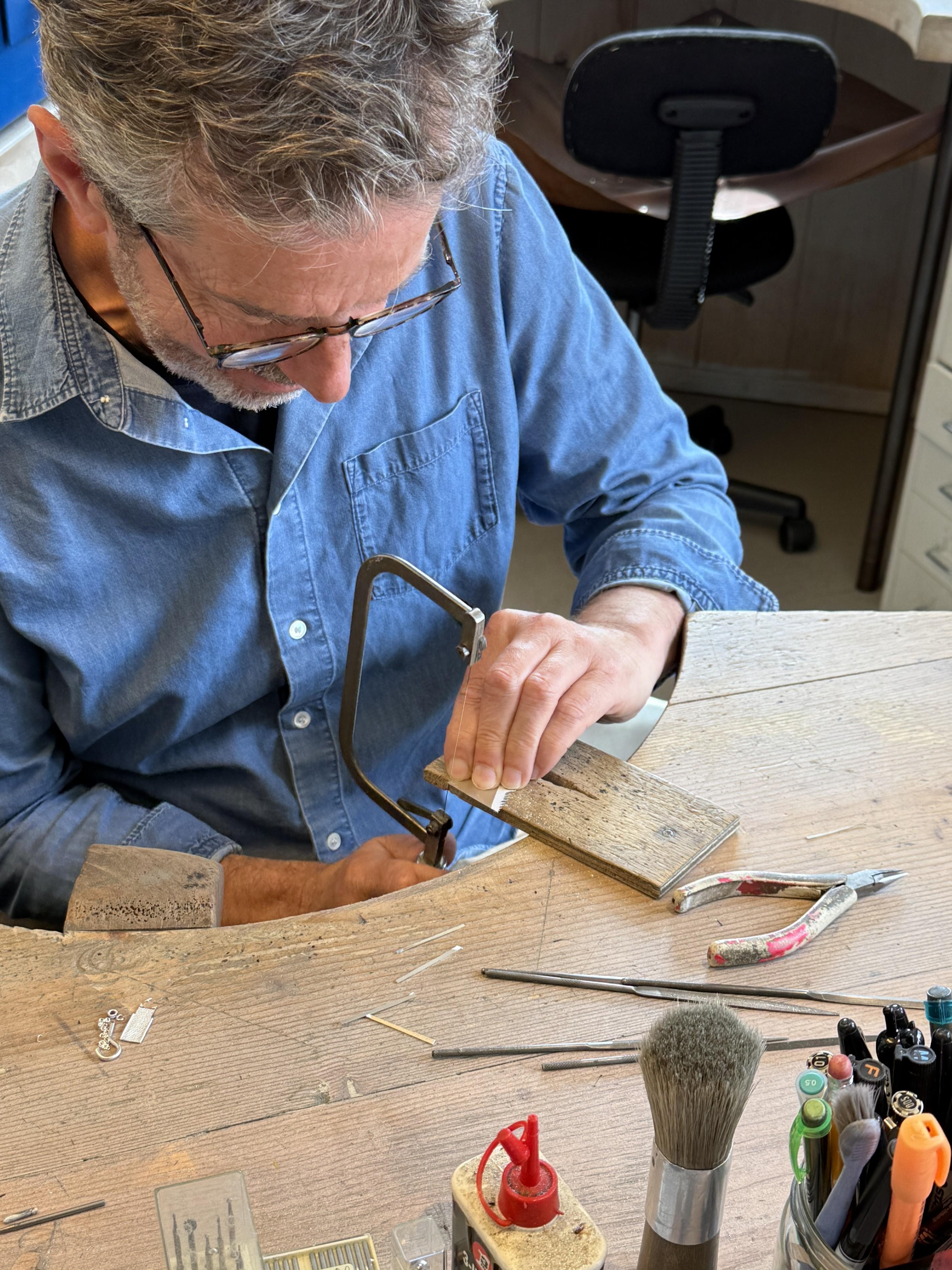
In the Studio with Alex Monroe
Tucked in a south London studio, the jewellery maker’s delicate, botanical creations unfurl.
Read more

In the Studio with Alex Monroe
Tucked in a south London studio, the jewellery maker’s delicate, botanical creations unfurl.
For all its filigree detailing, elegant organic forms and intricately crafted creations: the man behind : London-based jewellery brand Alex Monroe is delightfully unexpected. While today, he fills hundreds of sketchbooks with exquisite nature inspired line drawings – what he calls a “visual diary” – his interest in jewellery began with a teenage spell as a 1980s punk.
Some 40 years later, Alex Monroe has cemented his aesthetic signature and has become one of the most recognisable creators in British jewellery design. Delicate, natural and intricate, Monroe’s obsession with detail and enthusiasm for experimentation emerges in each piece the brand creates.
Based in a higgledy-piggledy menagerie of a studio, adorned with an elegant selection of trinkets and foliage, every piece of jewellery is hand crafted in London, something Monroe describes as an act of human-to-human generosity. In the studio space, a small team precisely carves away at all manner of enchanting miniatures, from ferns and florals to elephants and the brand’s signature bees. An entire wall of hammers is positioned by the window, (with Monroe enthusing about the merits of each), and thank you letters from delighted customers are dotted around the walls.
As the brand’s new collection launches into the Jewellery Hall, Liberty visited Alex Monroe in his studio to find out more about his creative process, craft, and how his signature aesthetic emerged.


How would you describe your aesthetic and ethos as a brand?
Our aesthetic is very nature based and quite delicate. It is quite pretty, but that doesn't always necessarily mean feminine. The inspiration from nature came about, I think, because I was born and bred in the countryside.
Back in the 1970s, when I was a teenager, I was a little bit into fashion. I used to wear black eyeliner and perhaps had an off the shoulder pink jumper or something. I don't think the world was ready for that, it's quite difficult as a young man to be a little bit different so as soon as I could, I left the countryside and came to London. But I bought that love of countryside with me.
I have found it to be a good starting point for when I'm thinking about ideas and concepts, if you just go into nature and start drawing, it's a good way to start filtering those thoughts through your head.
How did you then first become interested in jewellery and jewellery making?
I was always making things [when I was a child] because we were in the middle of the countryside and I had a newspaper round but I had no money at all to buy things.
The first thing I made was a was a dog collar out of leather, which had spikes in it, it was kind of a punk rock thing. I wore it a Boomtown Rats concert in Ipswich, where I had jumped over a fence or something to get in for free and the bouncers caught me! They grabbed me by my spiky dog collar which spiked his hand, and all the other punks saw. So that piece of jewellery became my way into being one of the cool gang.
To begin with I wanted to study fashion. I used to make all my own clothes, and I made clothes for friends, but I didn't get into fashion at university. So I thought if I can't do fashion, I'll do jewellery.


Your punk phase feels like such a different aesthetic to what you do now, so what was it that drew you to those elements of punk and how did that transition into the styles that you create now?
It’s interesting you ask that because I really enjoy people that do things that are outlandish or different and very bold and brave. In some ways I've been a little bit disappointed in myself that that what comes out of me is pretty and delicate and small and considered.
But that's who I am and how I think. Punk came along at the right time for me as a teenager. It was anti-establishment, anti-everything and going to art school you wanted to do away with everything - like each generation does. It was a way of trying to break through and find your own personality.
Now, my style and my aesthetic is quite different to that, but it was a gateway through which I could start experimenting and finding my voice and style.
When you're creating a piece today, what's the process that you go through? Where do you start in terms of inspiration and sketches and how does that come to life as a real piece?
I always keep sketchbooks wherever I go. I collect things and I draw things, a bit like a visual diary. It’s a store of all the visual things that interest me.
When it comes to thinking of a new collection, I will have a million and one thoughts in the sketchbooks, so I take those ideas and think about how they would make a piece of jewellery.
From there, I'll take those ideas into the workshop and start making something in three dimensions. It's a process of thinking how things will work on the body. I have a design studio downstairs, and we'll be holding things up and looking at how a piece might work on your neck or ear or wrist. How do those forms and ideas become three-dimensional objects and how do those three-dimensional objects interact with the body?
It is a multi-stage process, but I always have piles and piles of sketchbooks with a million ideas, so the problem is having enough hours in the day to explore and develop those ideas.
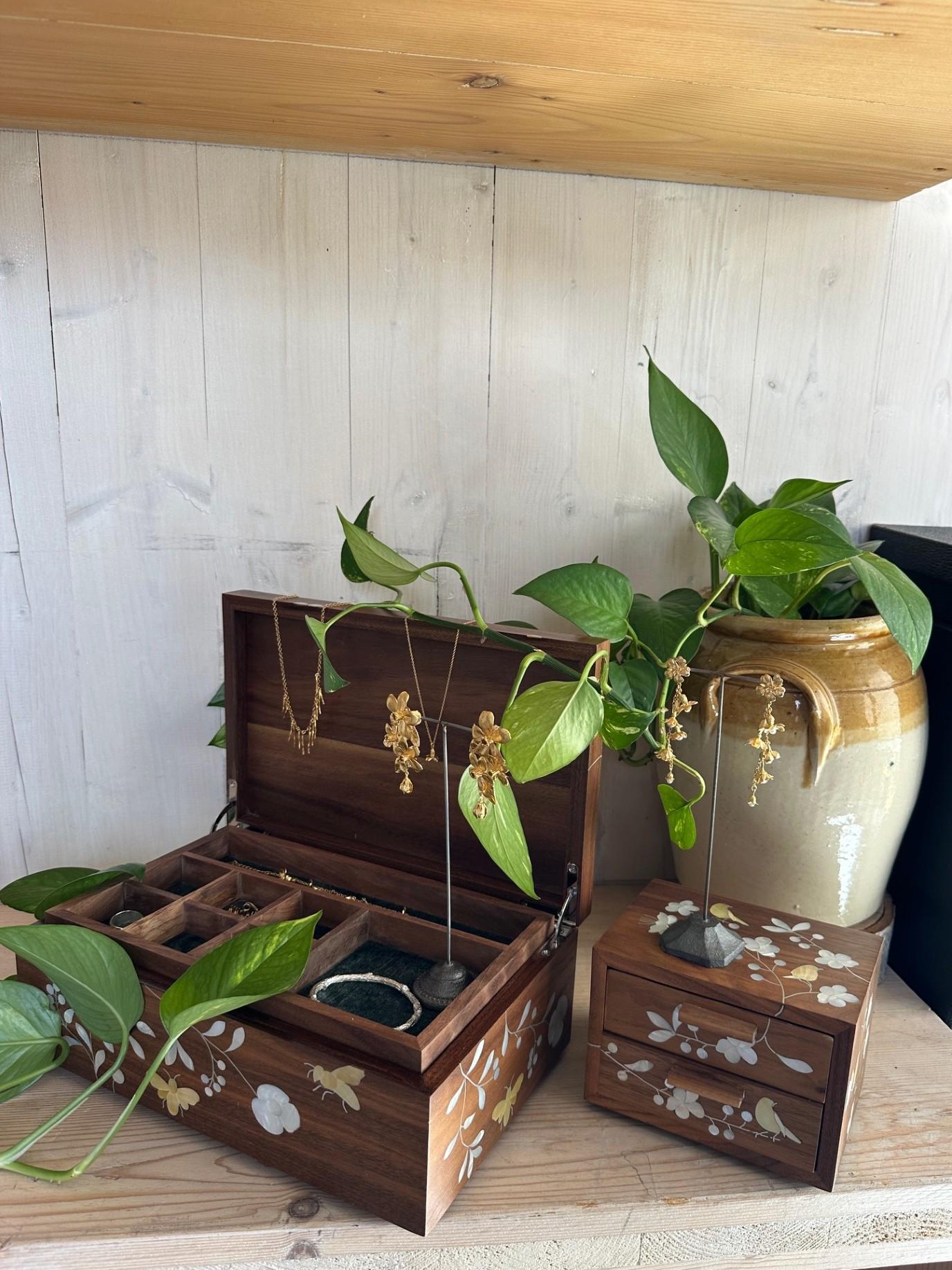
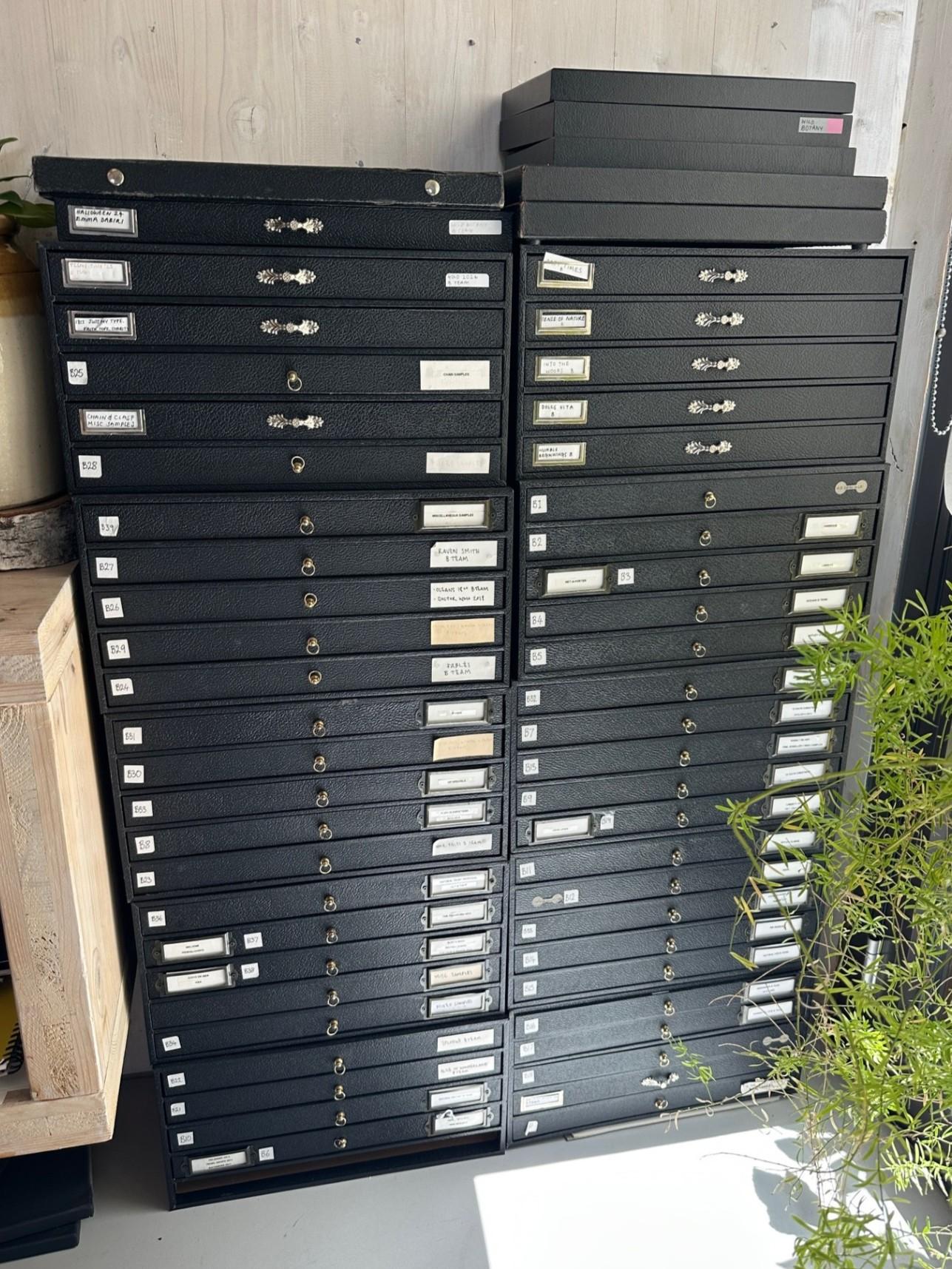
Do you your style or your aesthetics has evolved since you began the brand?
In terms of my work and my design, I found my voice early on.
In my personal life I often think about how to express myself: the clothes I wear, how I interact with other people, and that's an ongoing thing that is always developing and changing. But how I express myself through work? That's rock solid. It has always been rock solid. This is what I do. This is who I am. Take it or leave it , but this is me.
What kind of jewellery techniques do you use in creating your collections?
Making jewellery is a very creative process. I have sketchbooks, and we make everything here [in London]. Everything we make is created in the design studio and actually we do so much of our designing on the bench, and we make every piece of jewellery we sell in a workshop down the road, it is all handmade in the UK by skilled craftspeople.
I had a fantastic education, an old school jewellery education, which was very technical. The toolbox of skills that I bring to making a collection is really comprehensive, so there's no there's no limit to what we can achieve.
I hand make everything in the material that we're going to be producing it in. Some companies might carve in wax, or they might have a drawing they send overseas be manufactured. I need to hand make. I feel like there's an honesty in that process.


Why is local manufacturing important to you?
I trained as a jewellery maker and I think there's an honesty and generosity about making something. My analogy is that, if you have friends that you really like and you invite them to supper, there's a kind of generosity and a beauty in in hand making, preparing food for them and then sharing that food together.
I'm not saying that it's a bad evening if you go to a restaurant or get a takeaway, but for me, there’s a human-to-human exchange in hand making. I think that's what's important to me in jewellery. Putting the craft and the hand work into it gives the piece significance, meaning and longevity.
Do you have any personal favourite pieces?
I always say with when it comes to favourite pieces, it's the next piece, or the piece I'm working on. Asking me to choose between pieces of jewellery is like asking me to choose between my children!
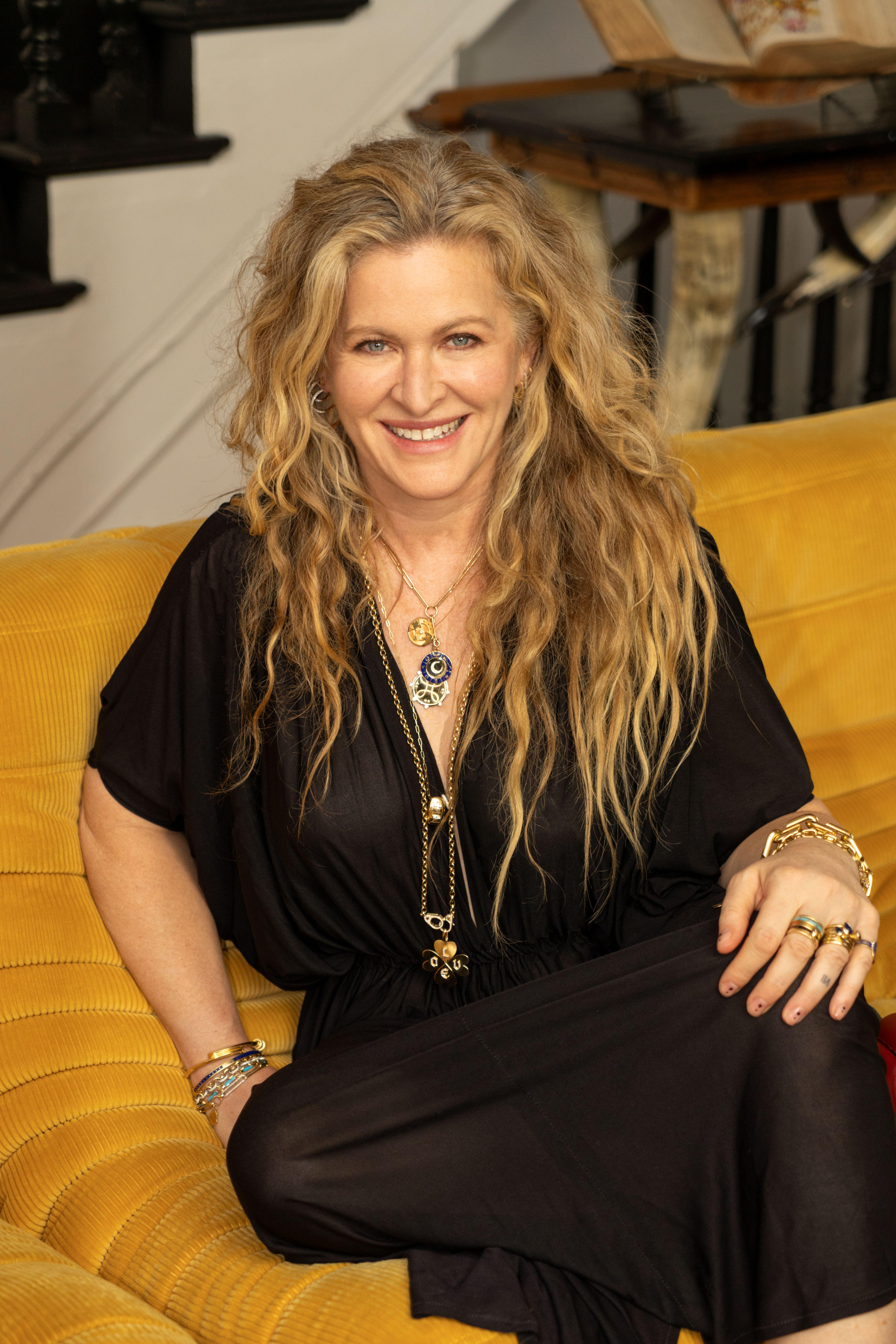
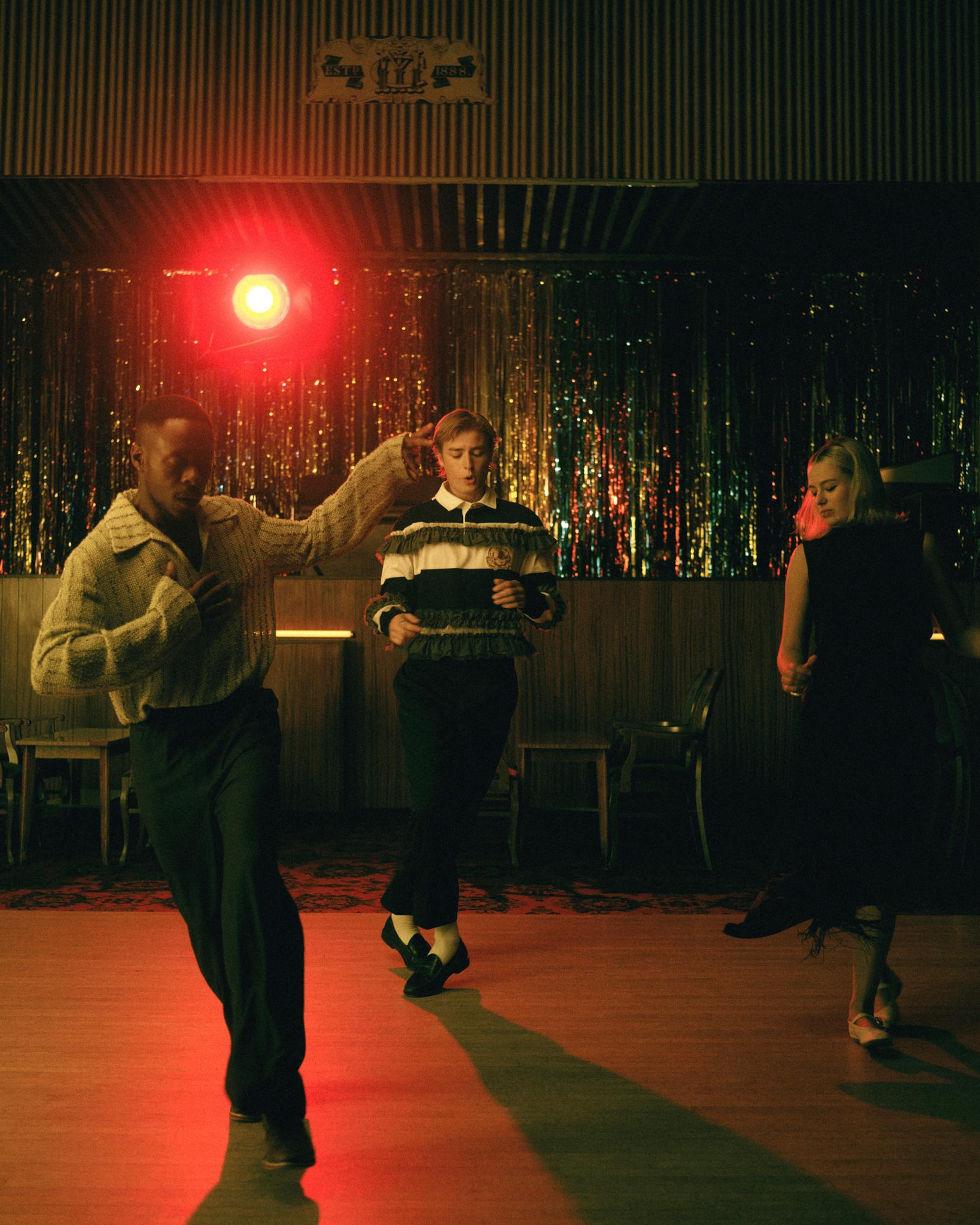
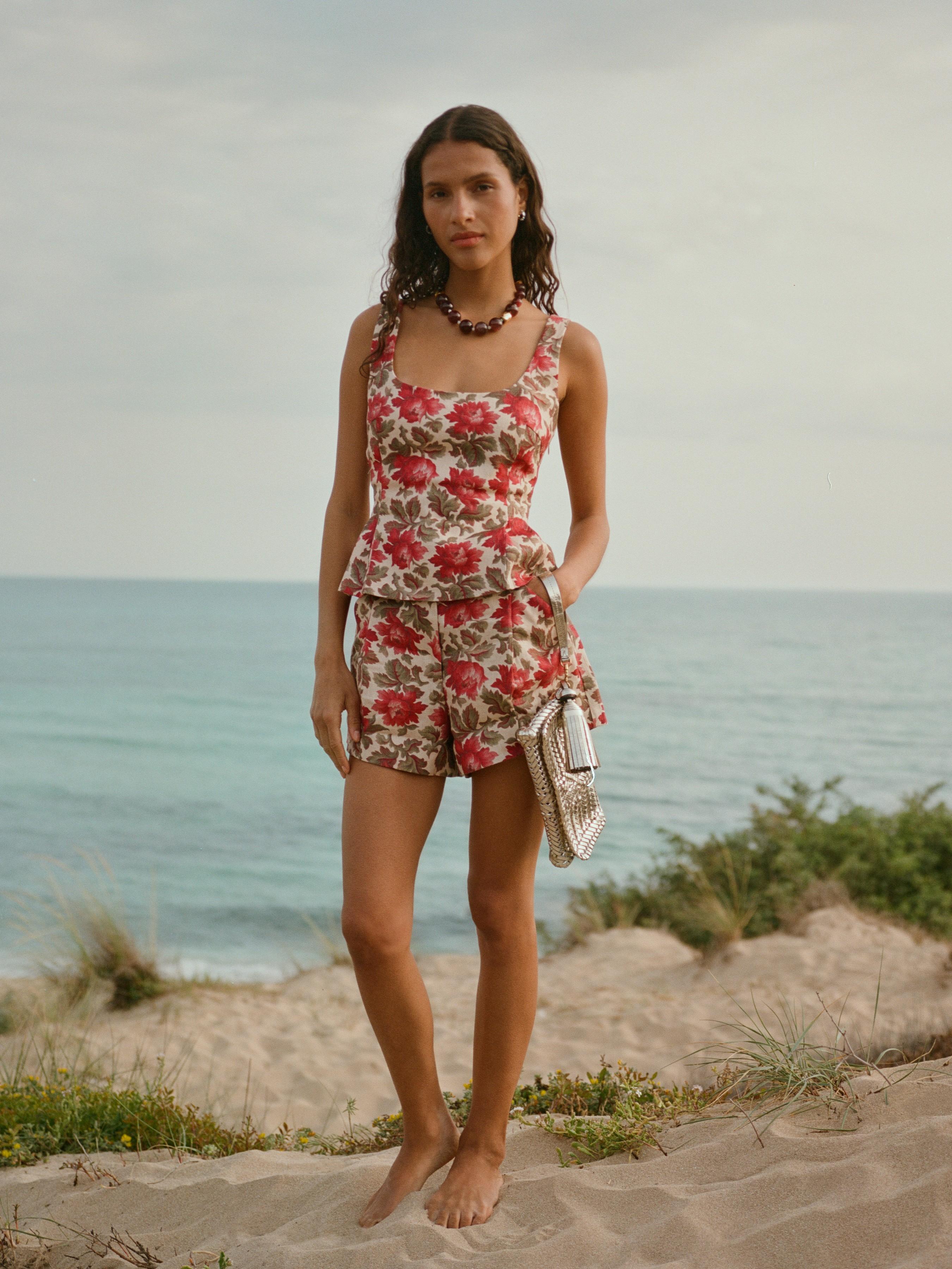
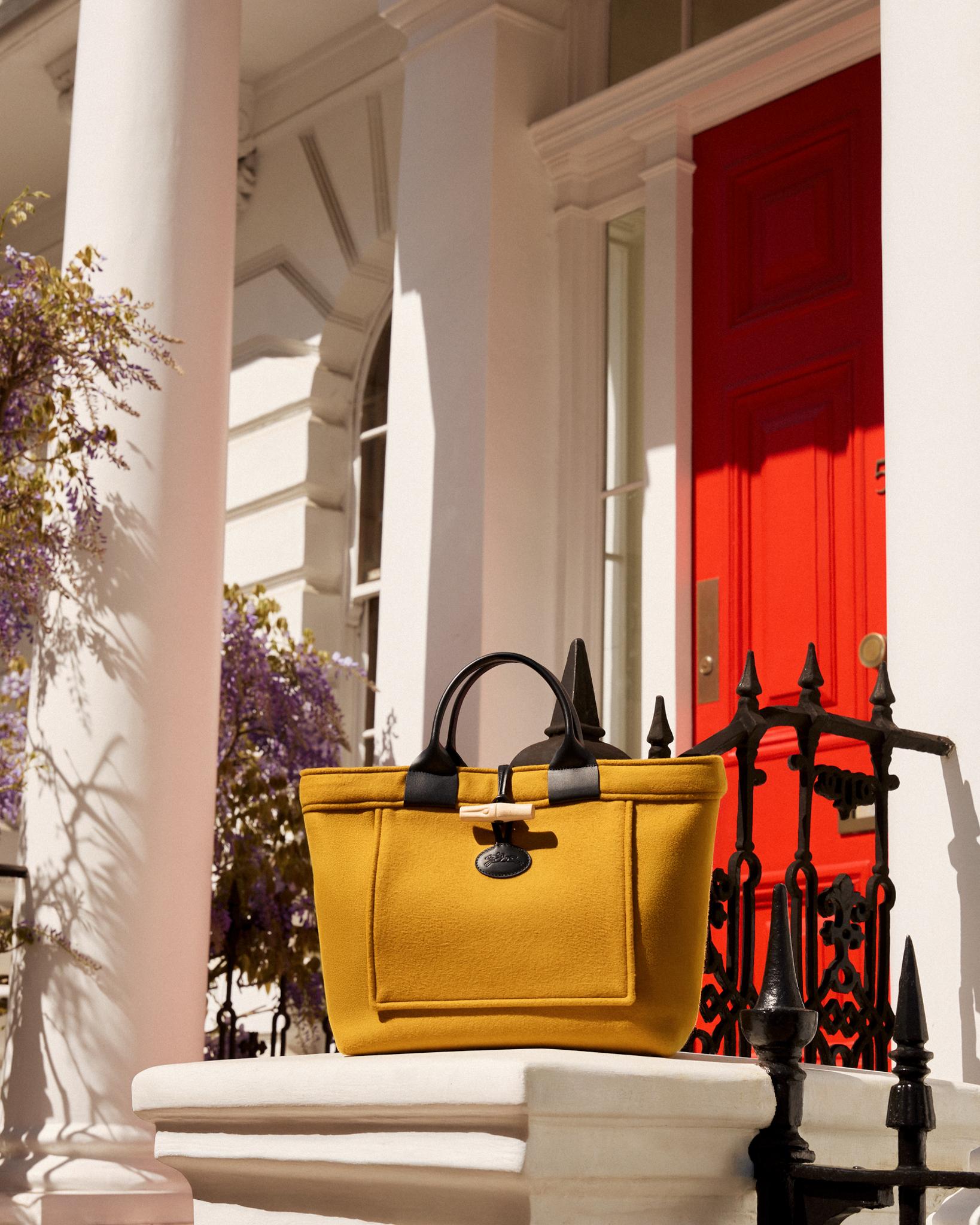
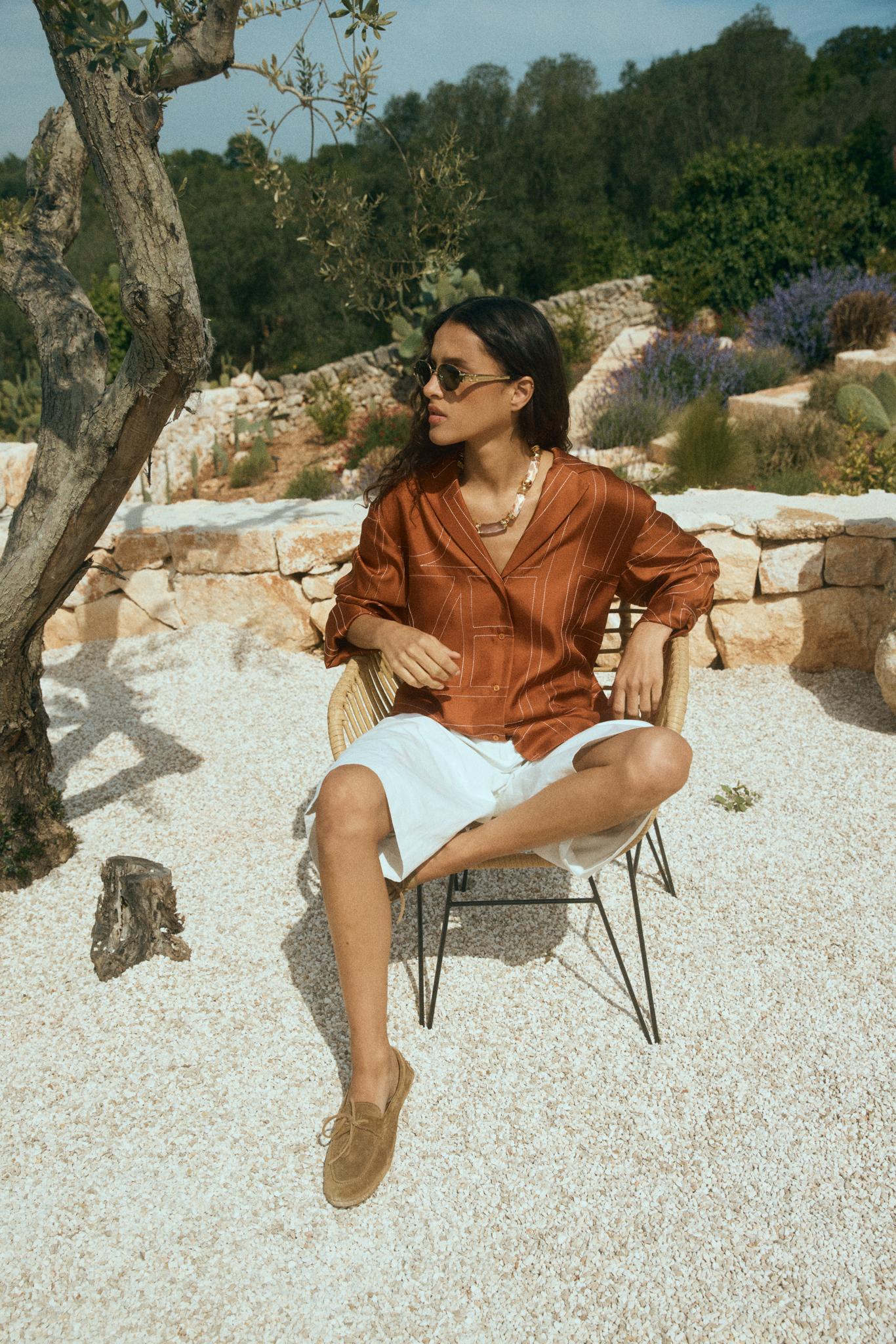
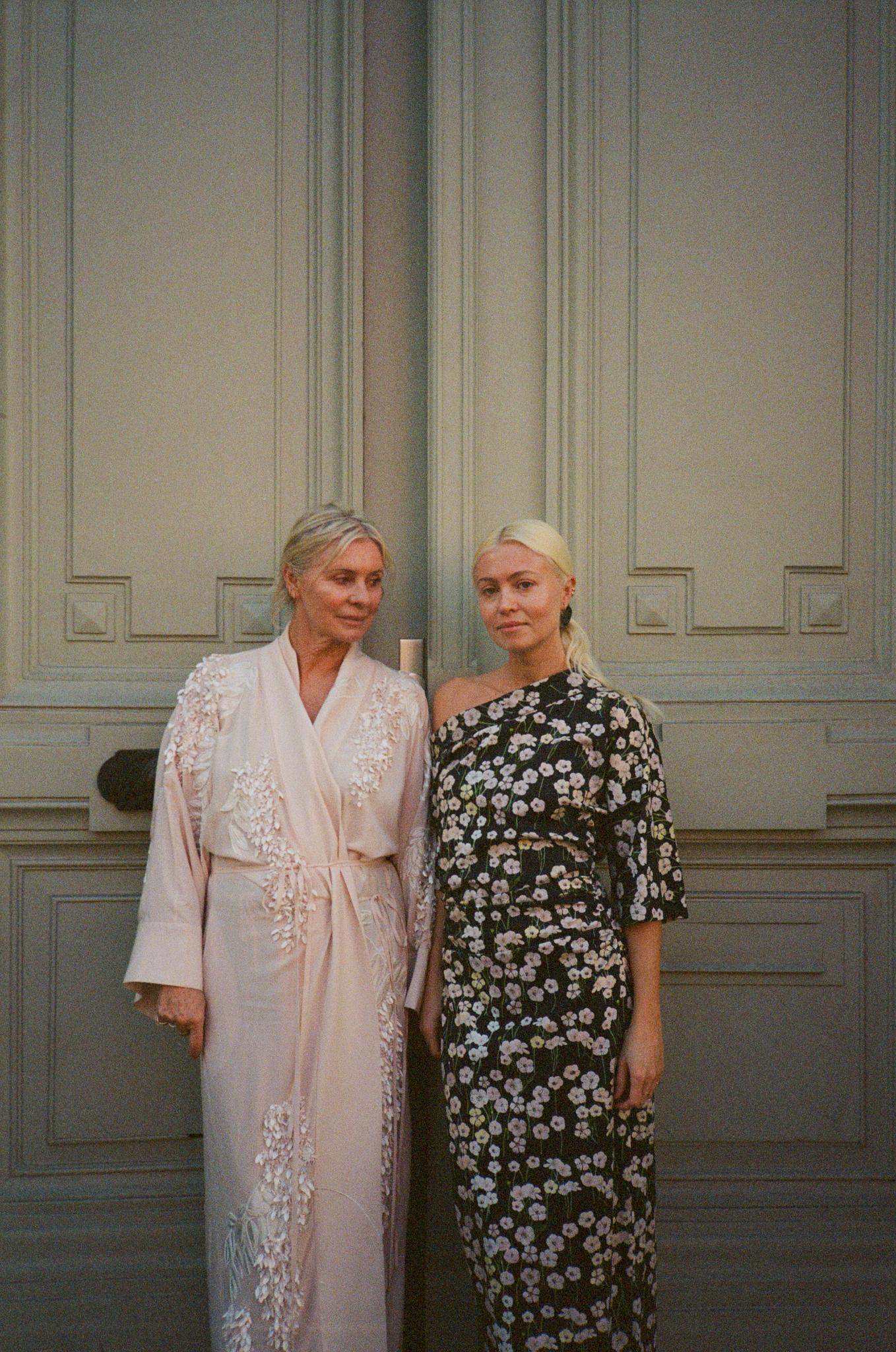

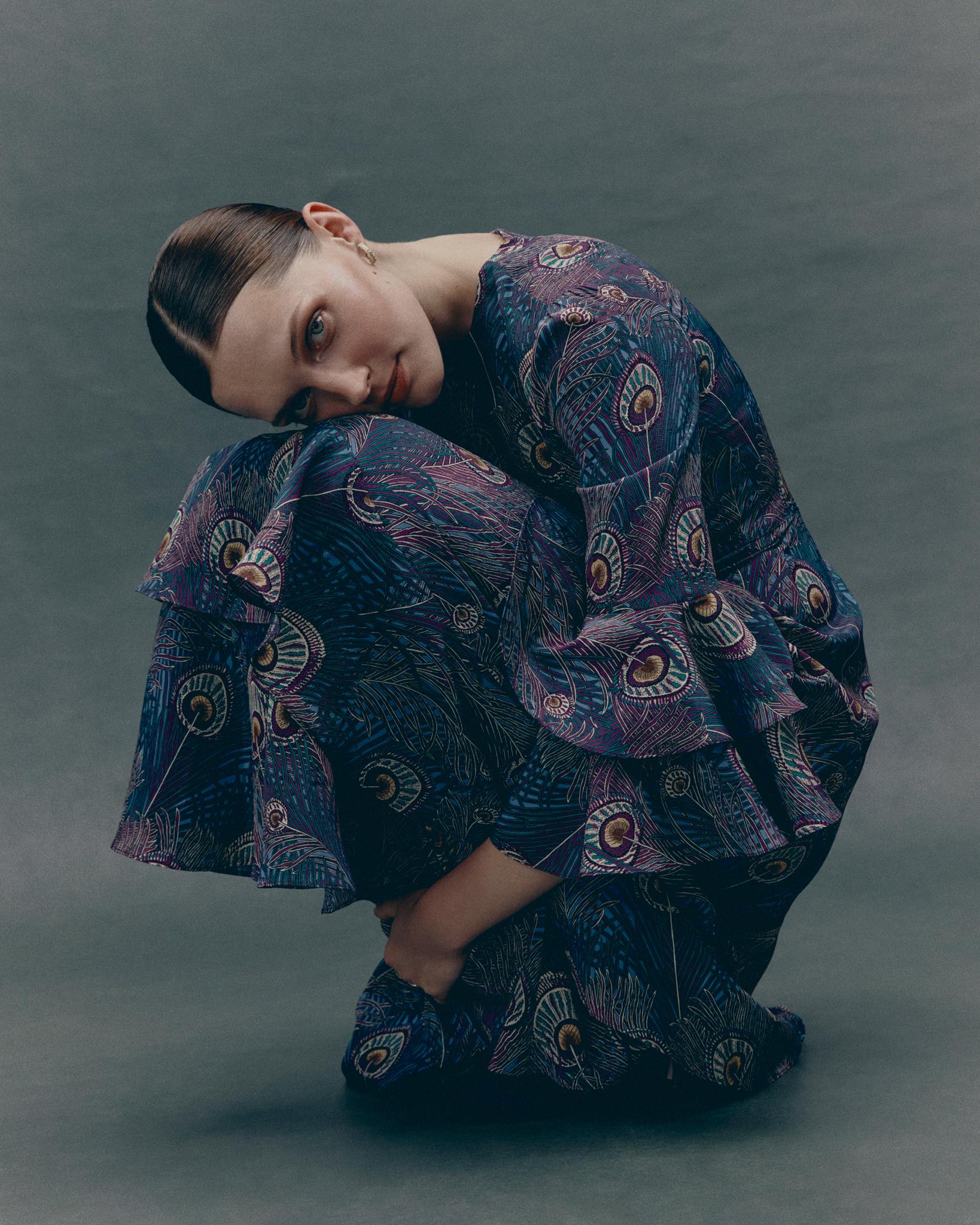


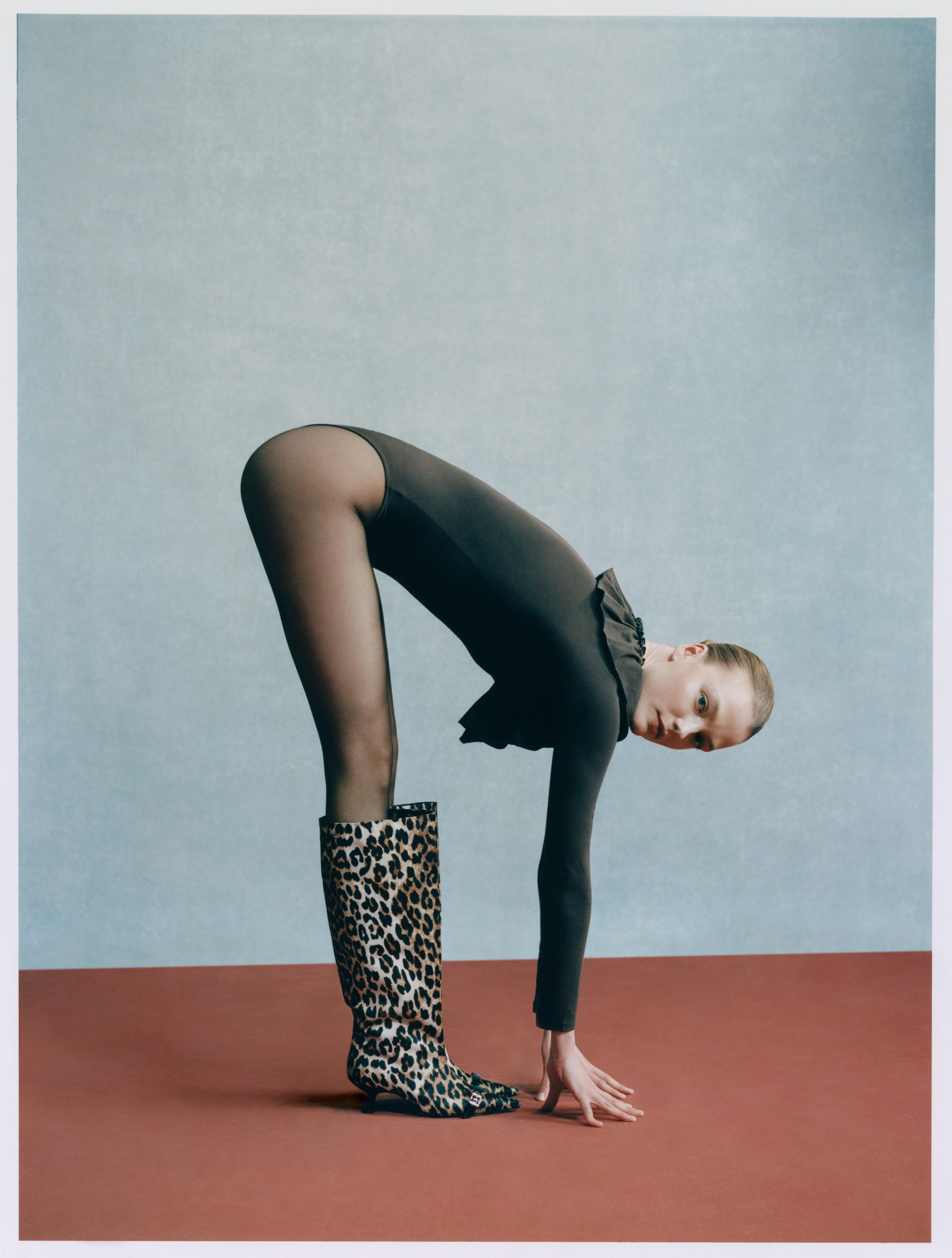
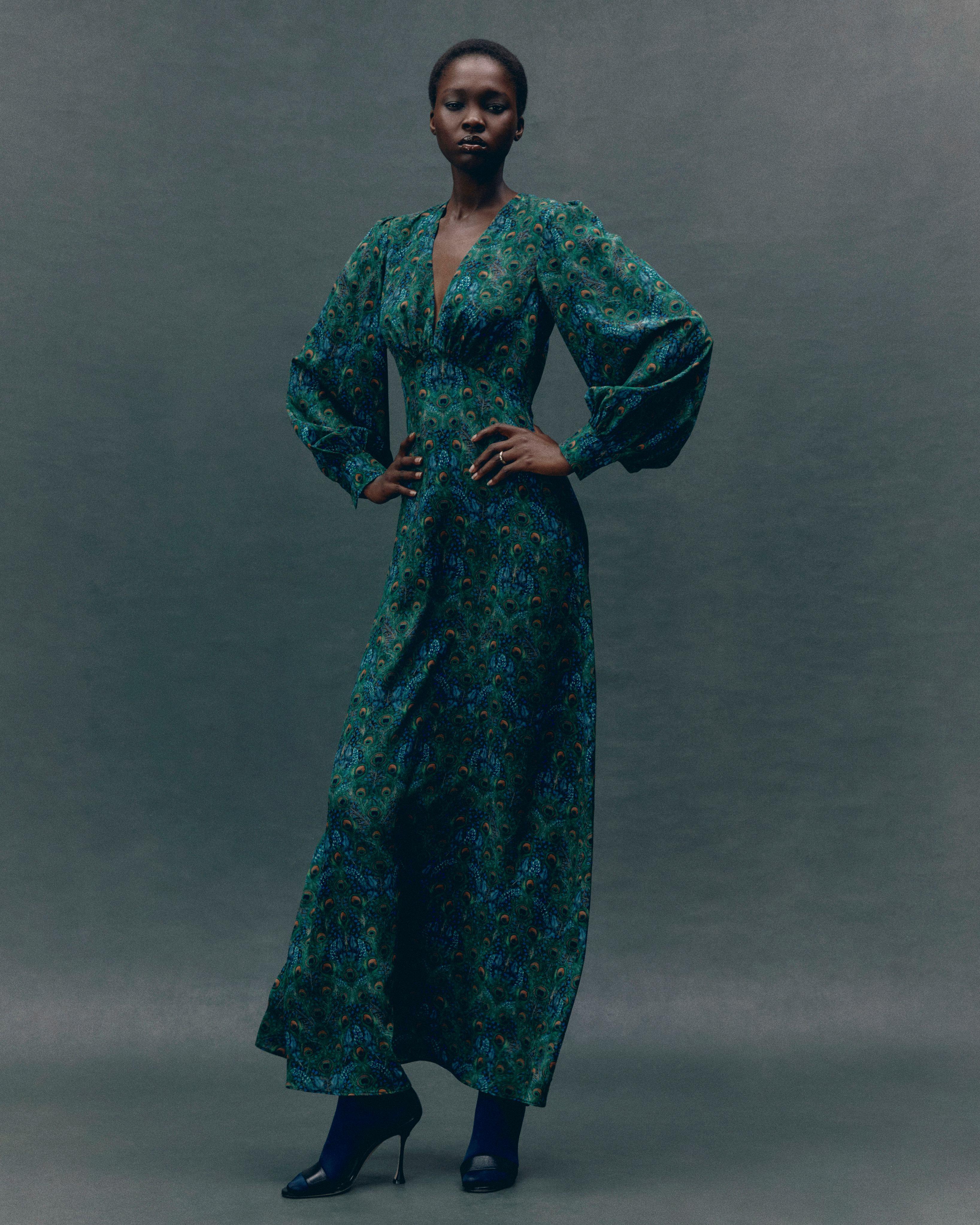
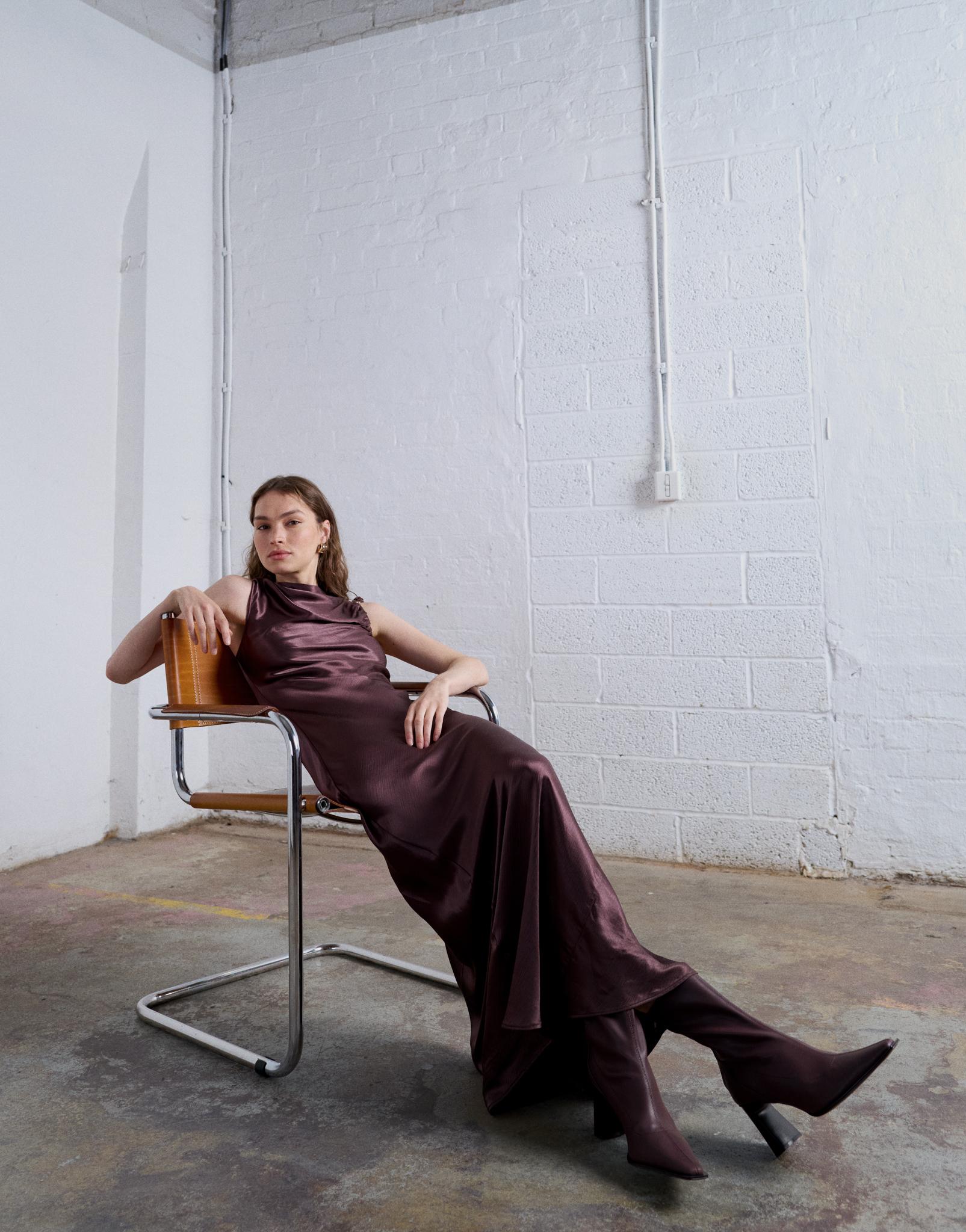
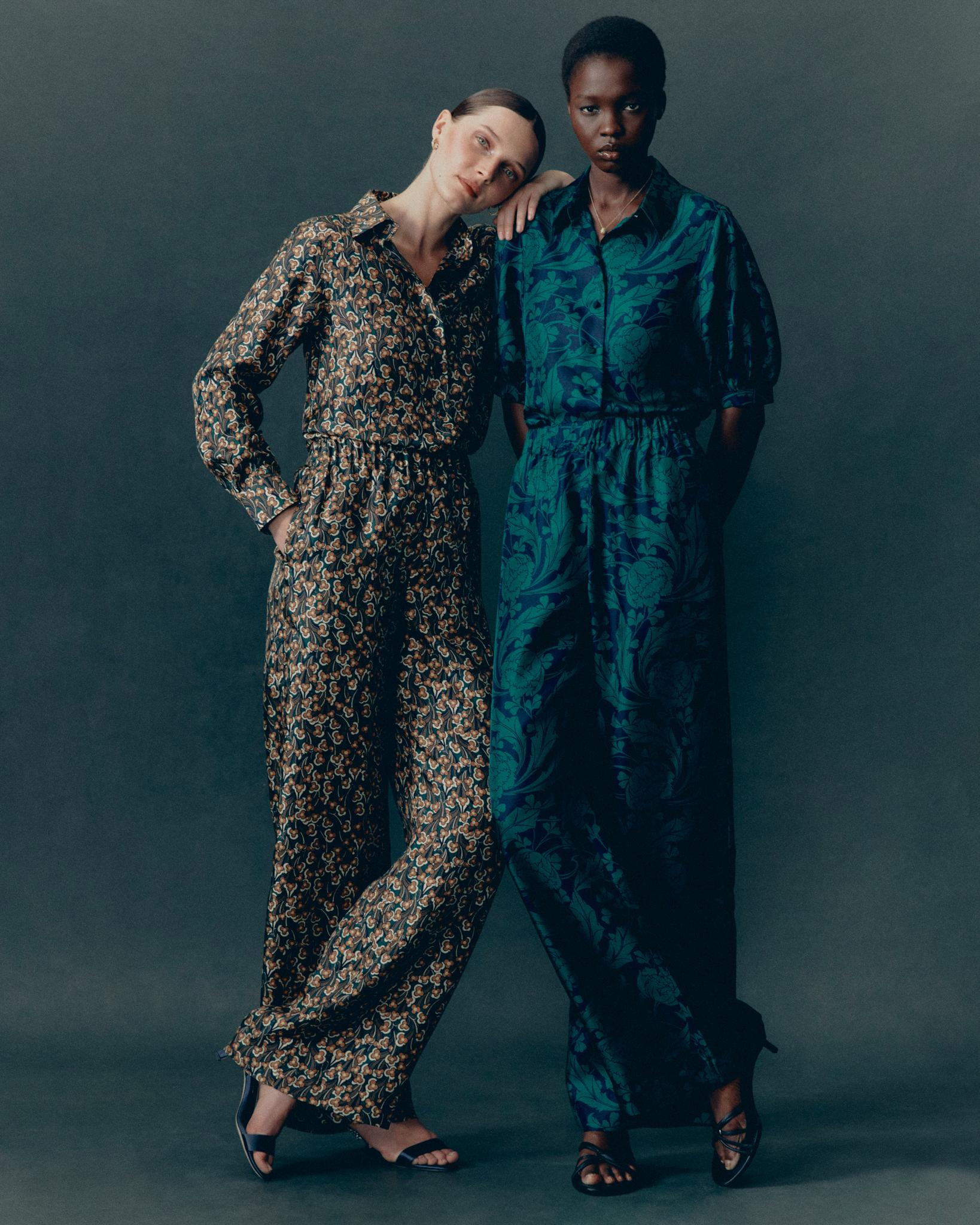

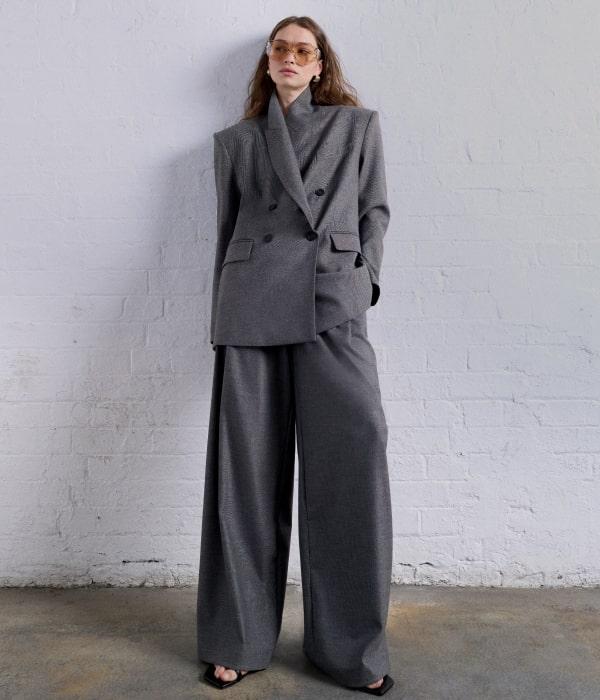
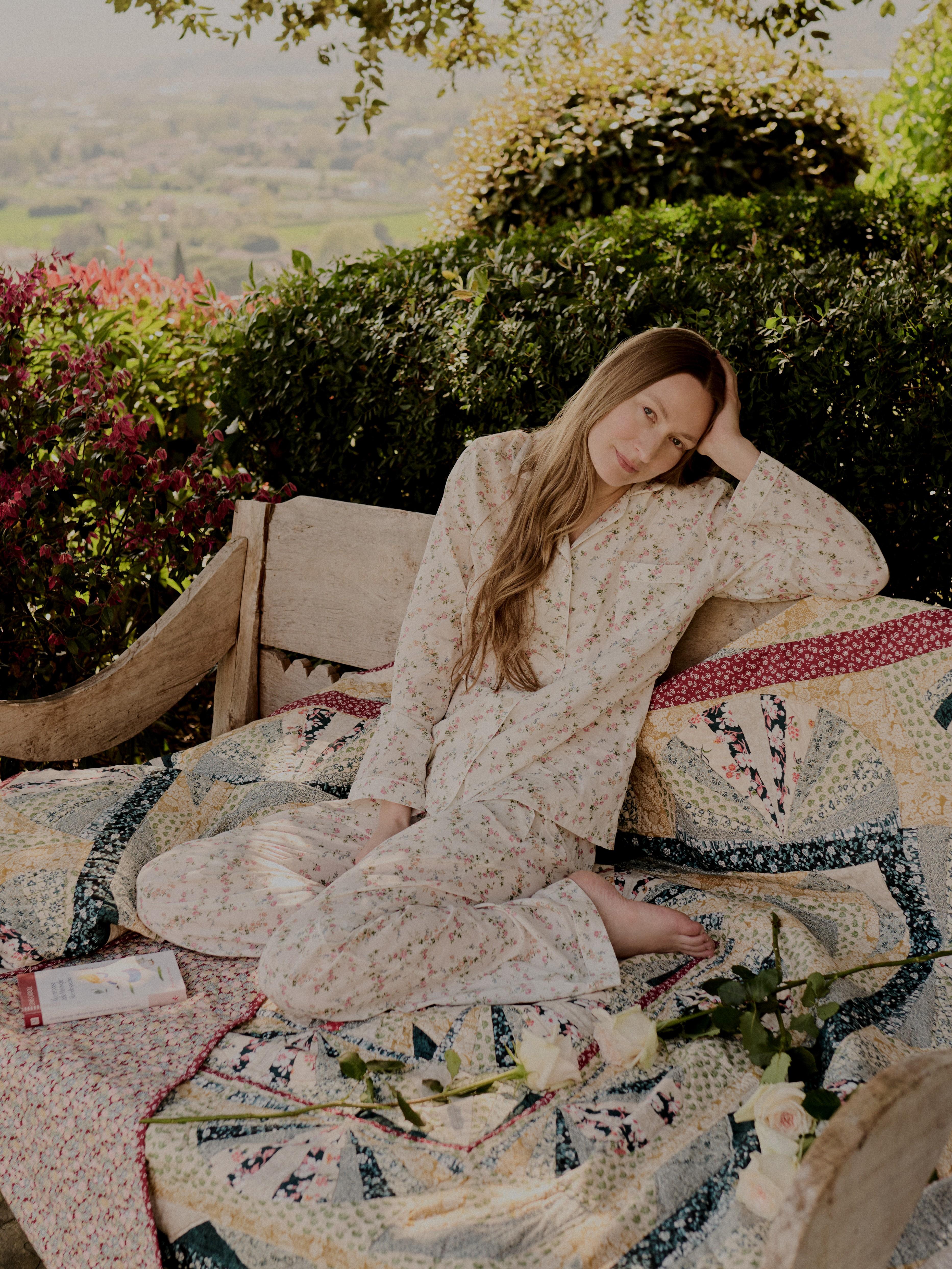
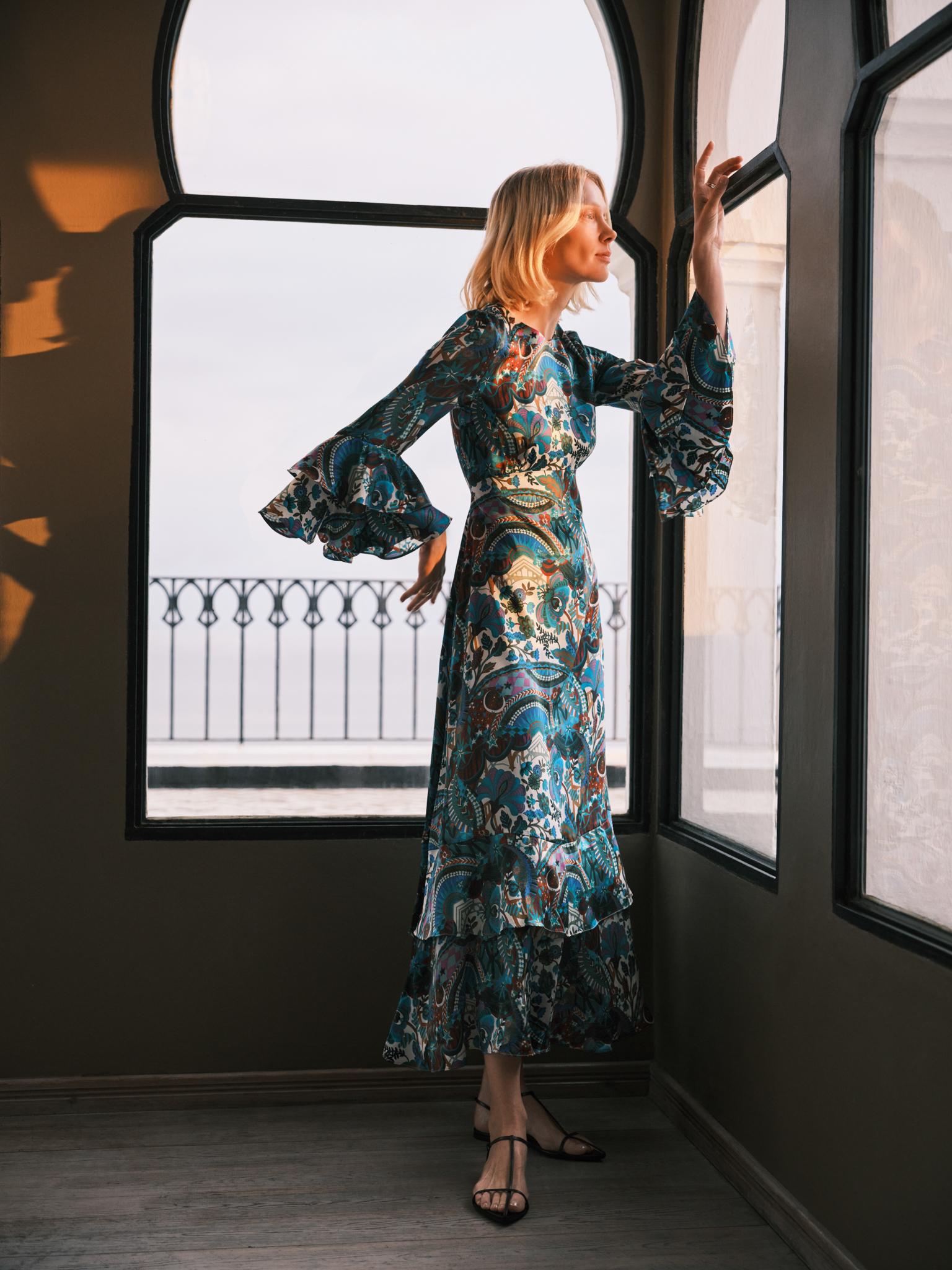
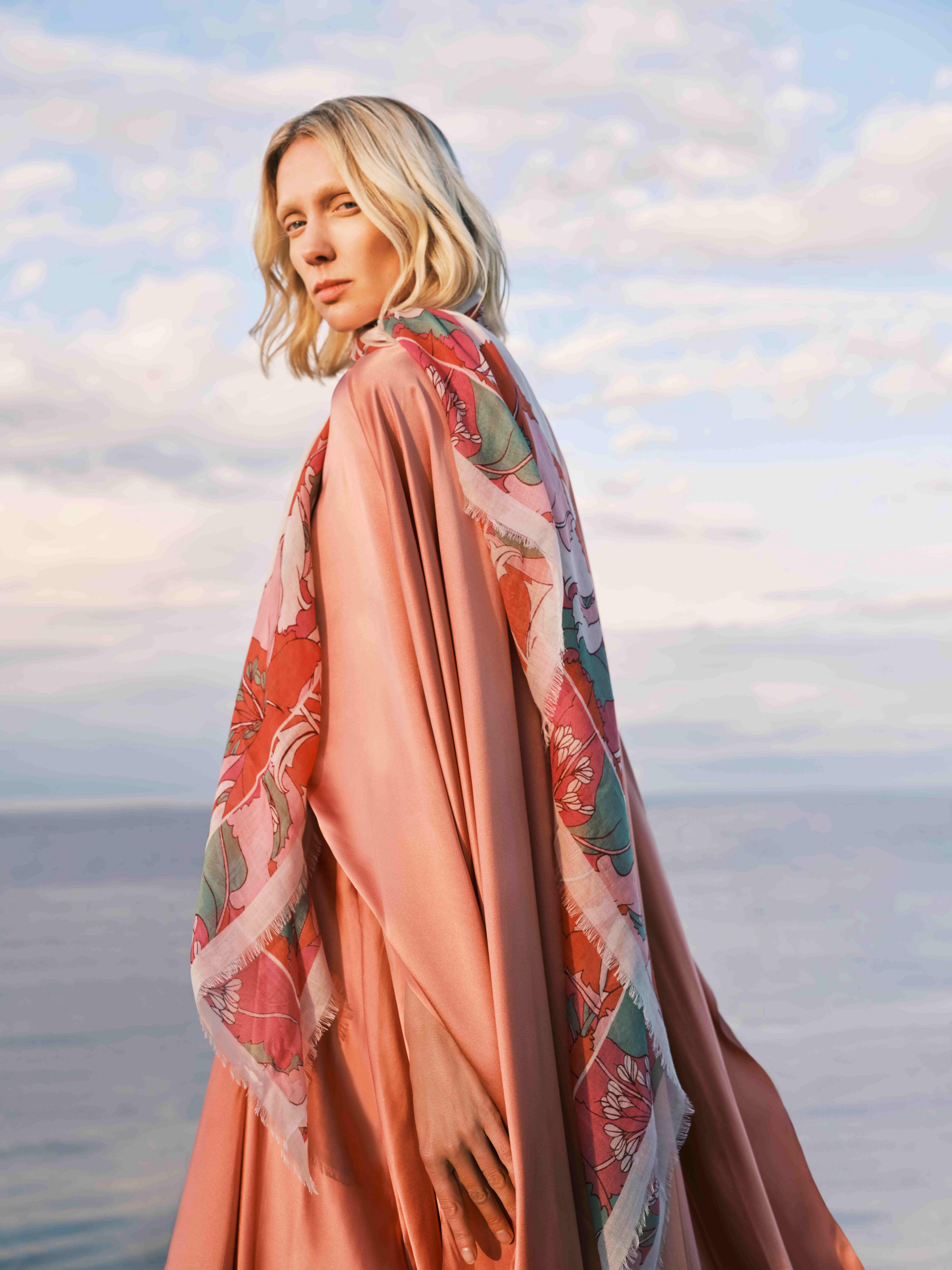
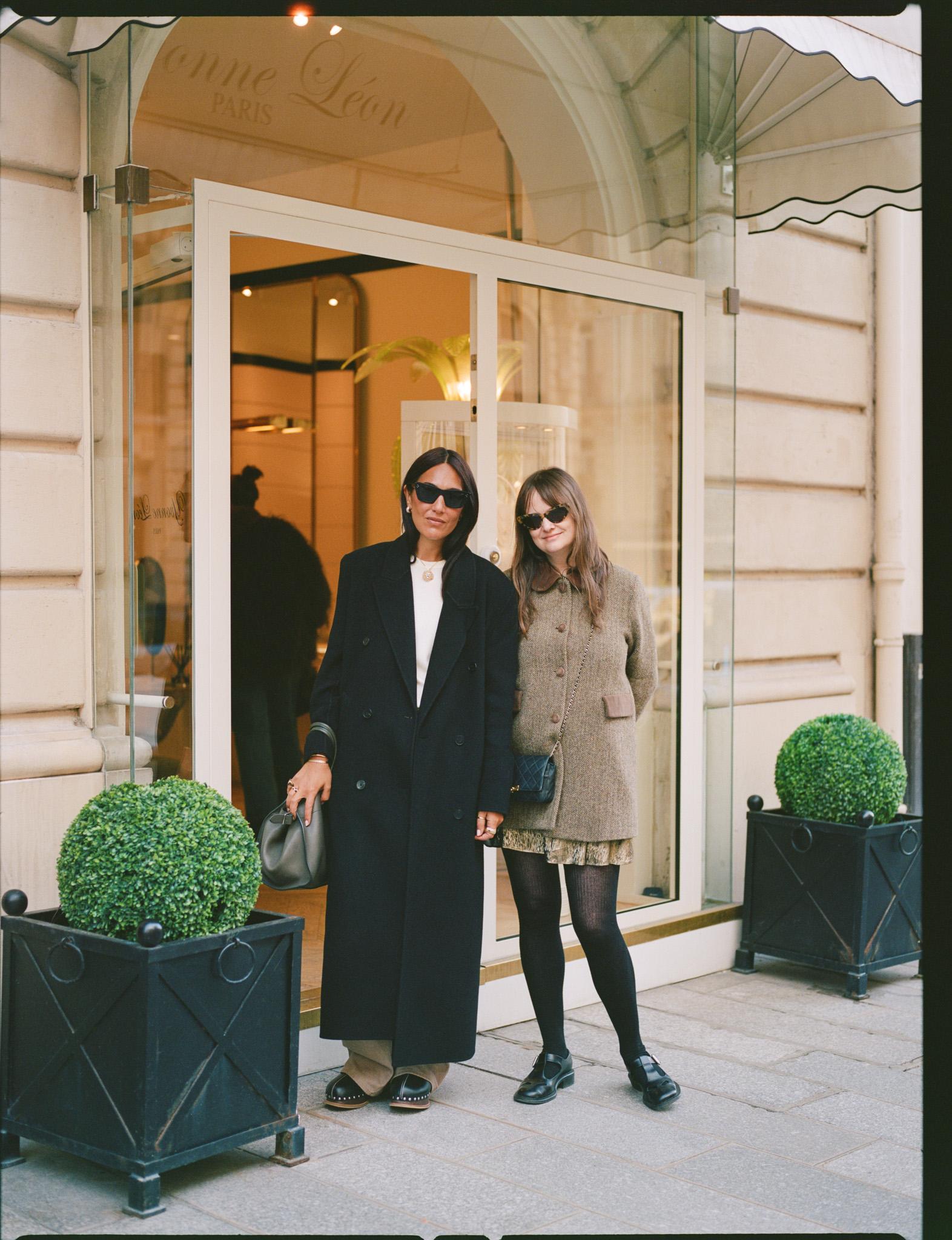
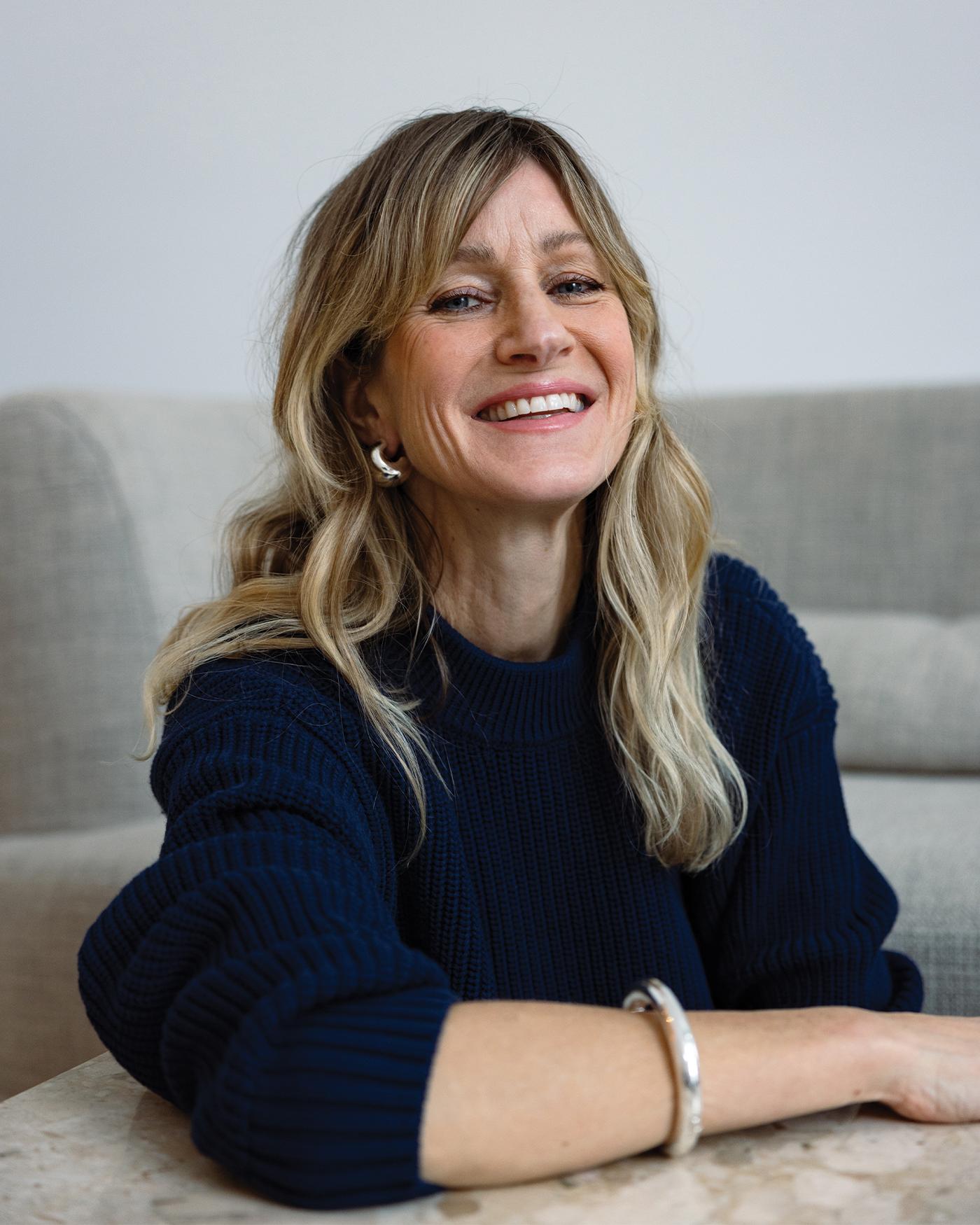

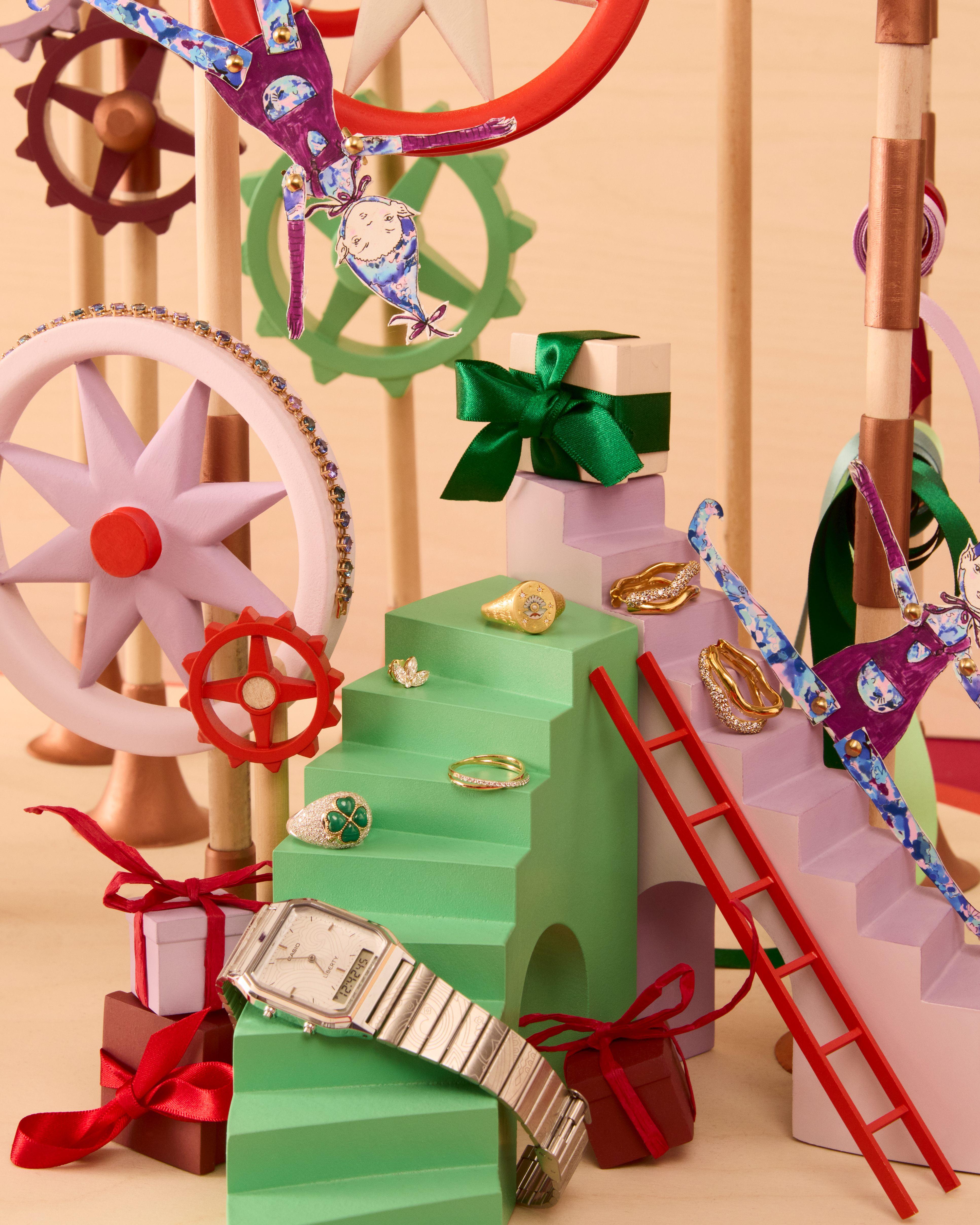
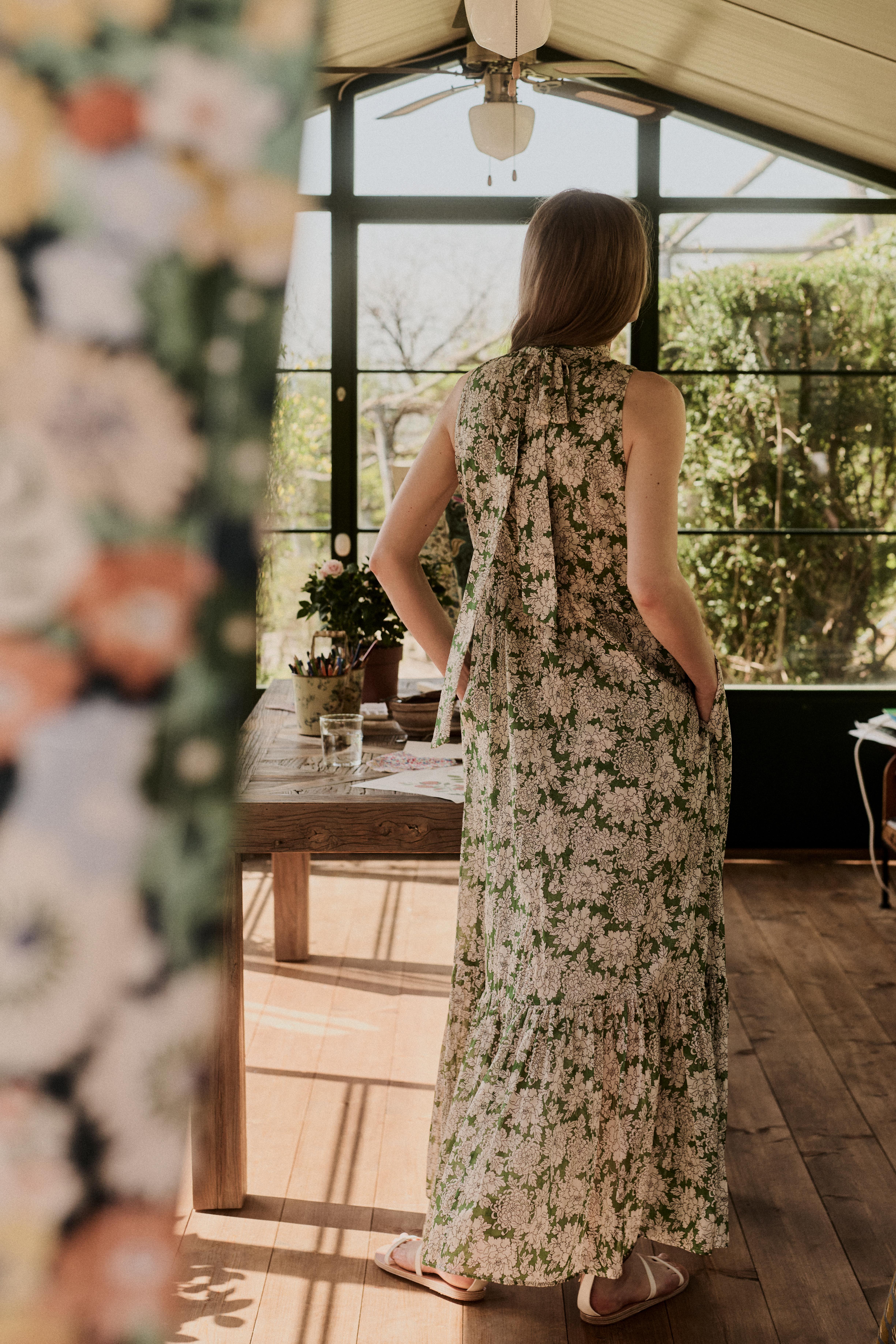
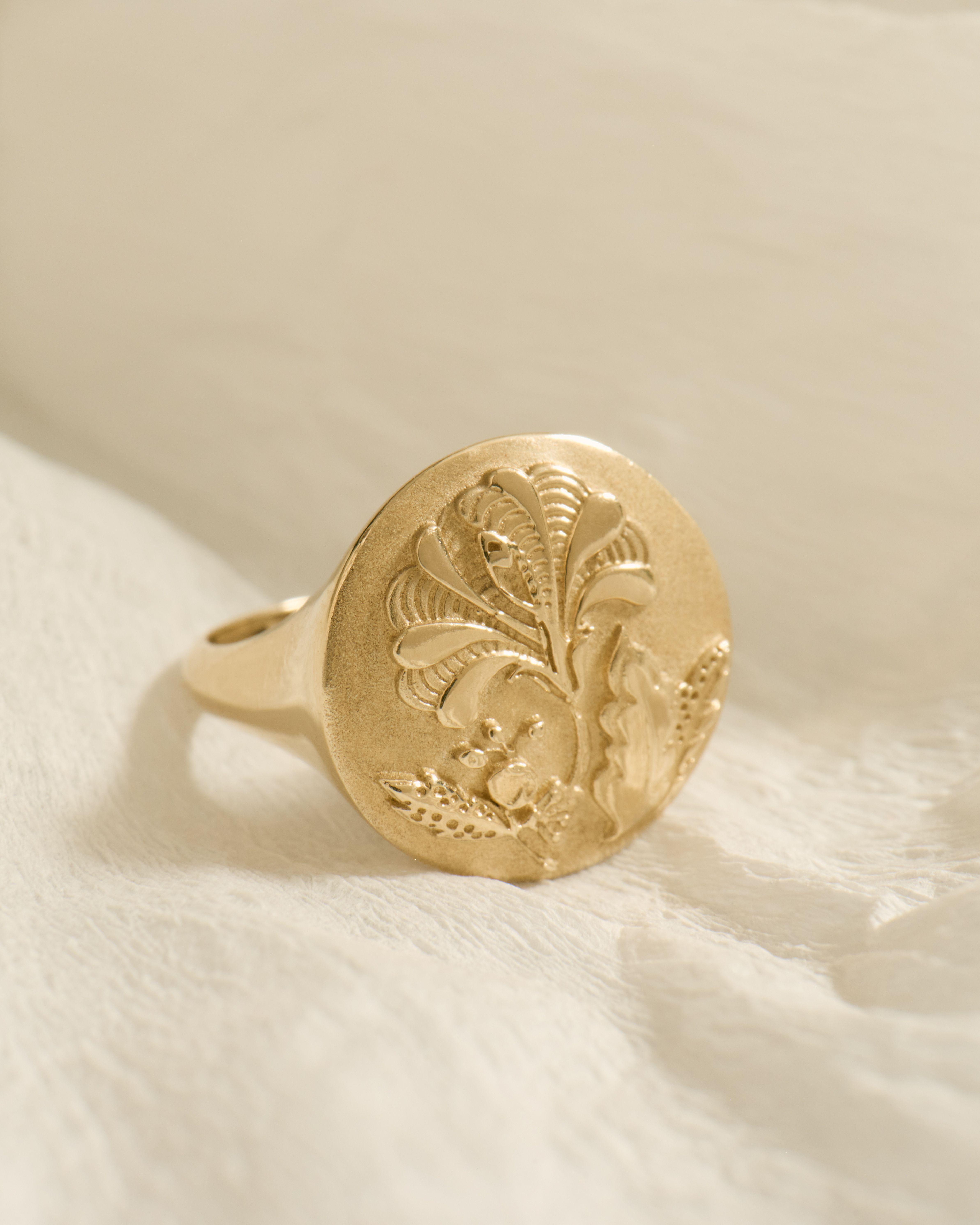
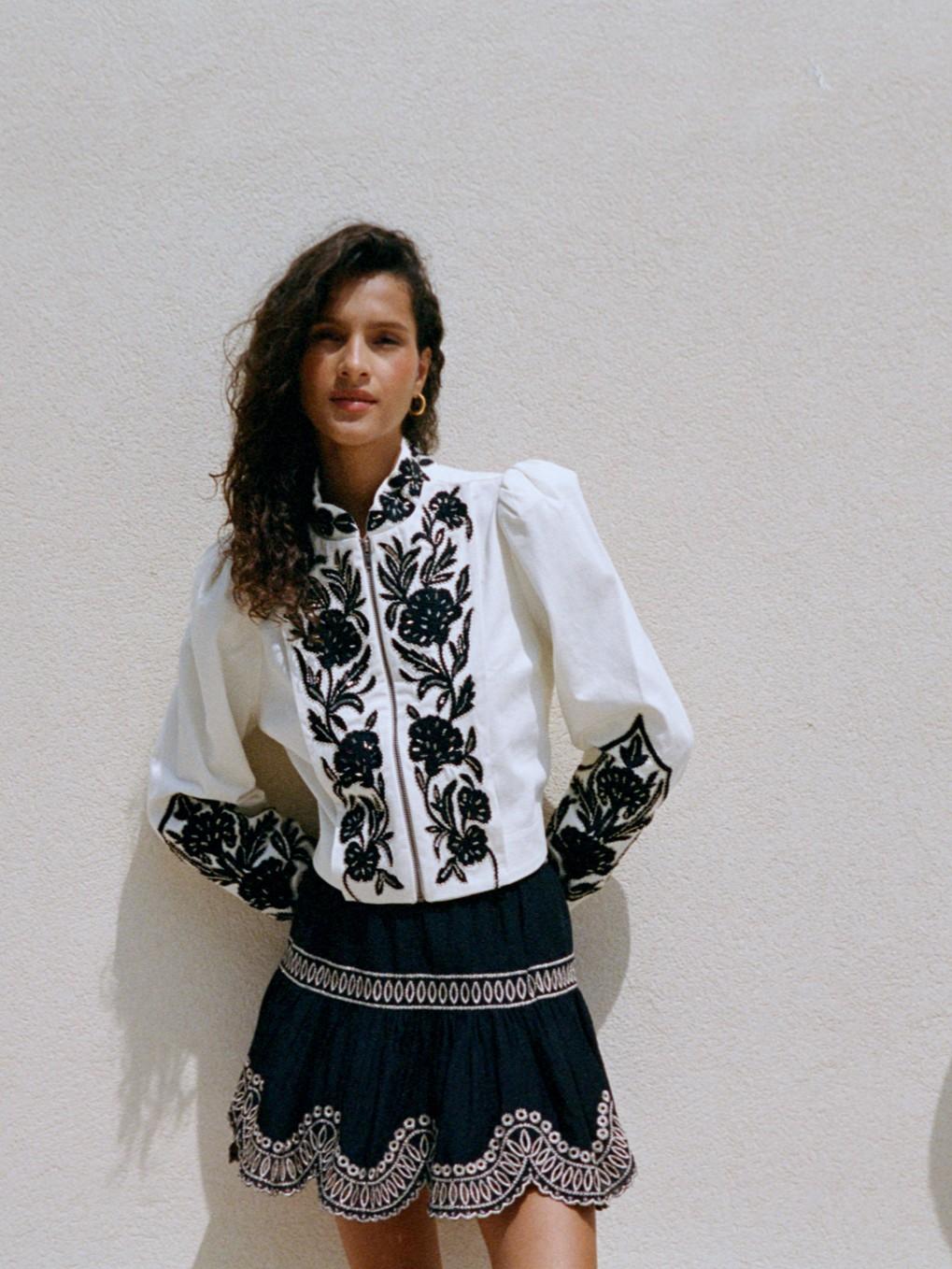
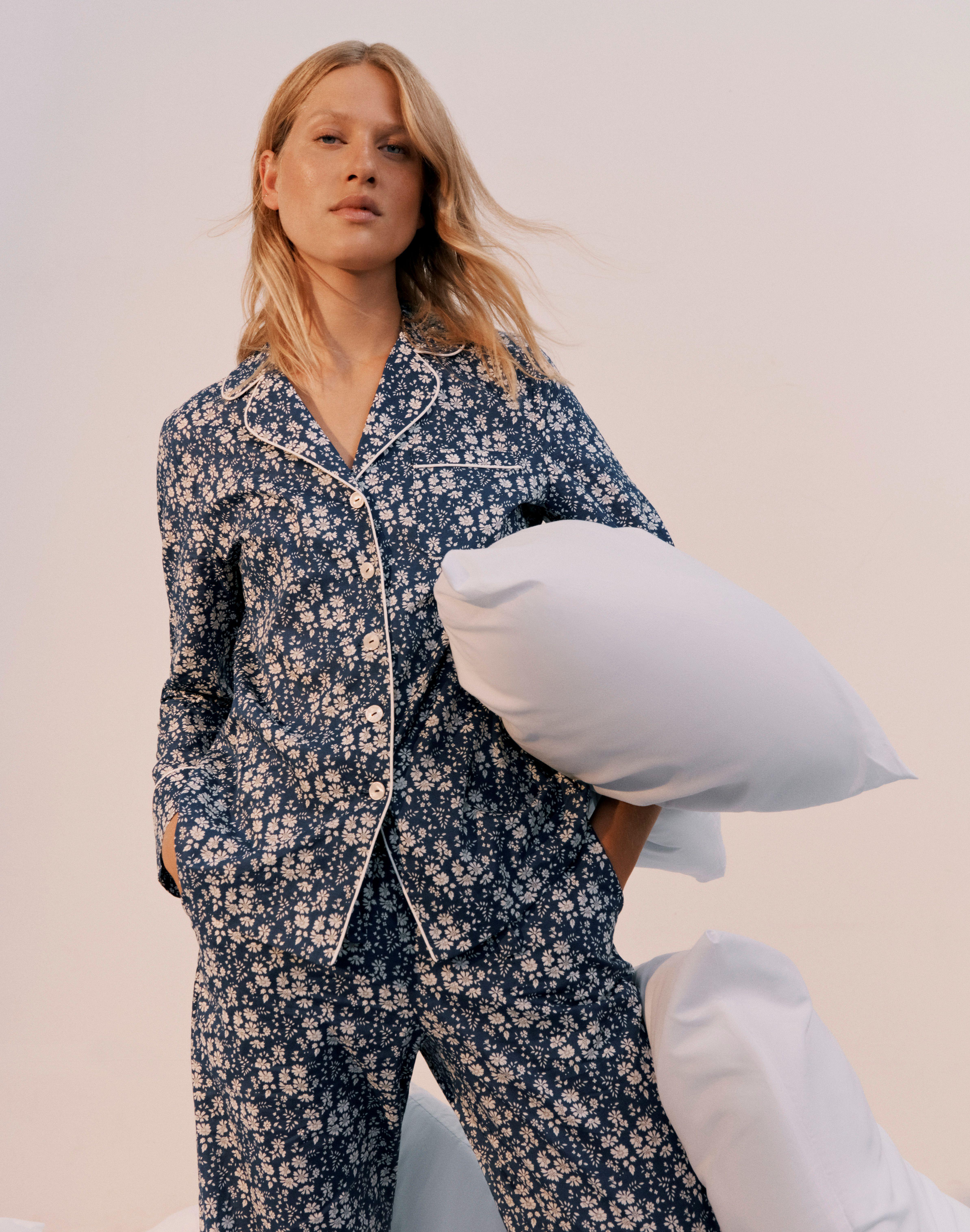

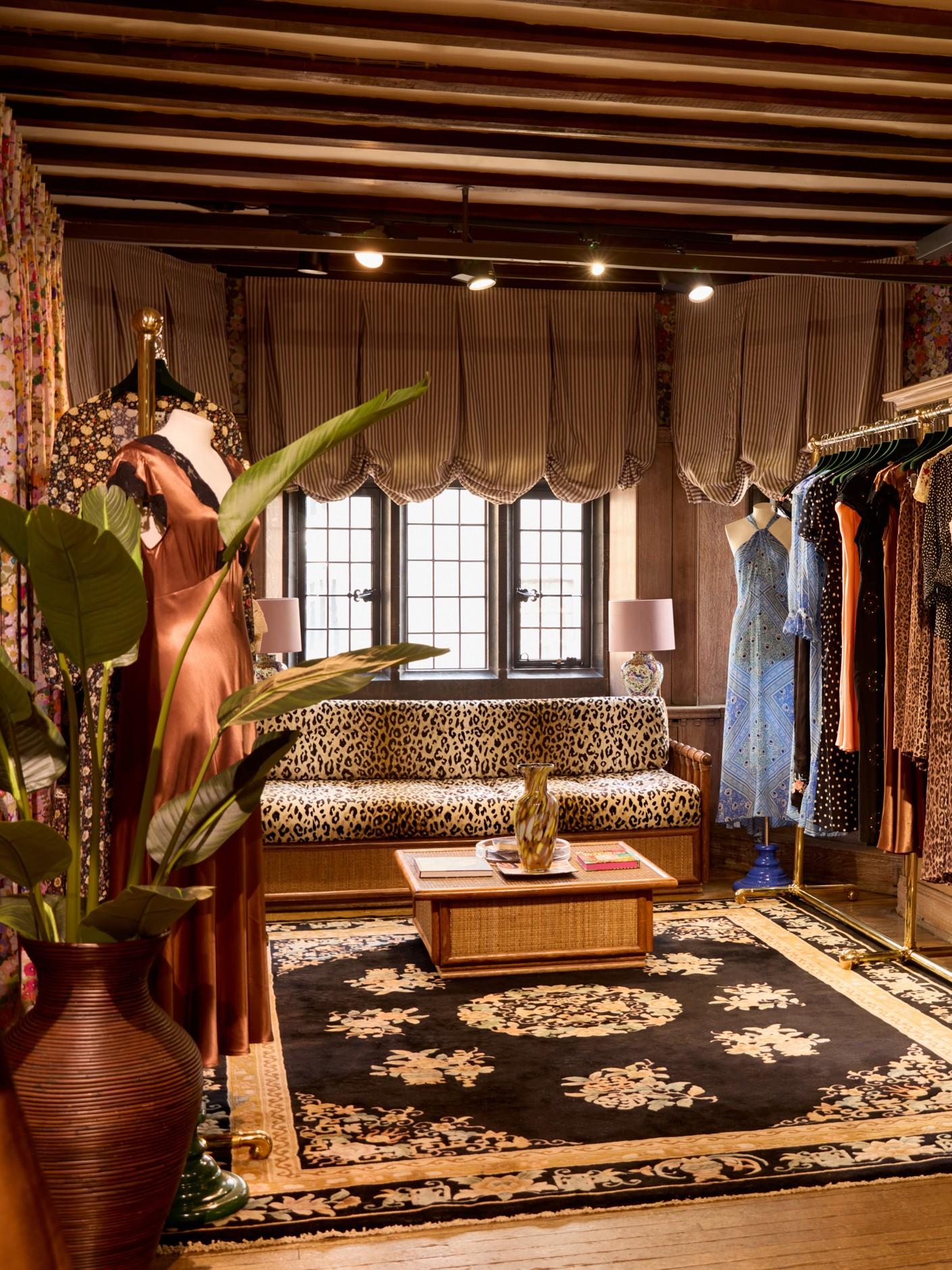
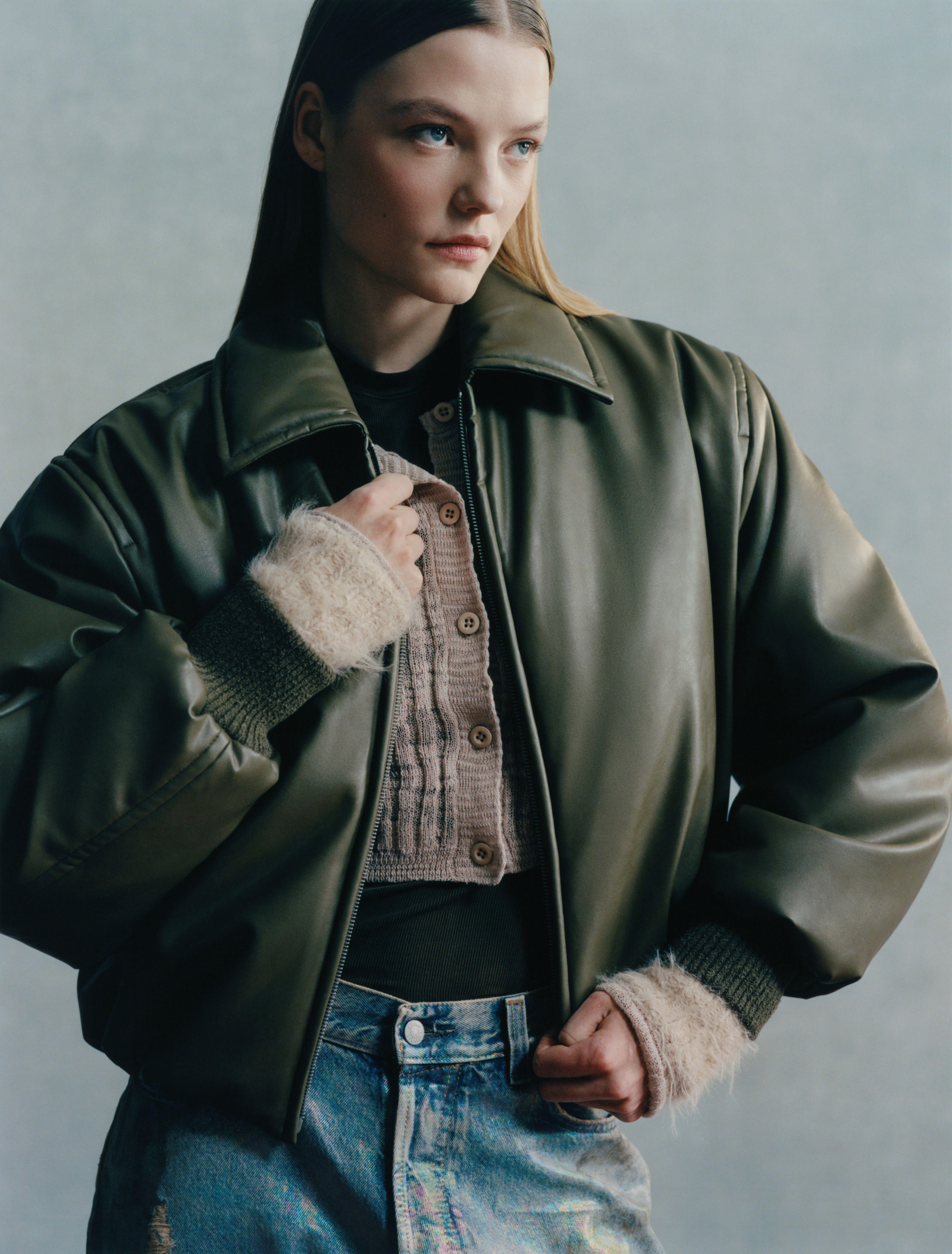
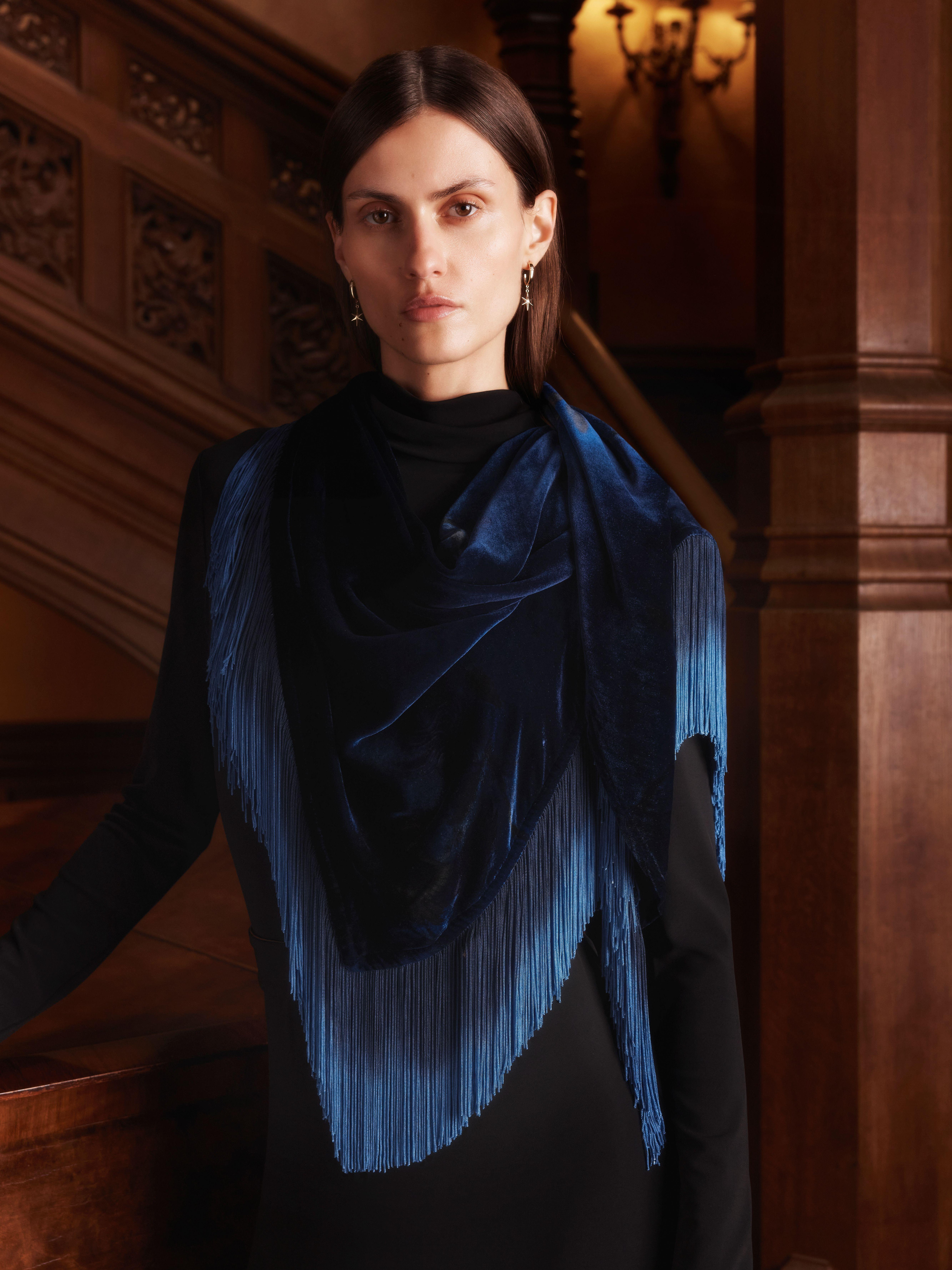
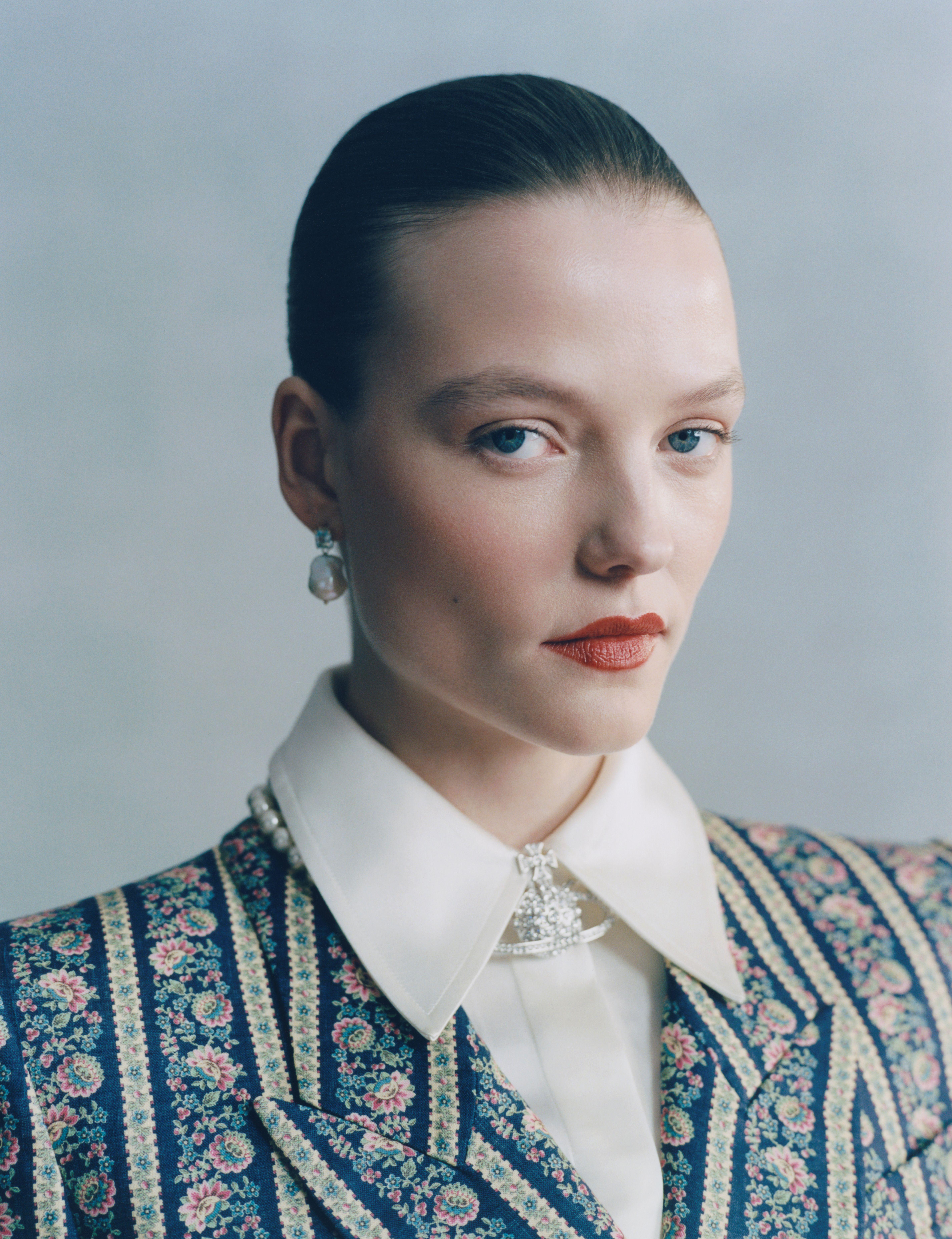
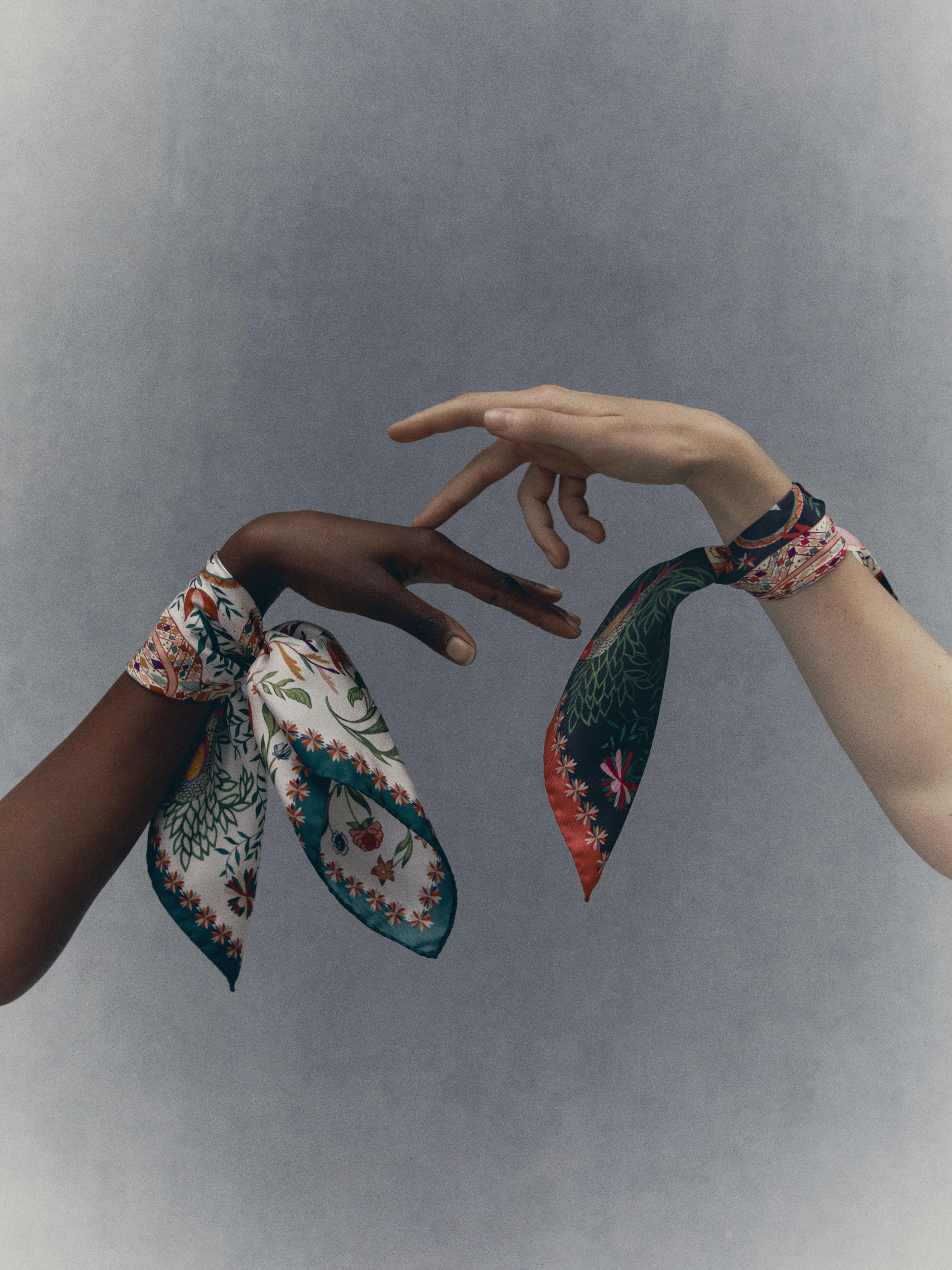

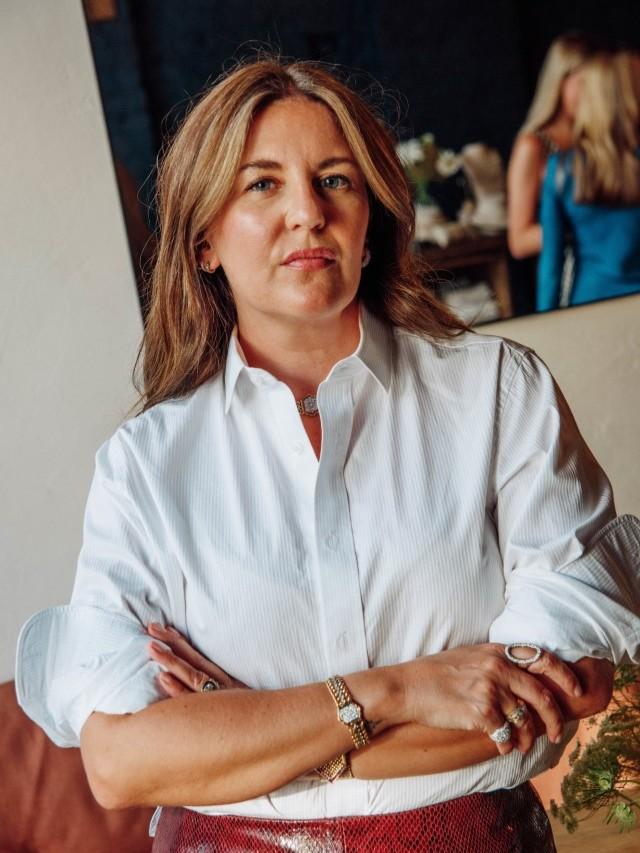
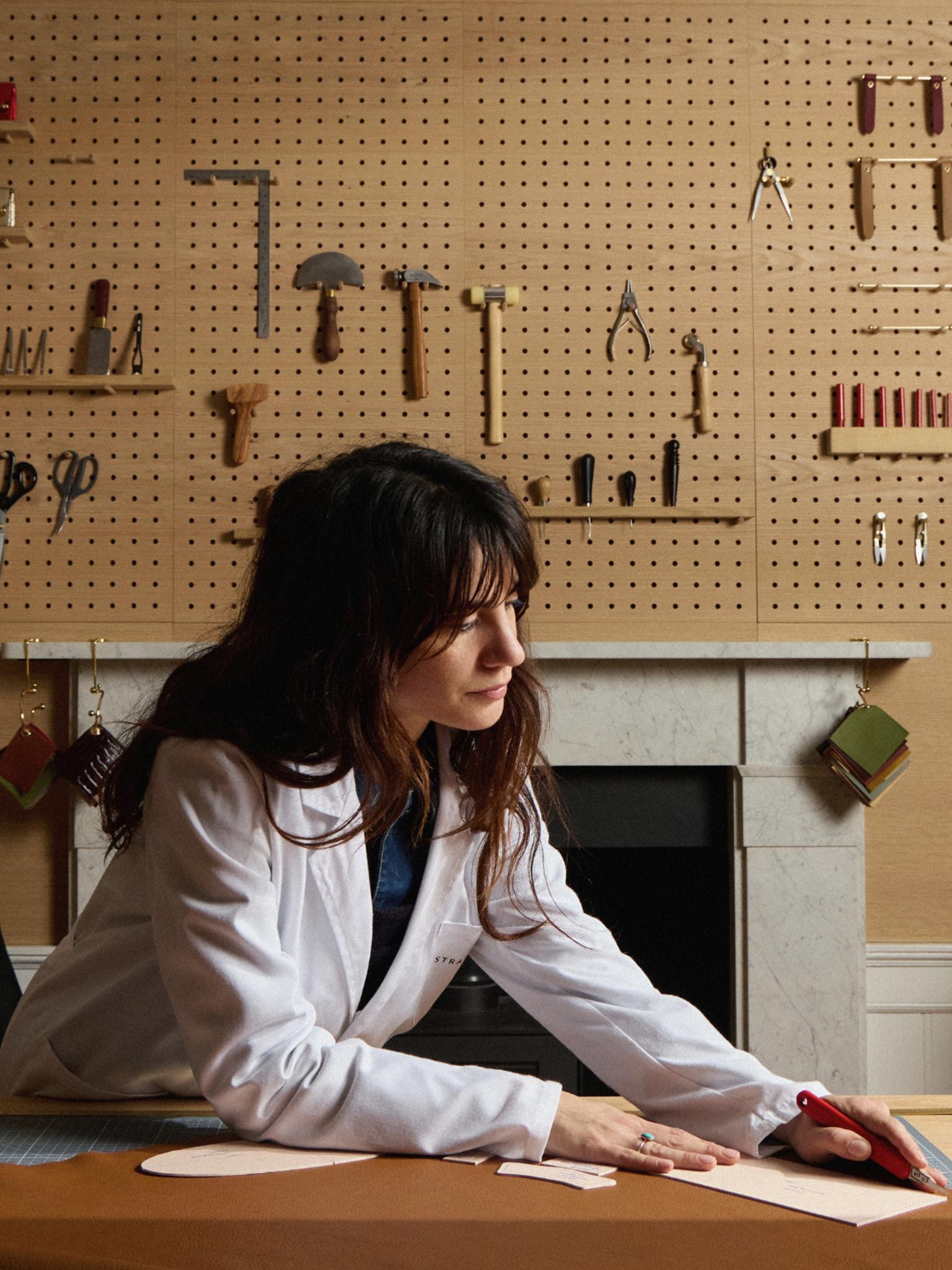
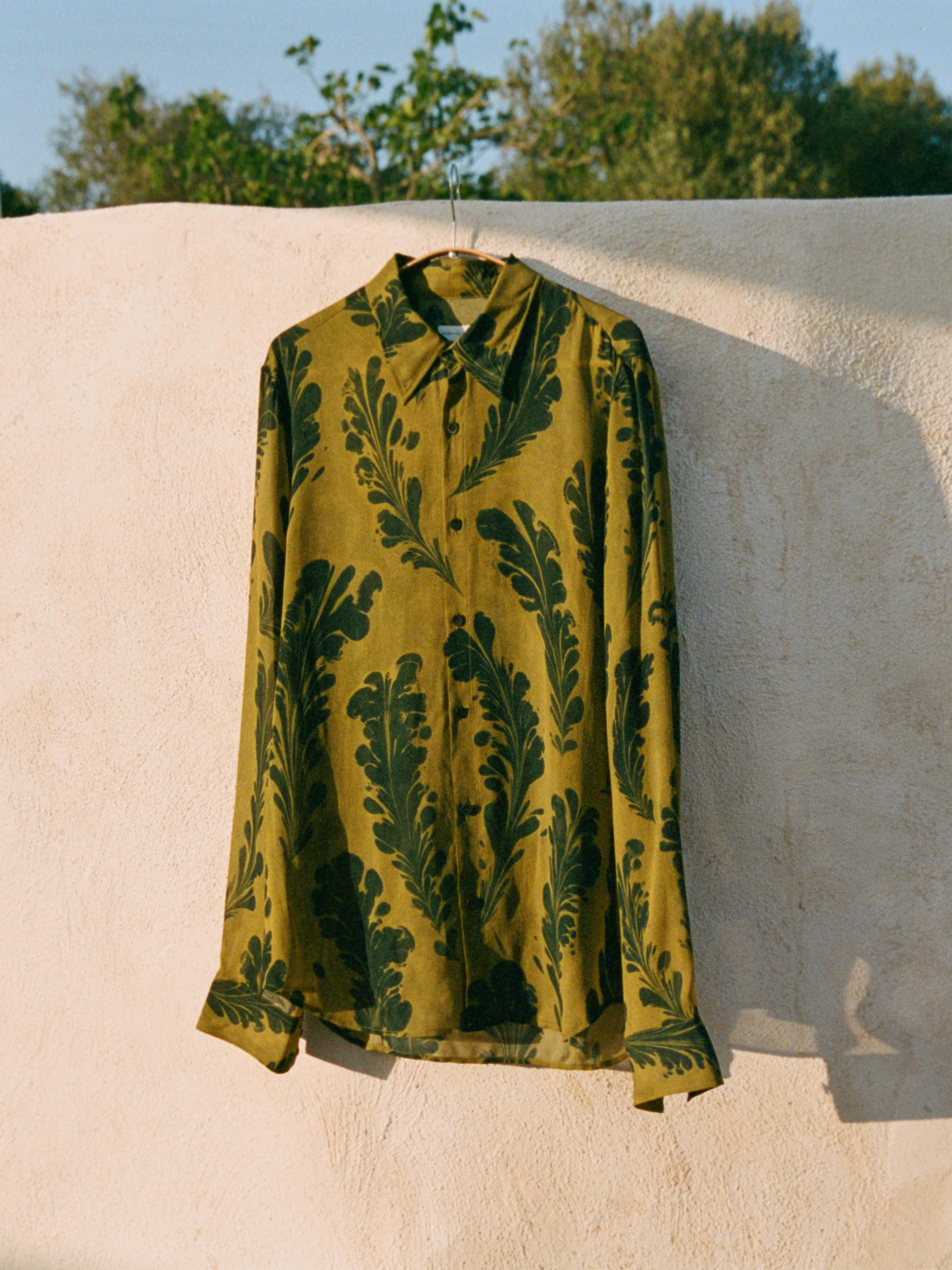
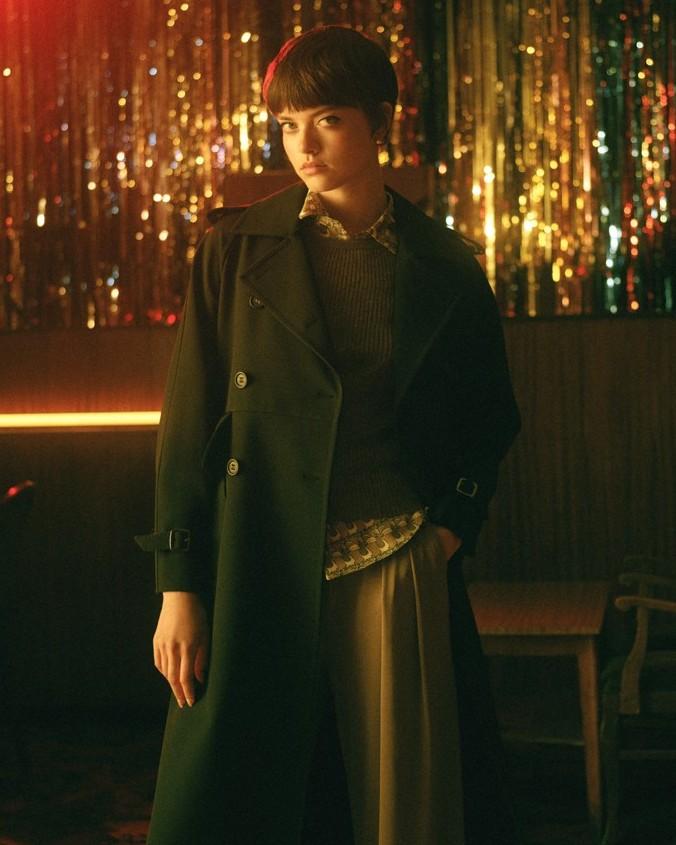

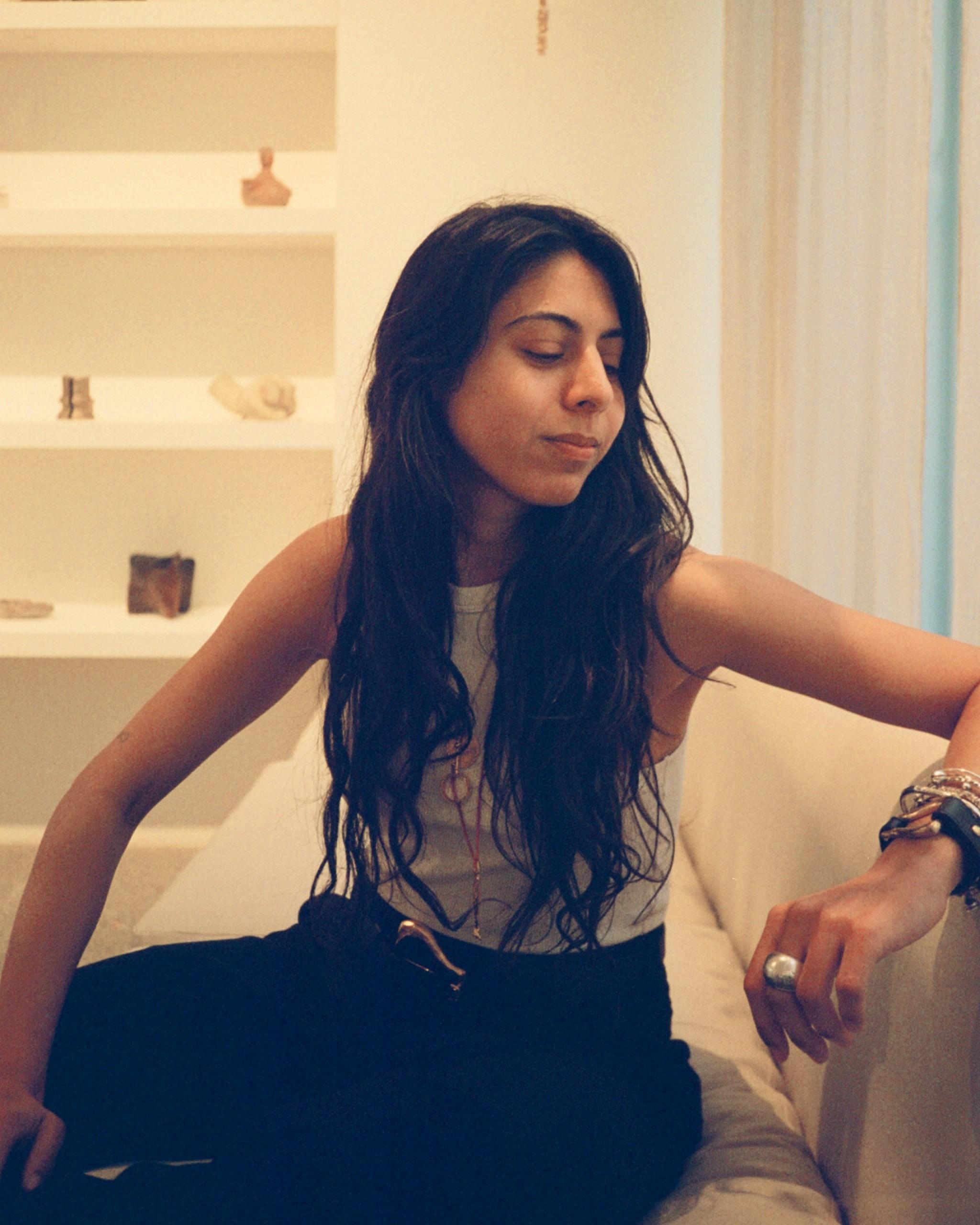
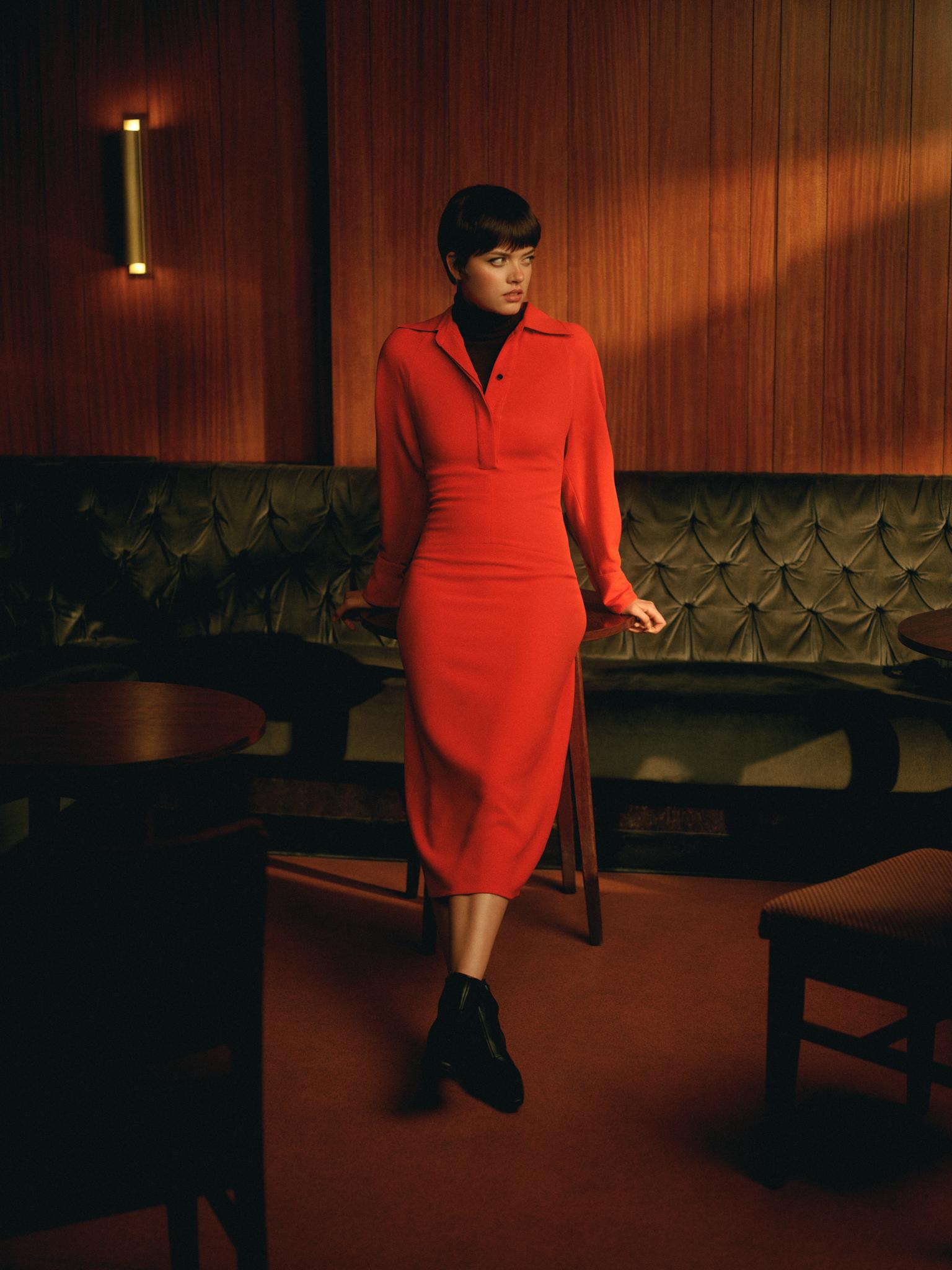

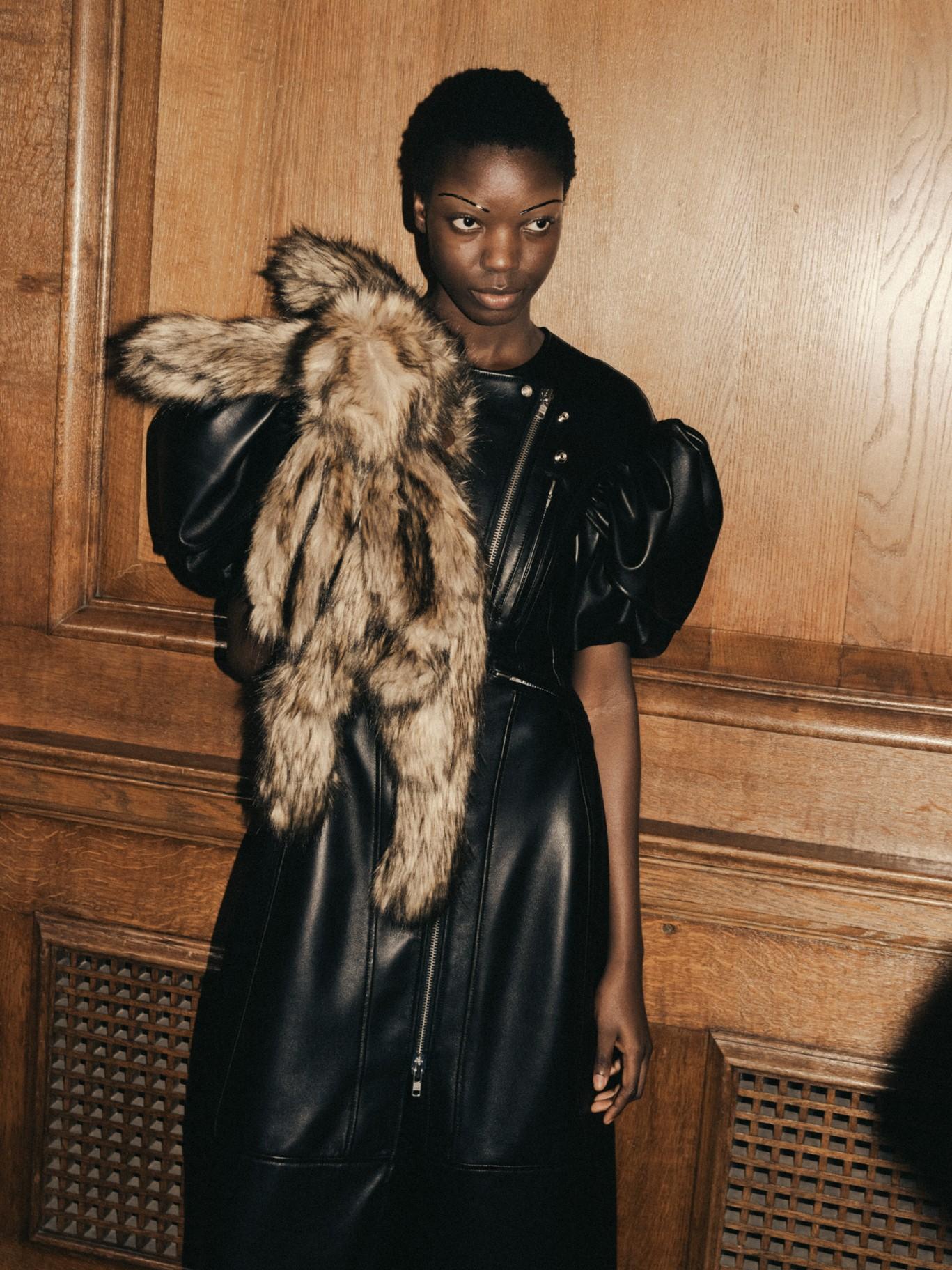
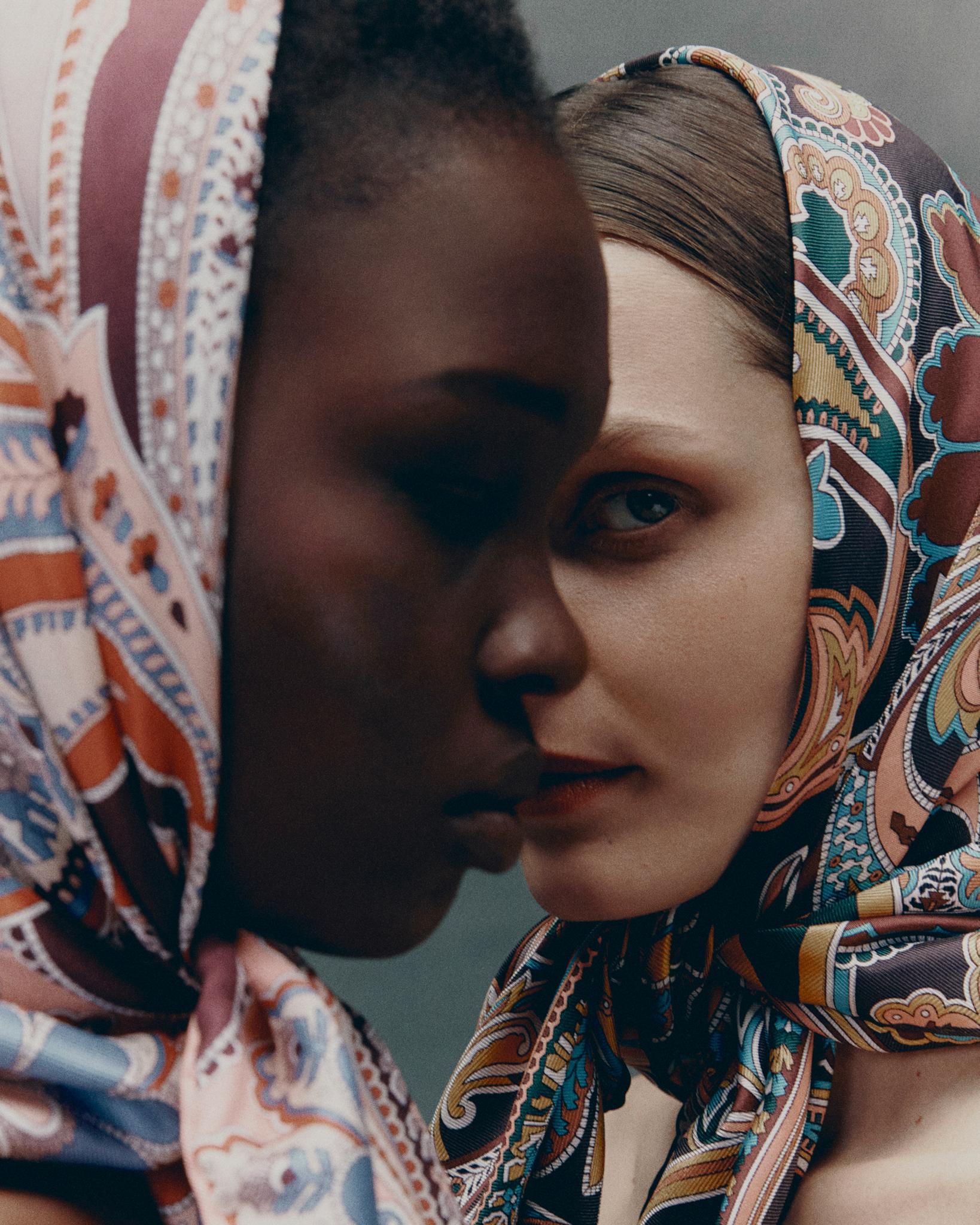
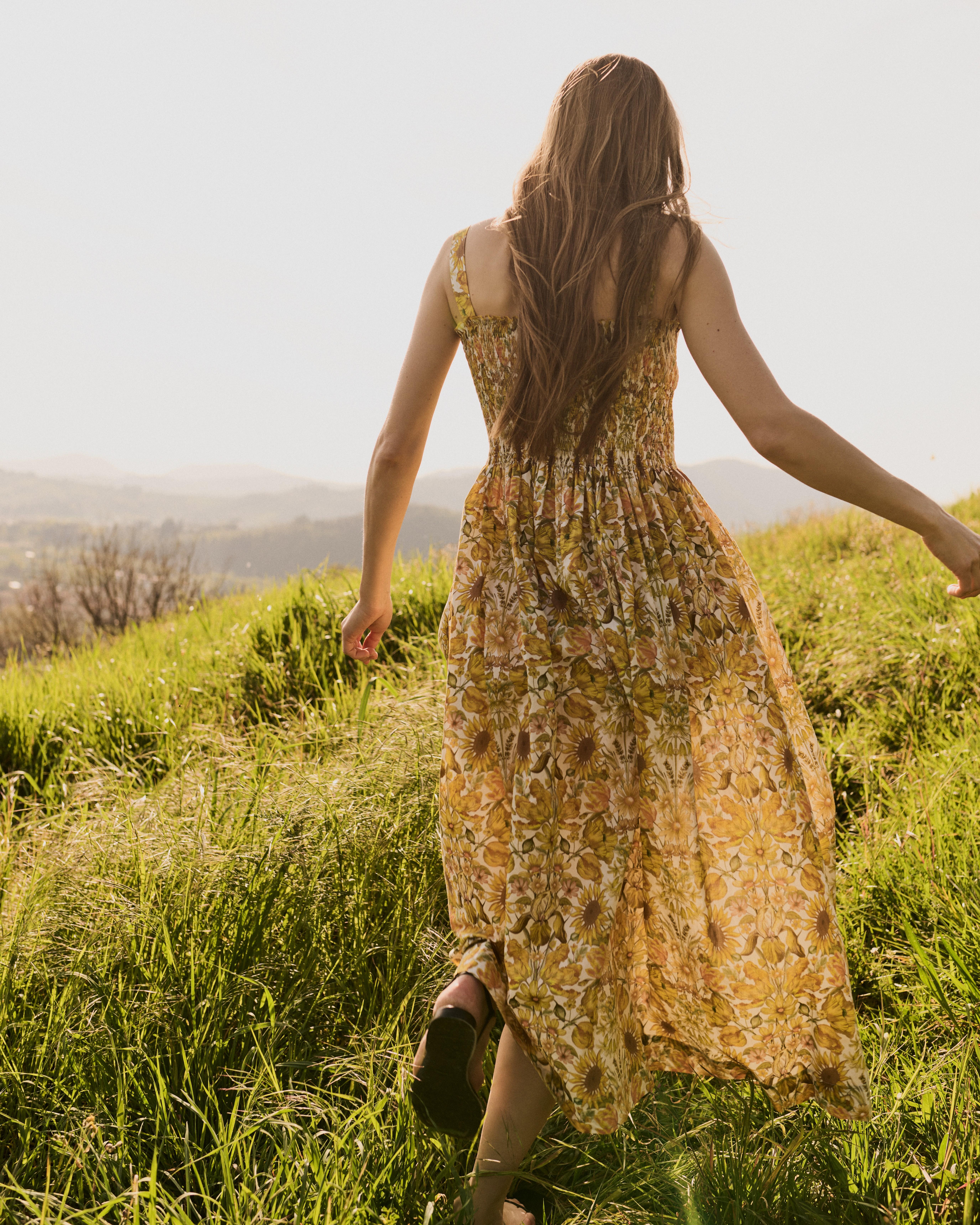
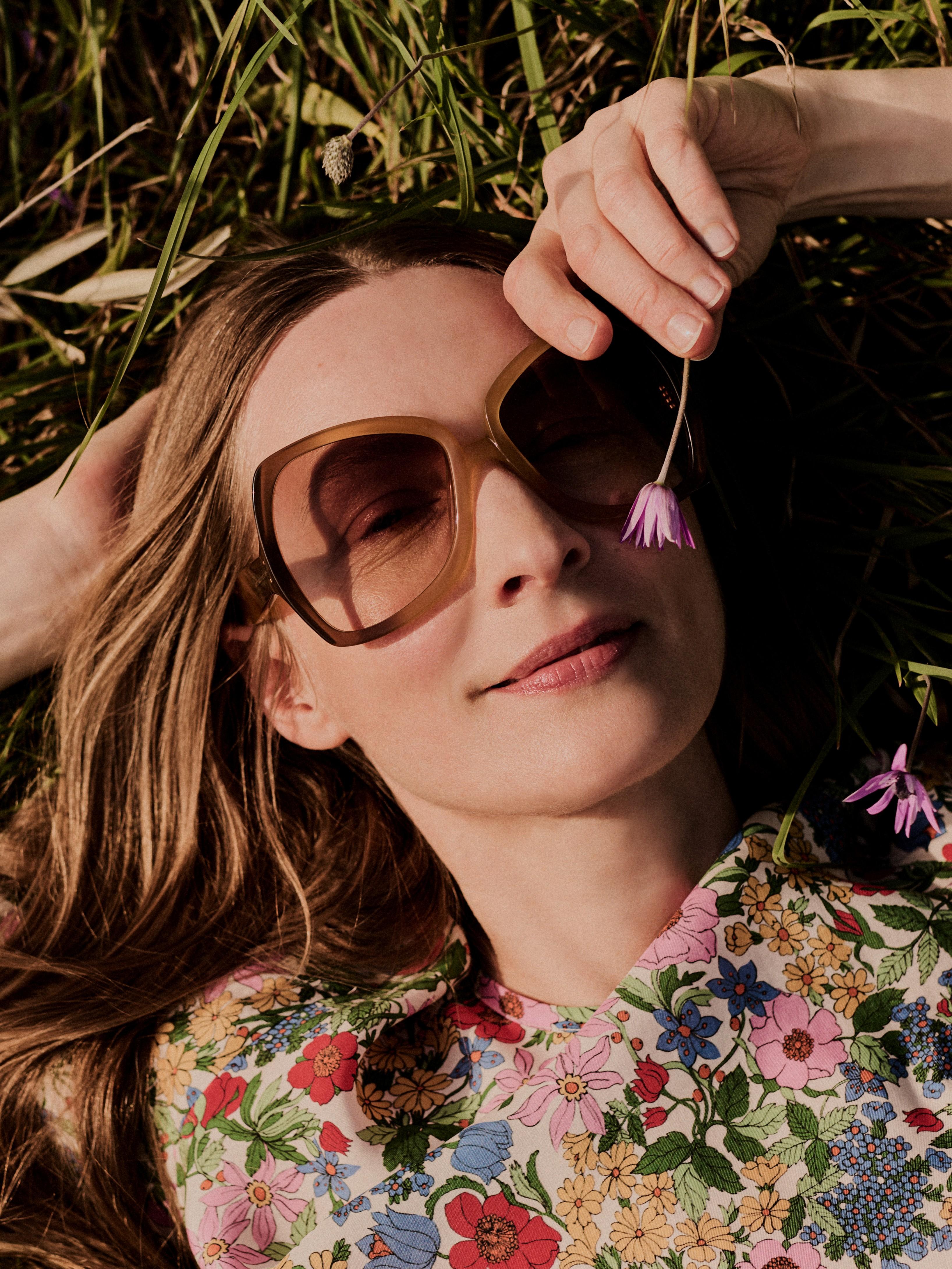
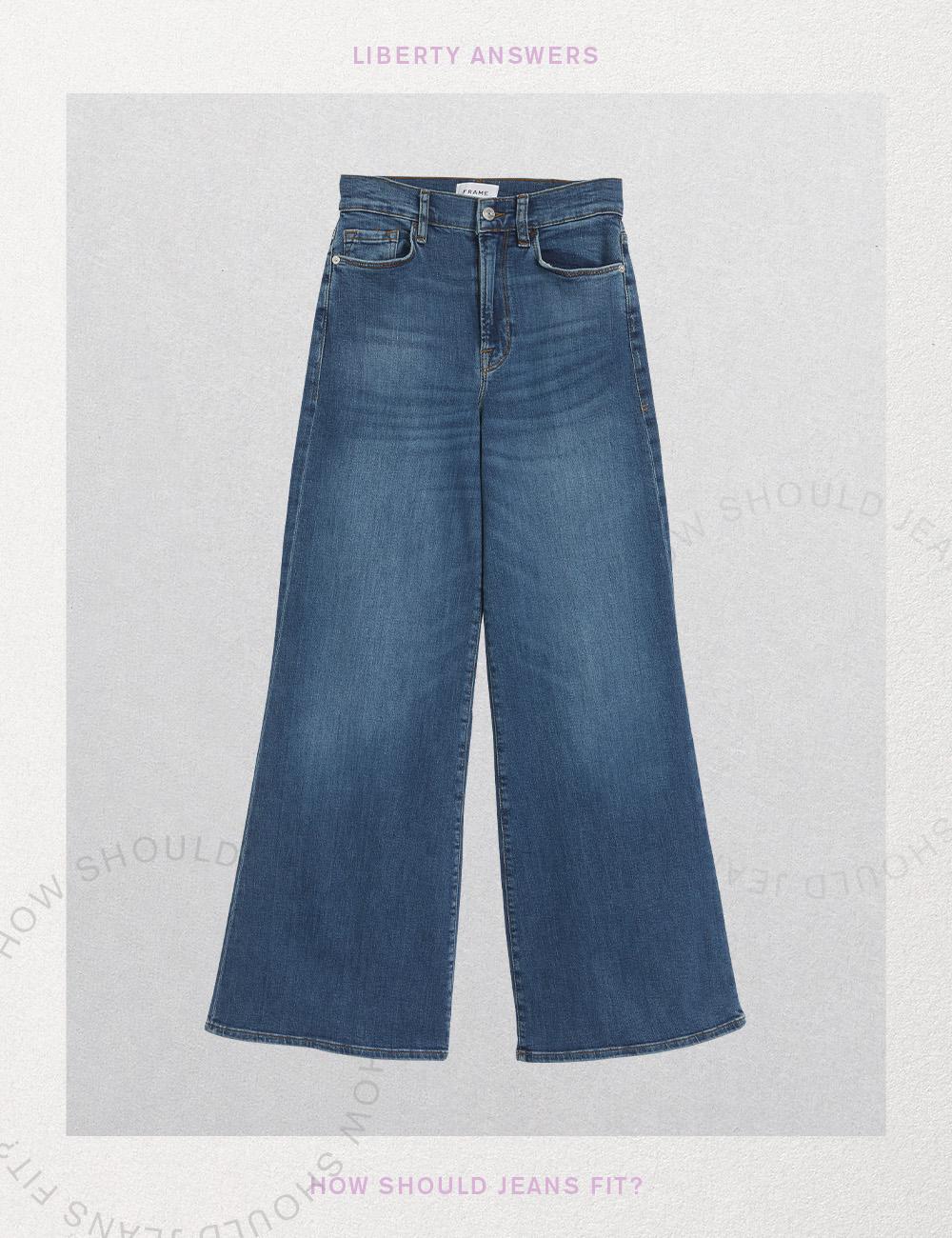
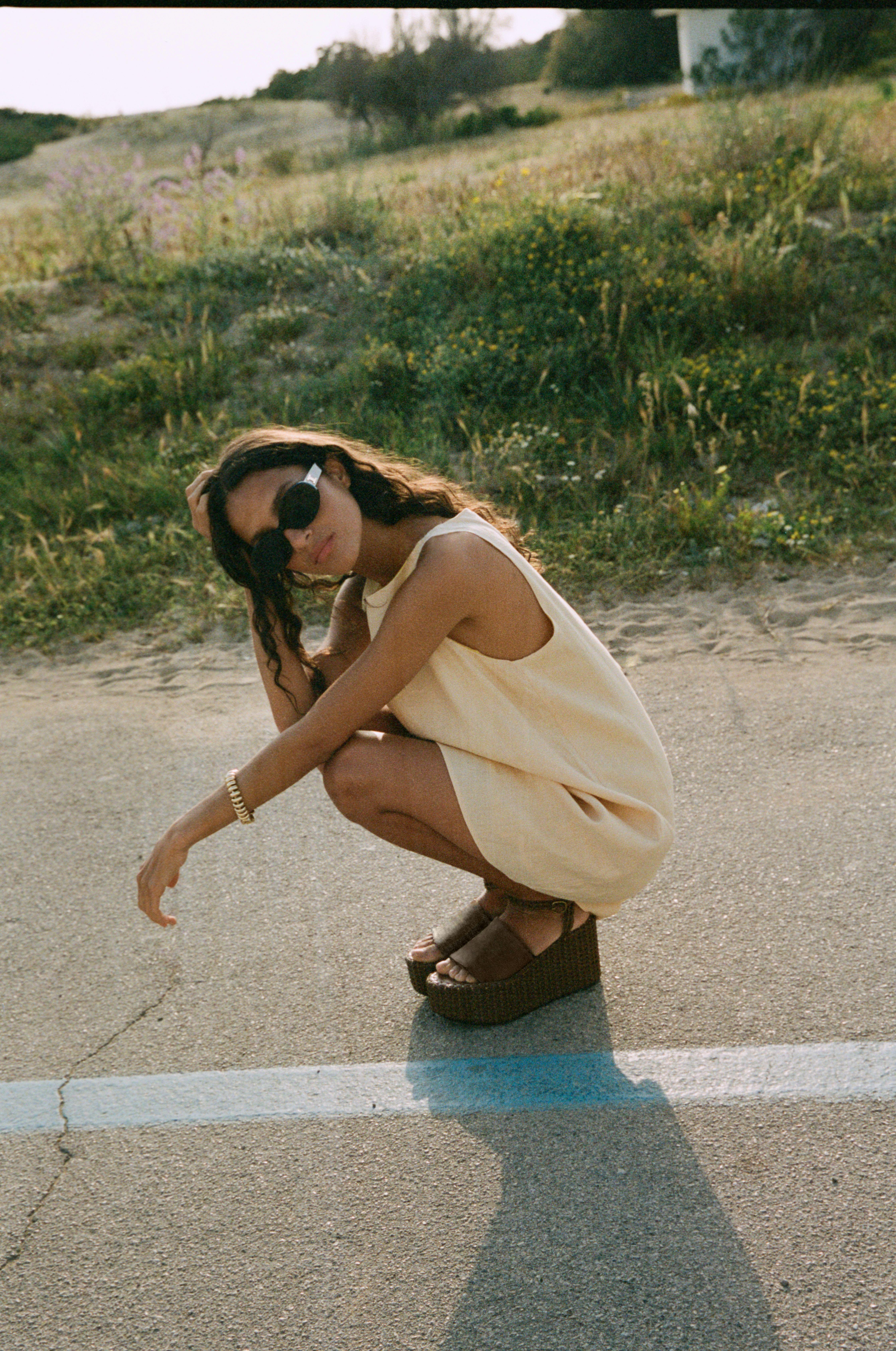
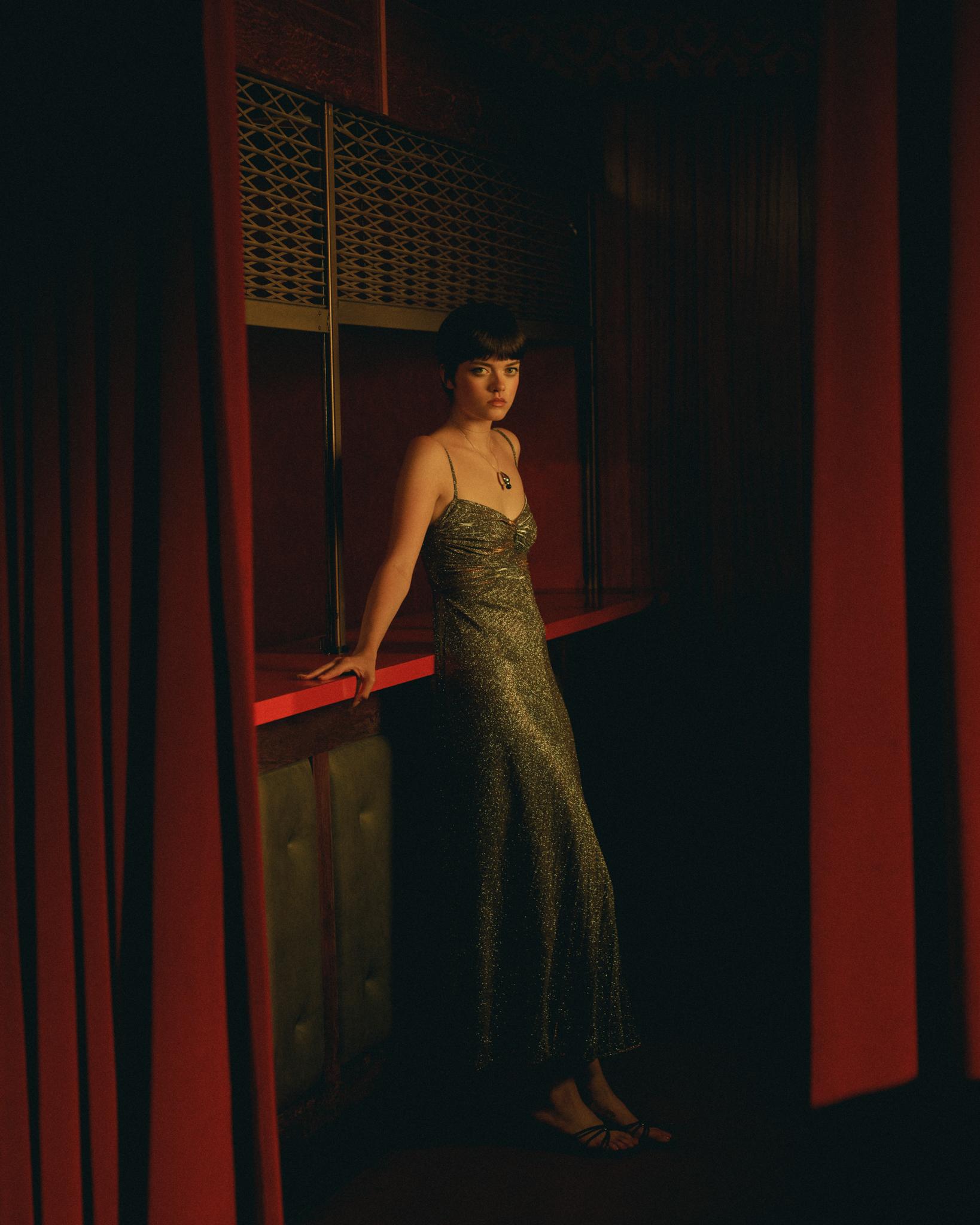
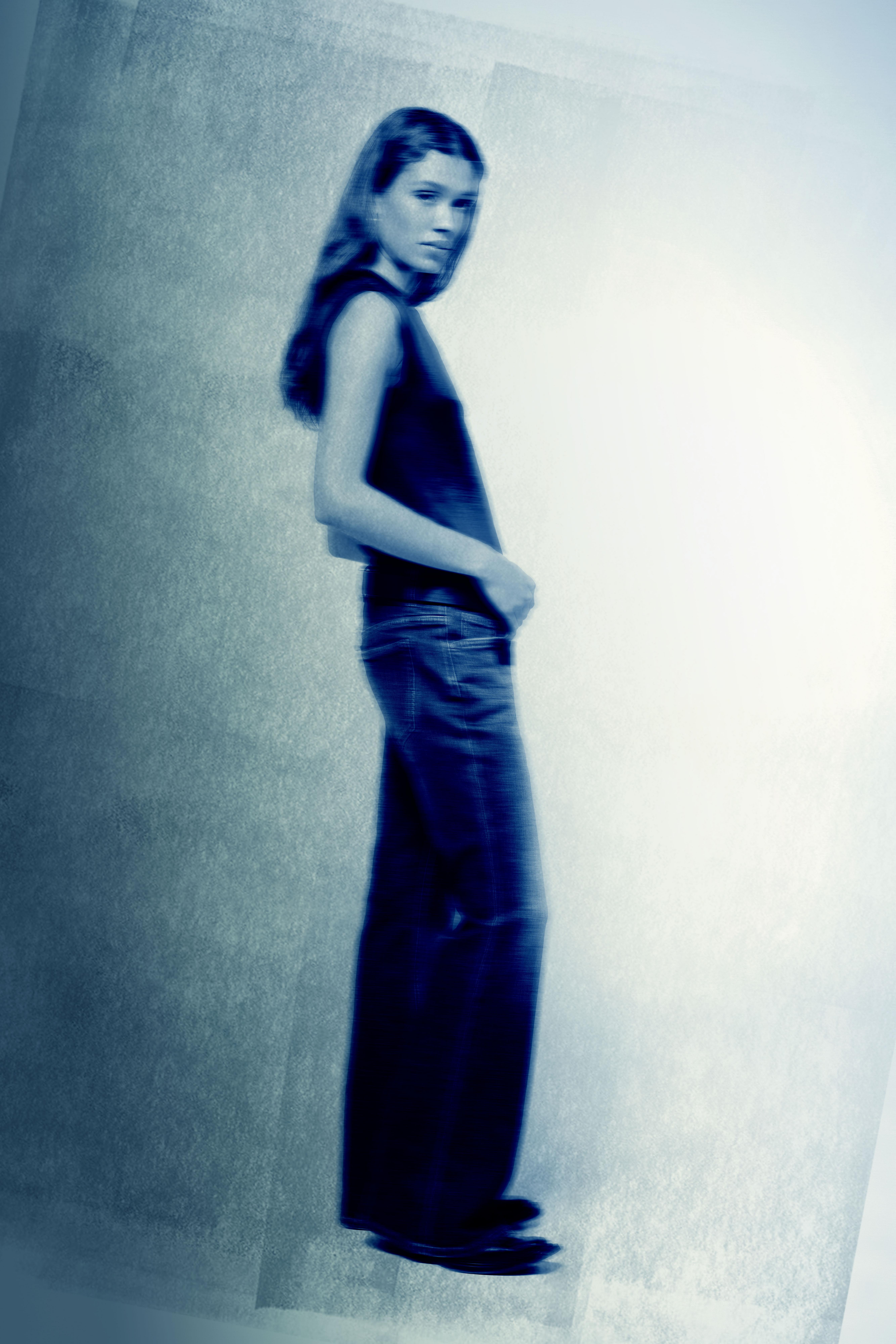
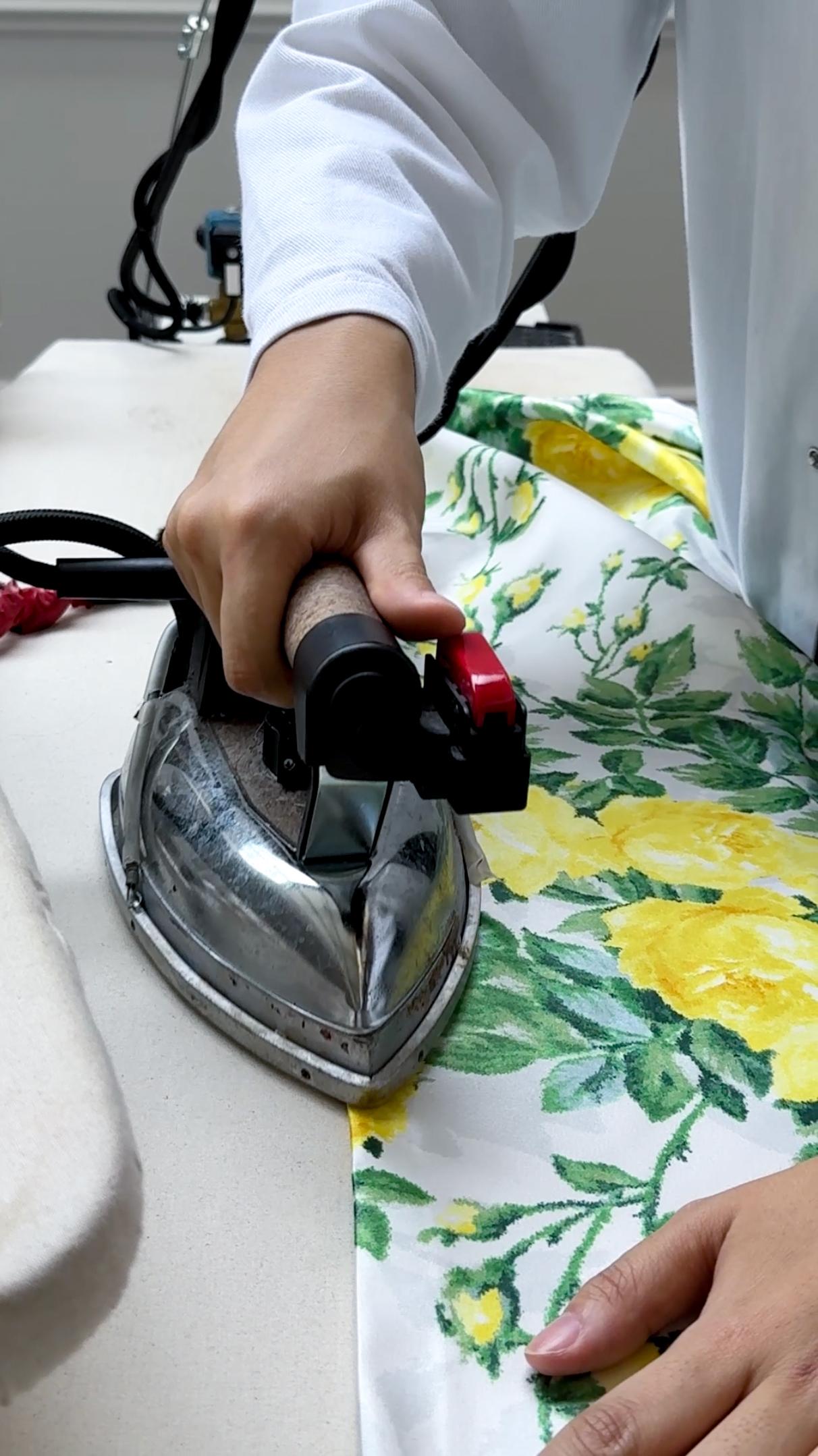
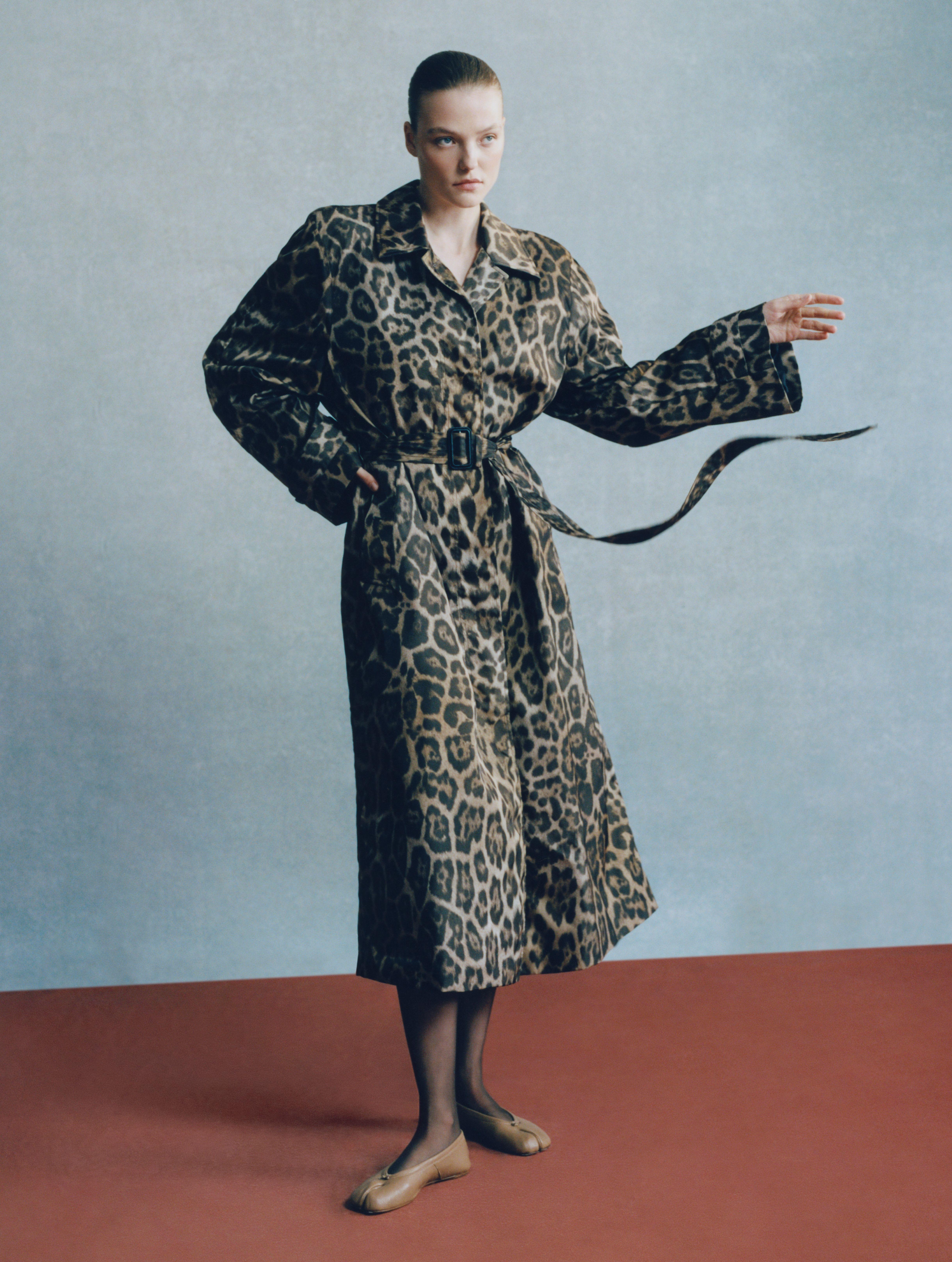
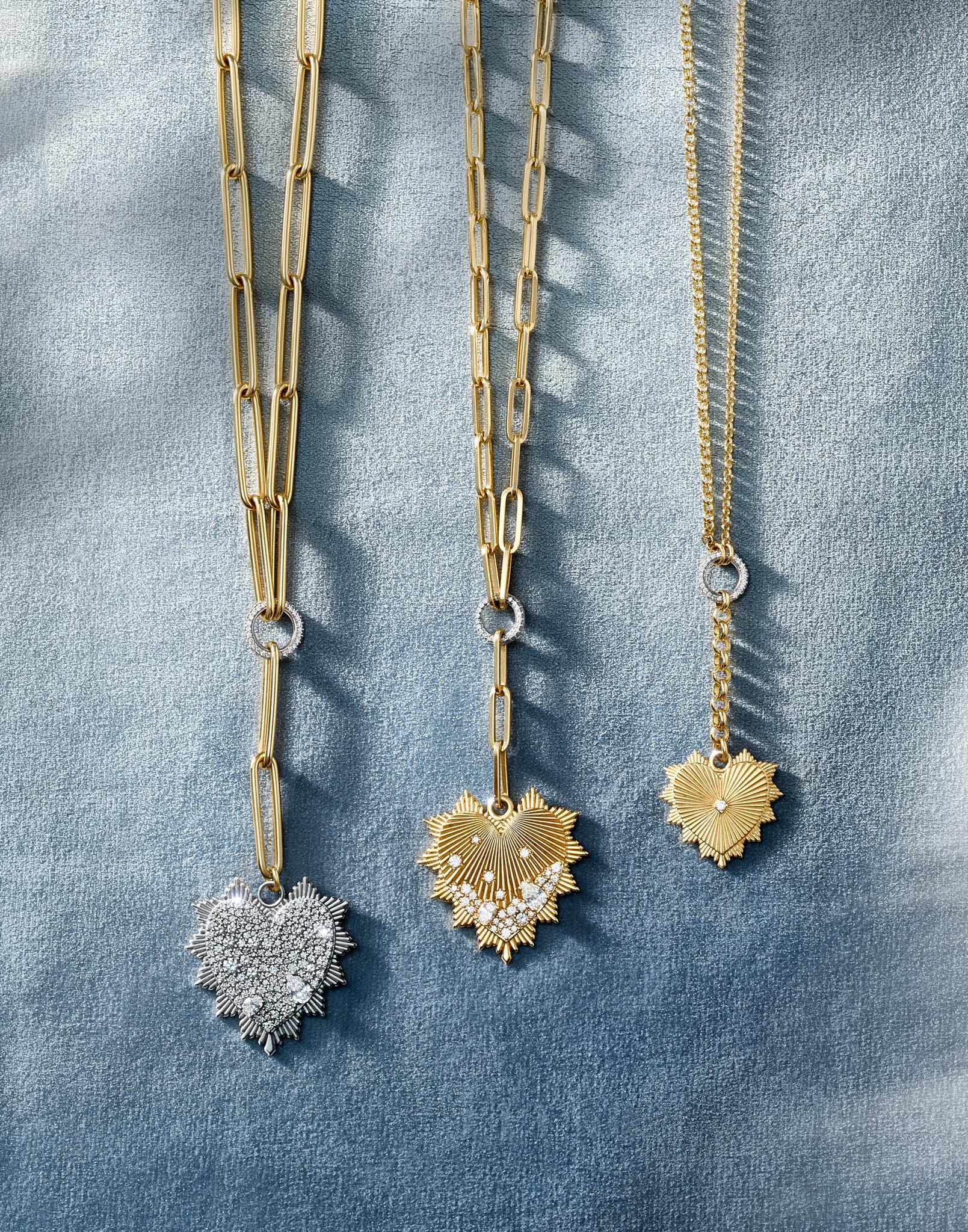

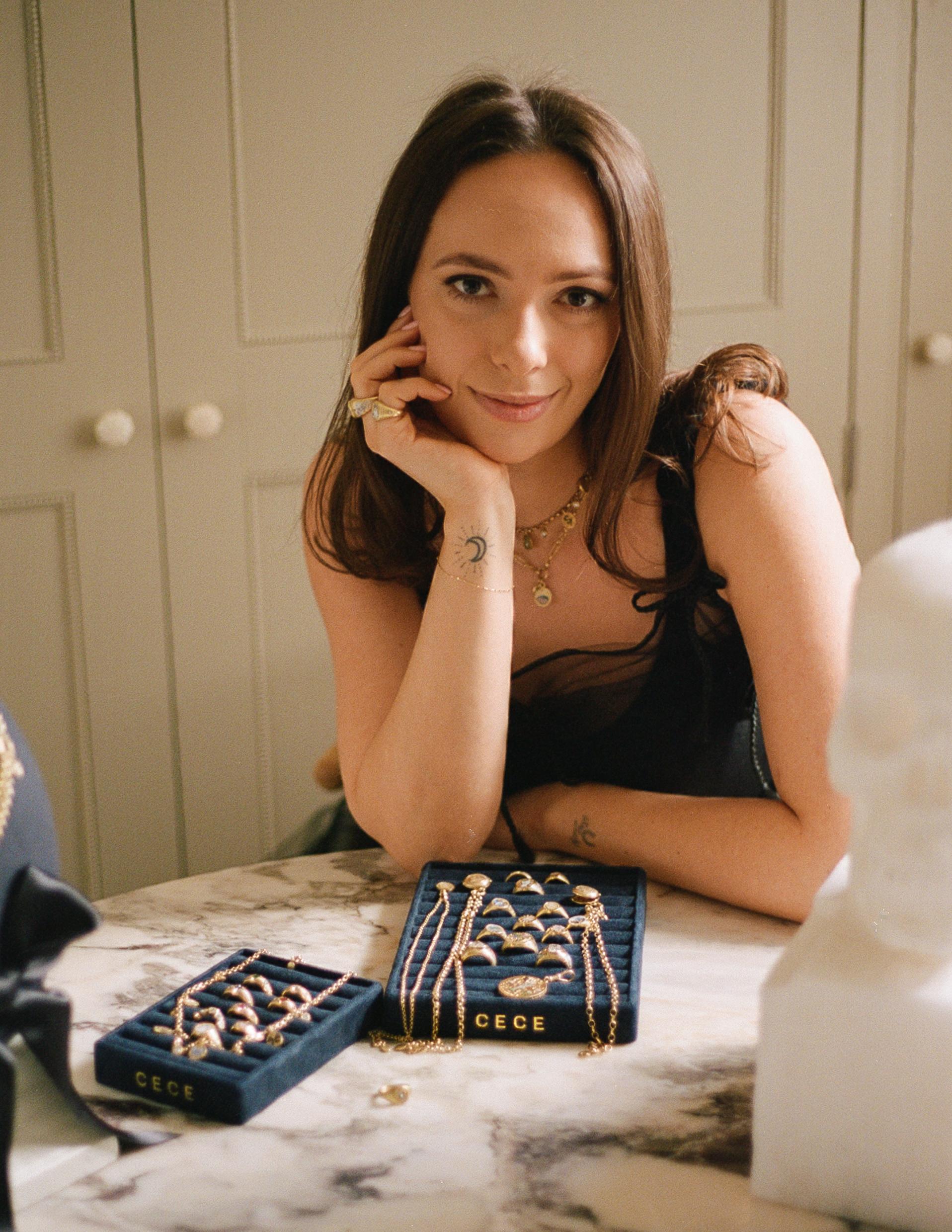

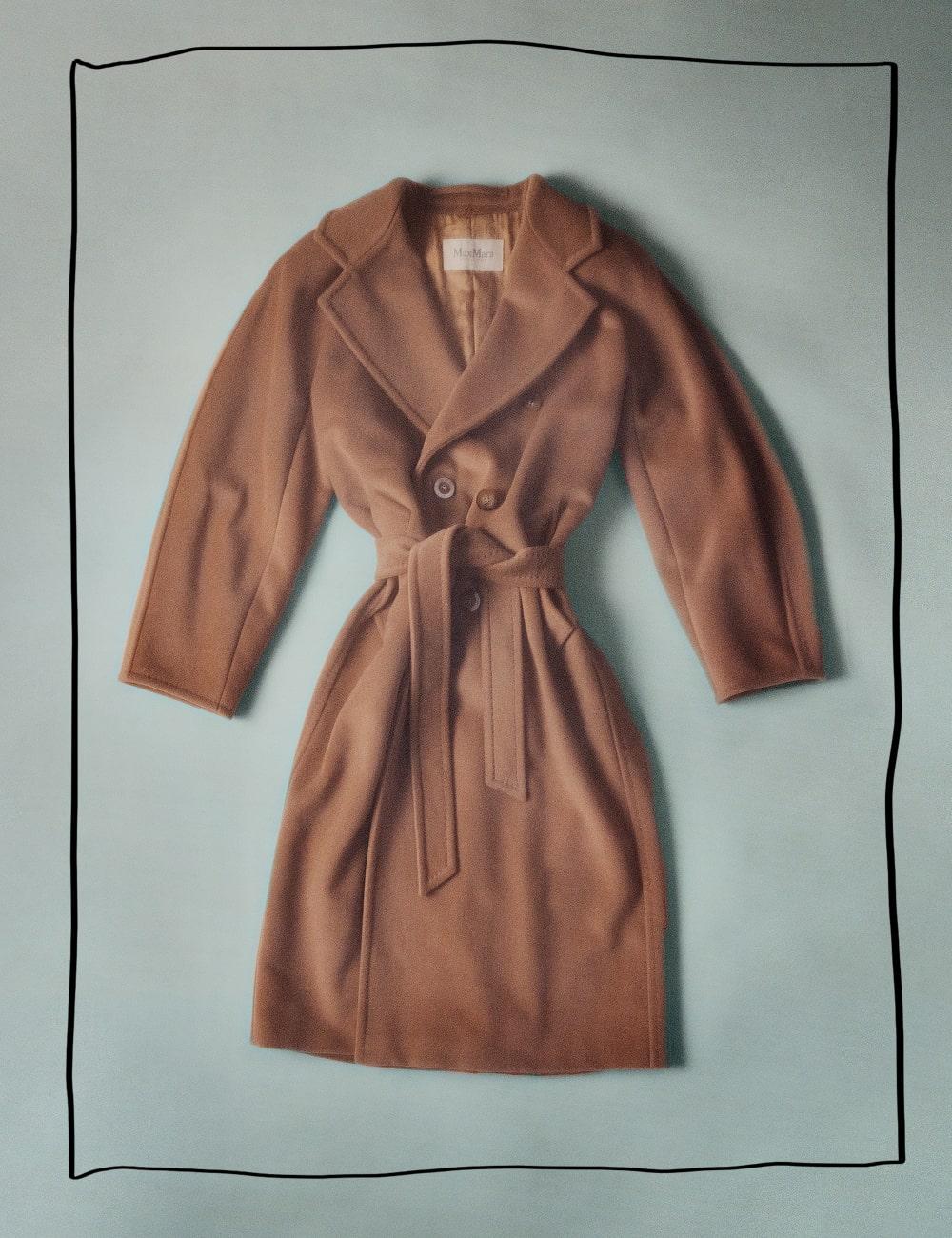
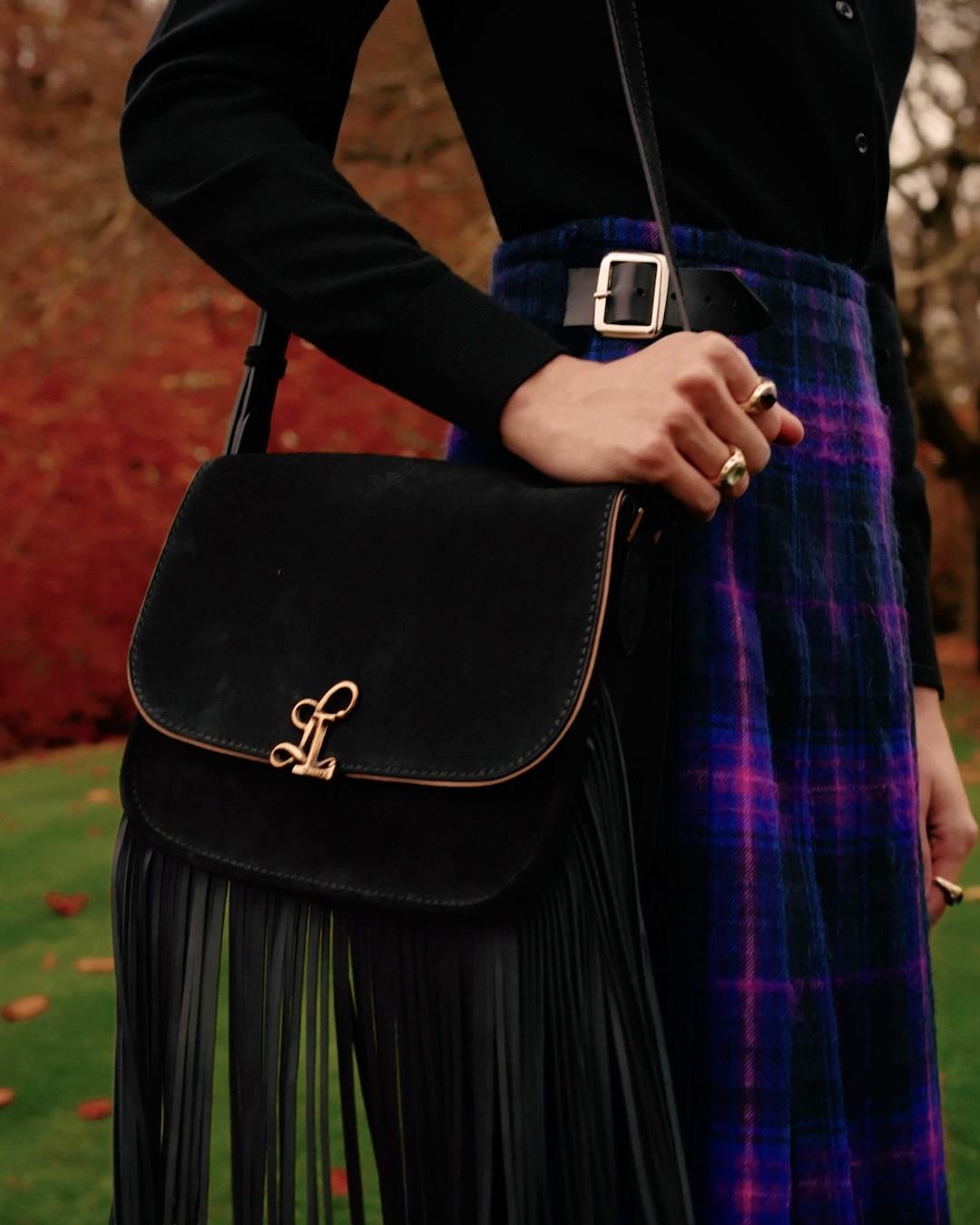
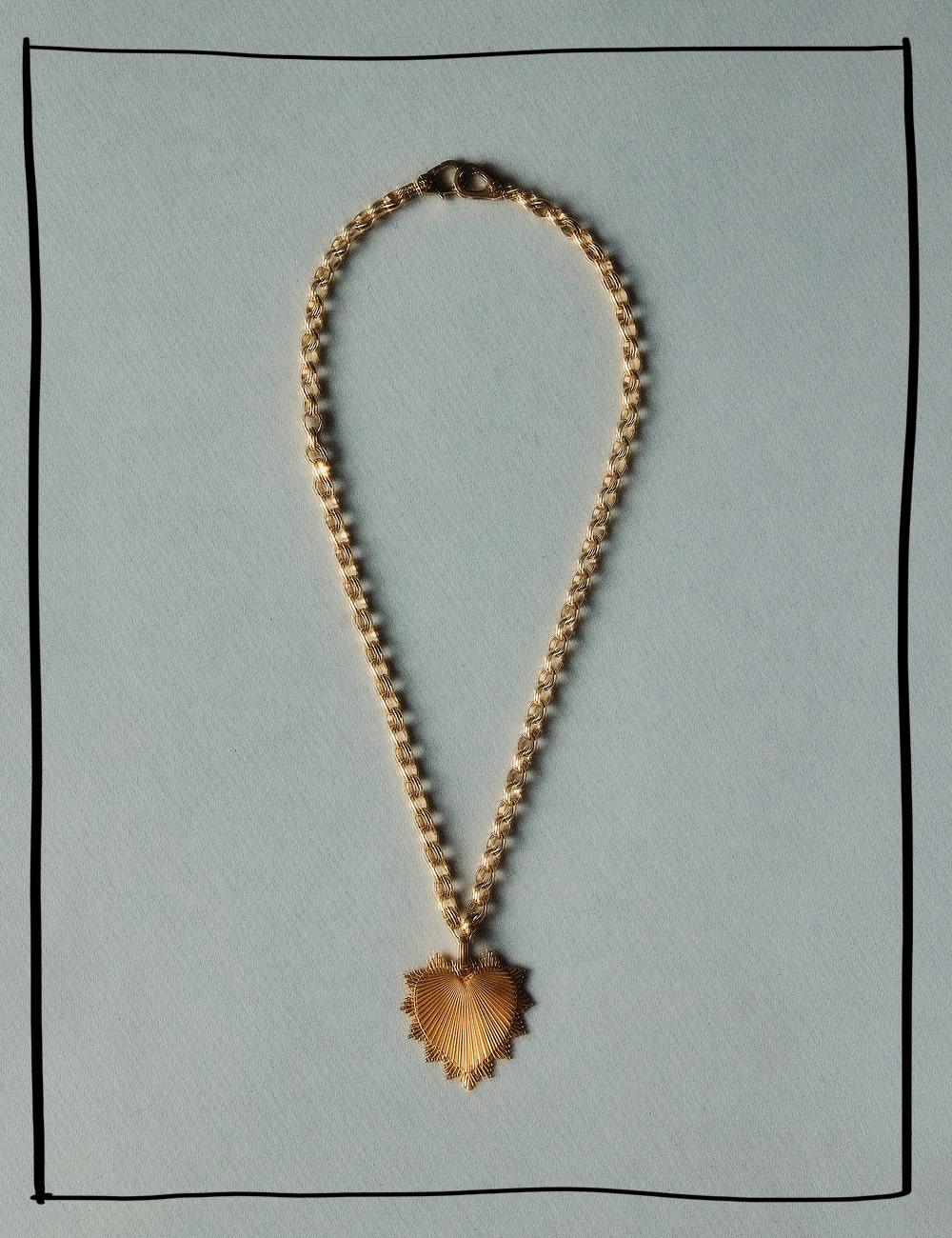
?fmt=auto&qlt=default)
